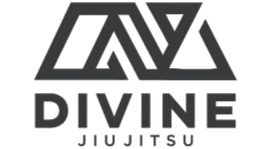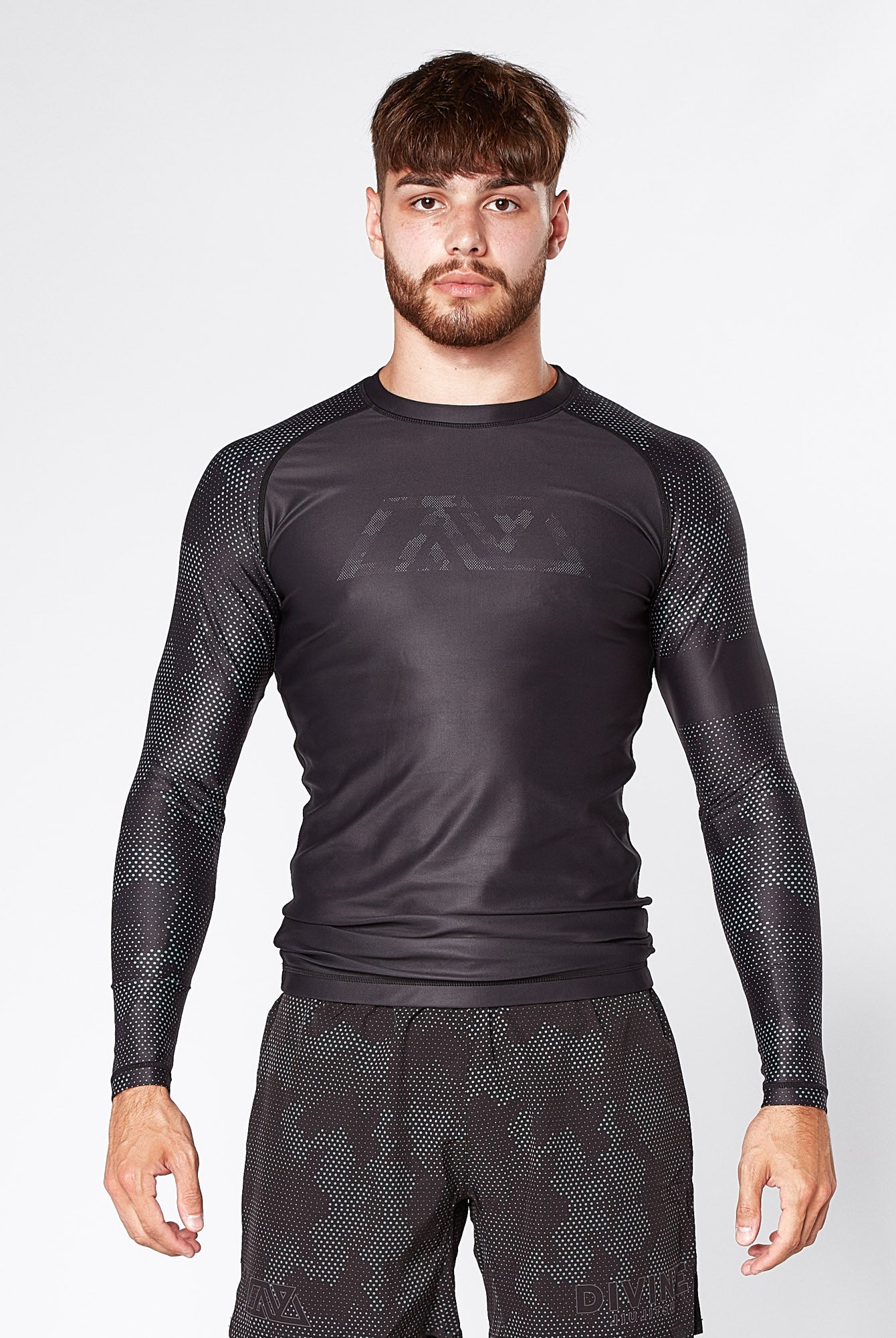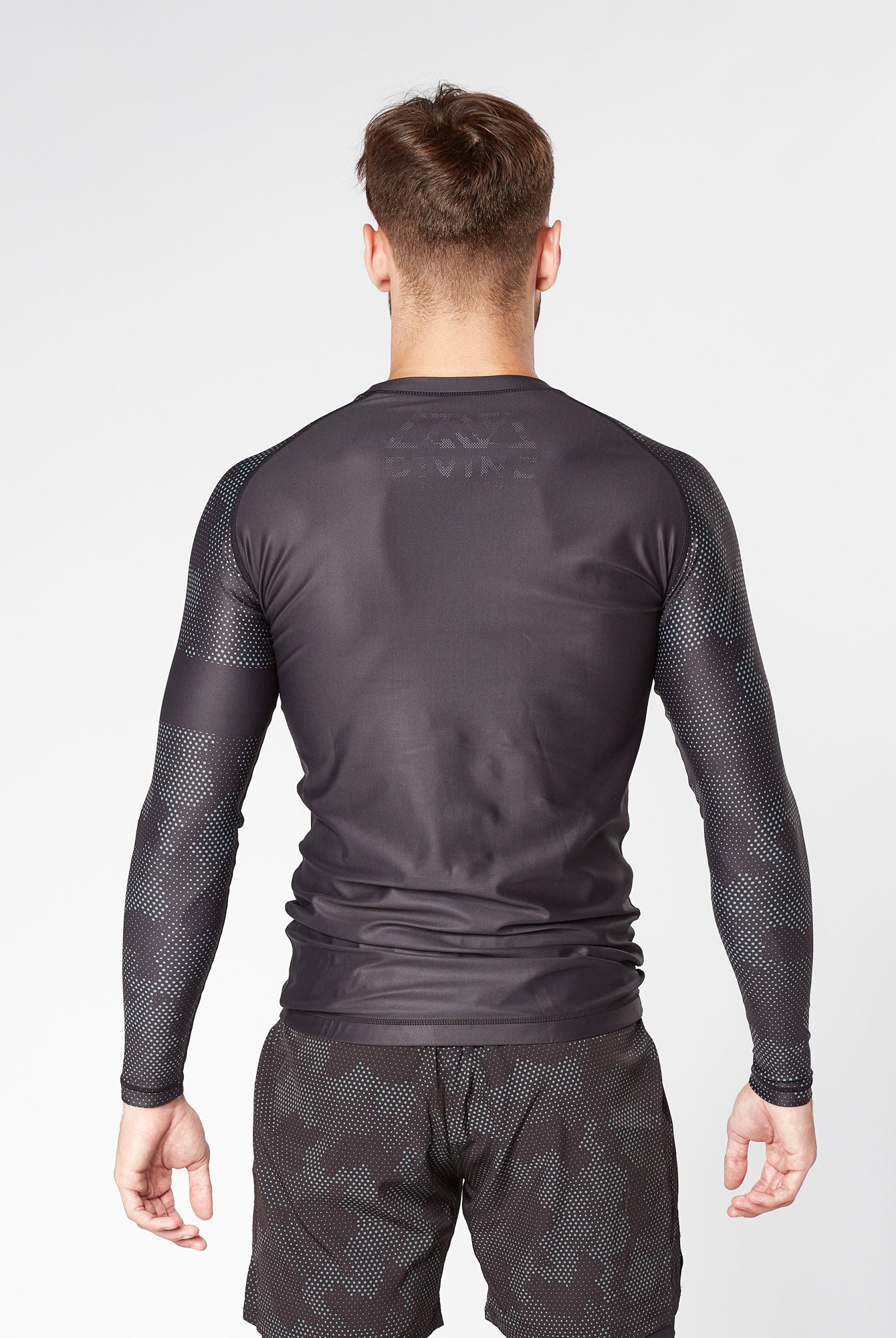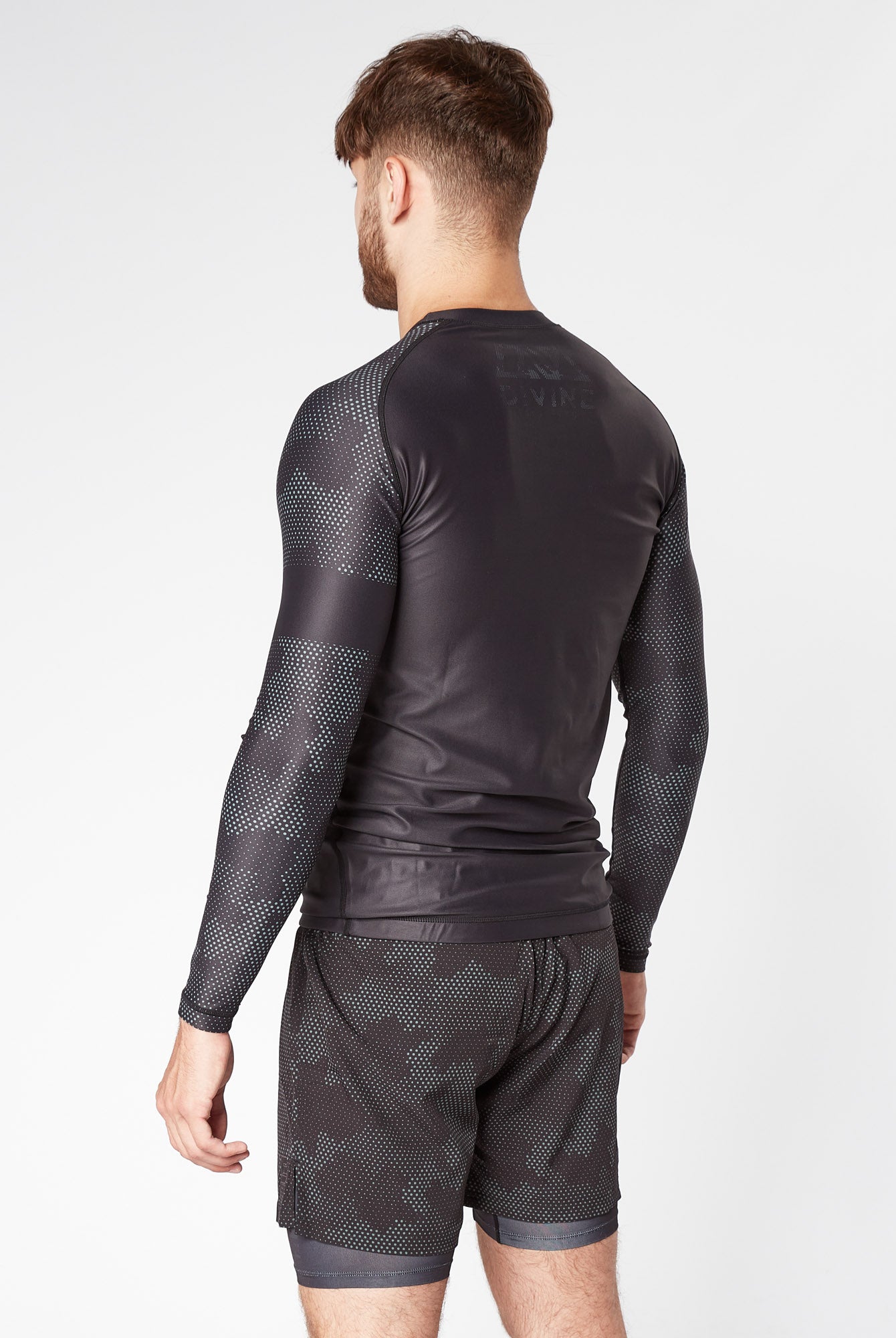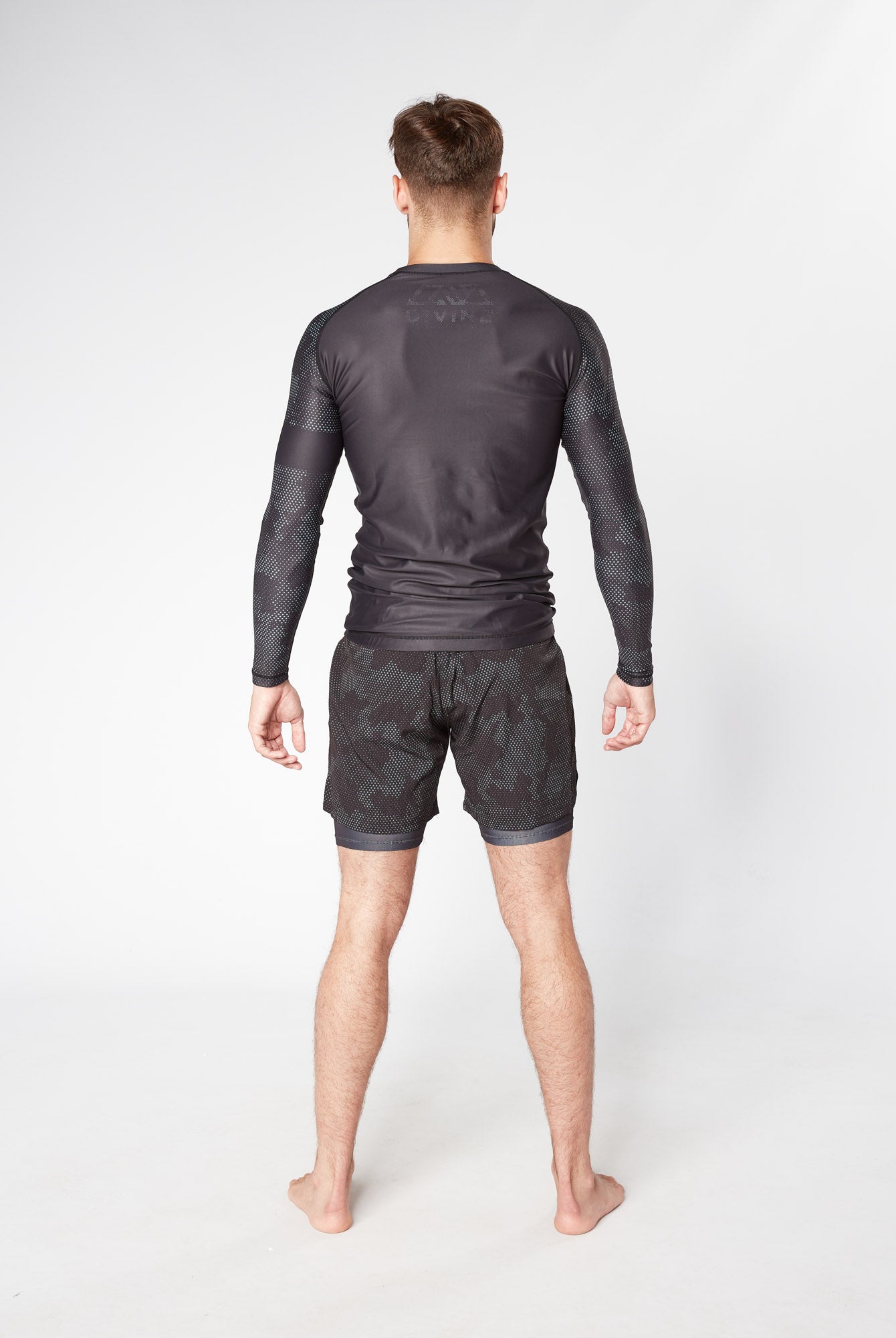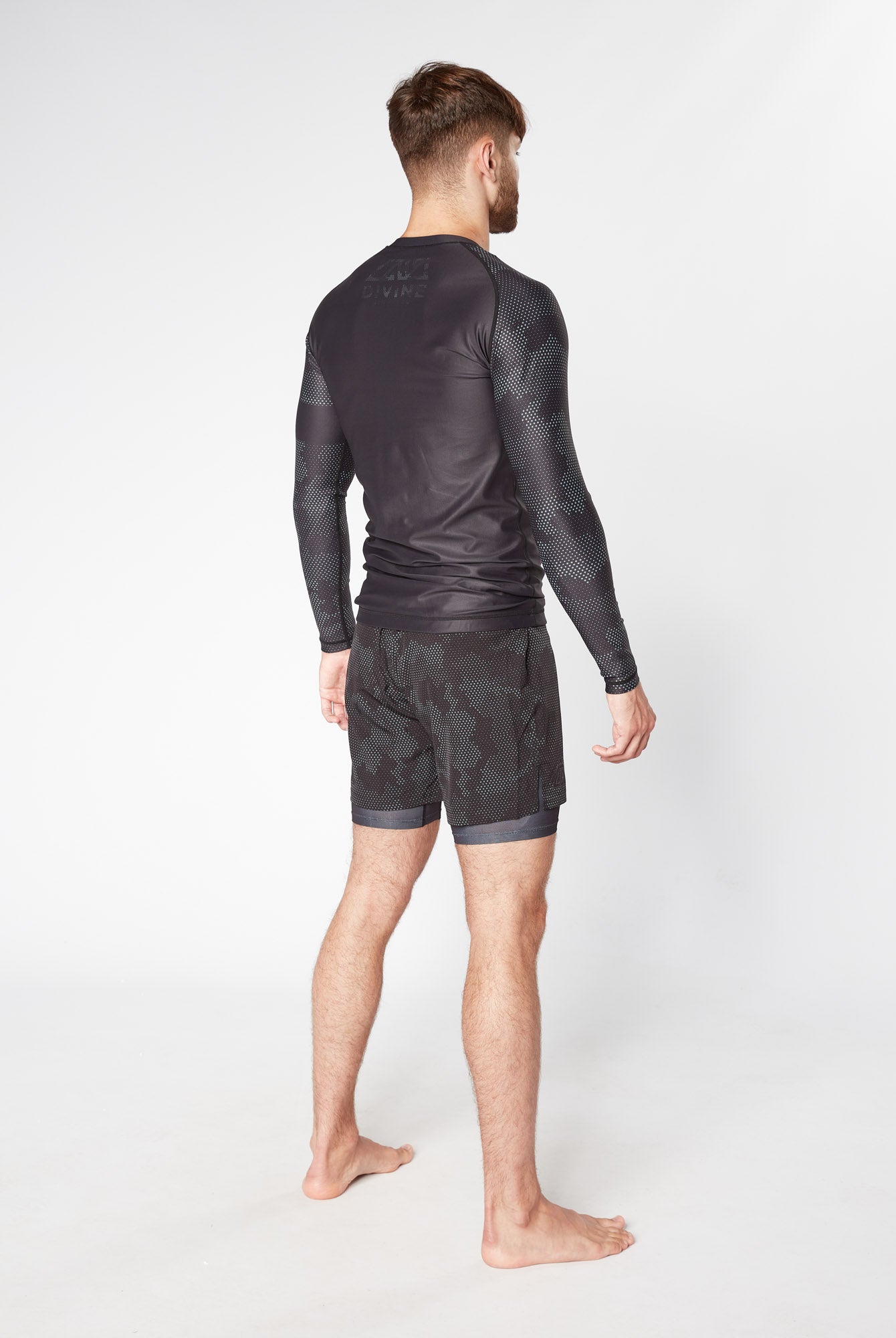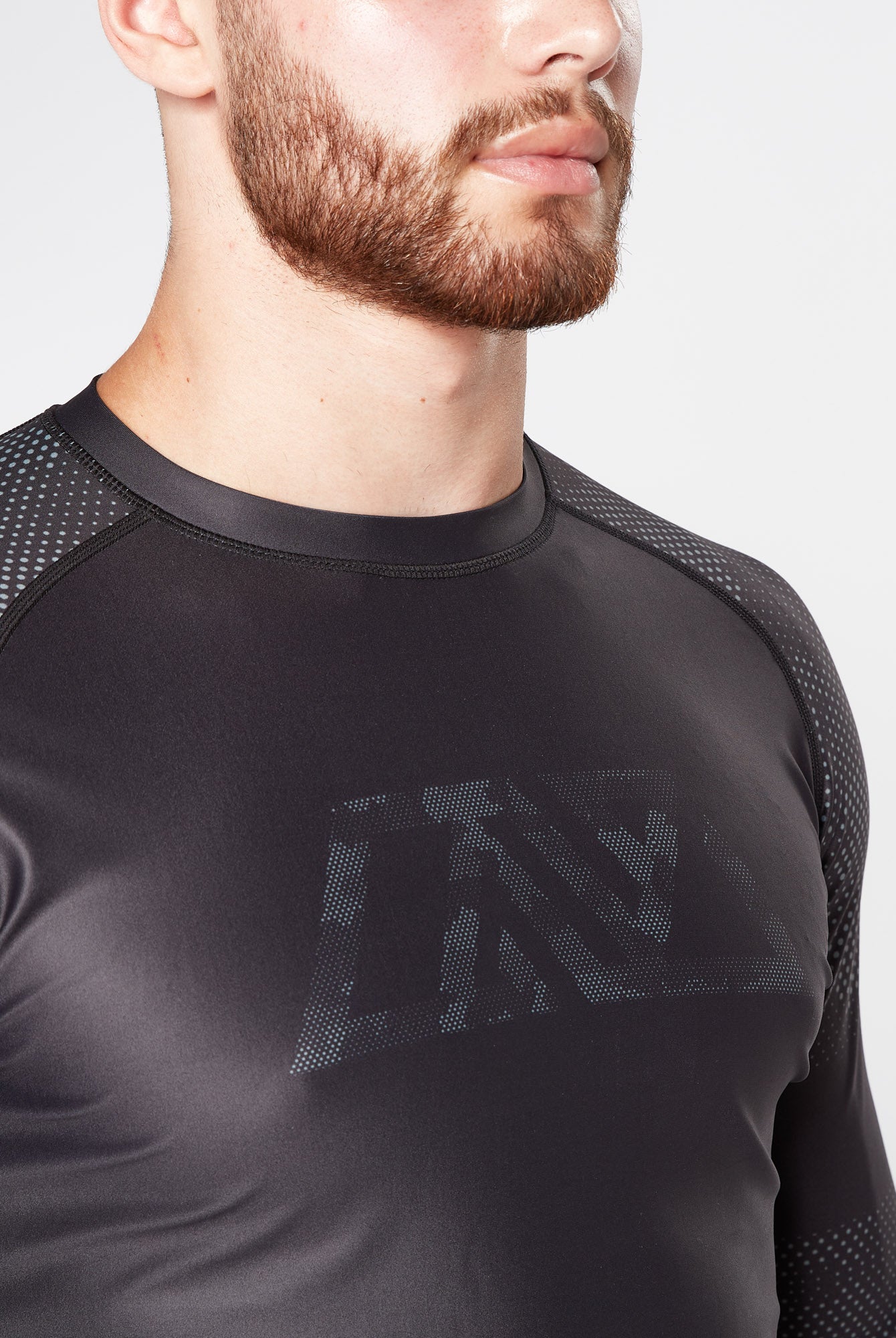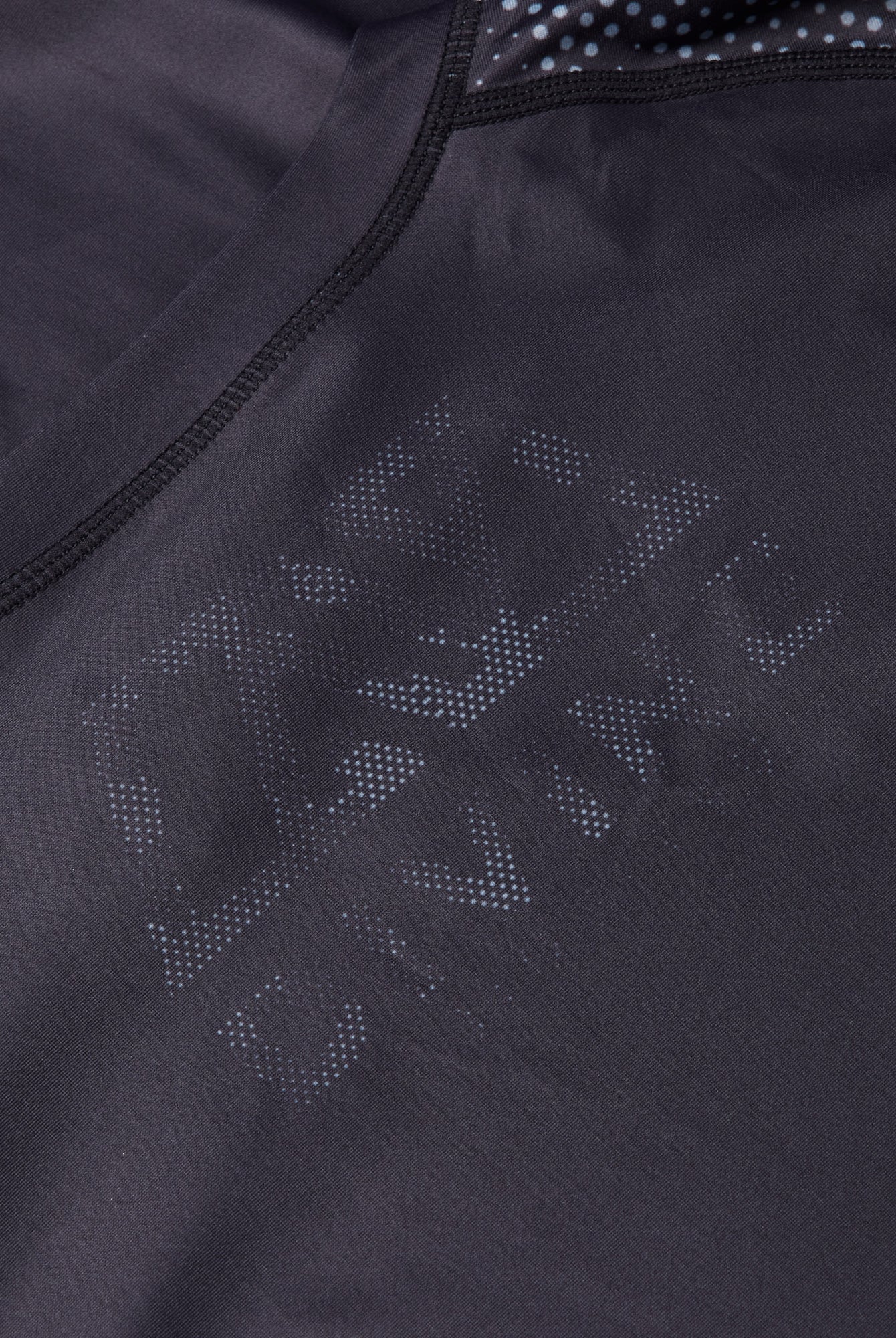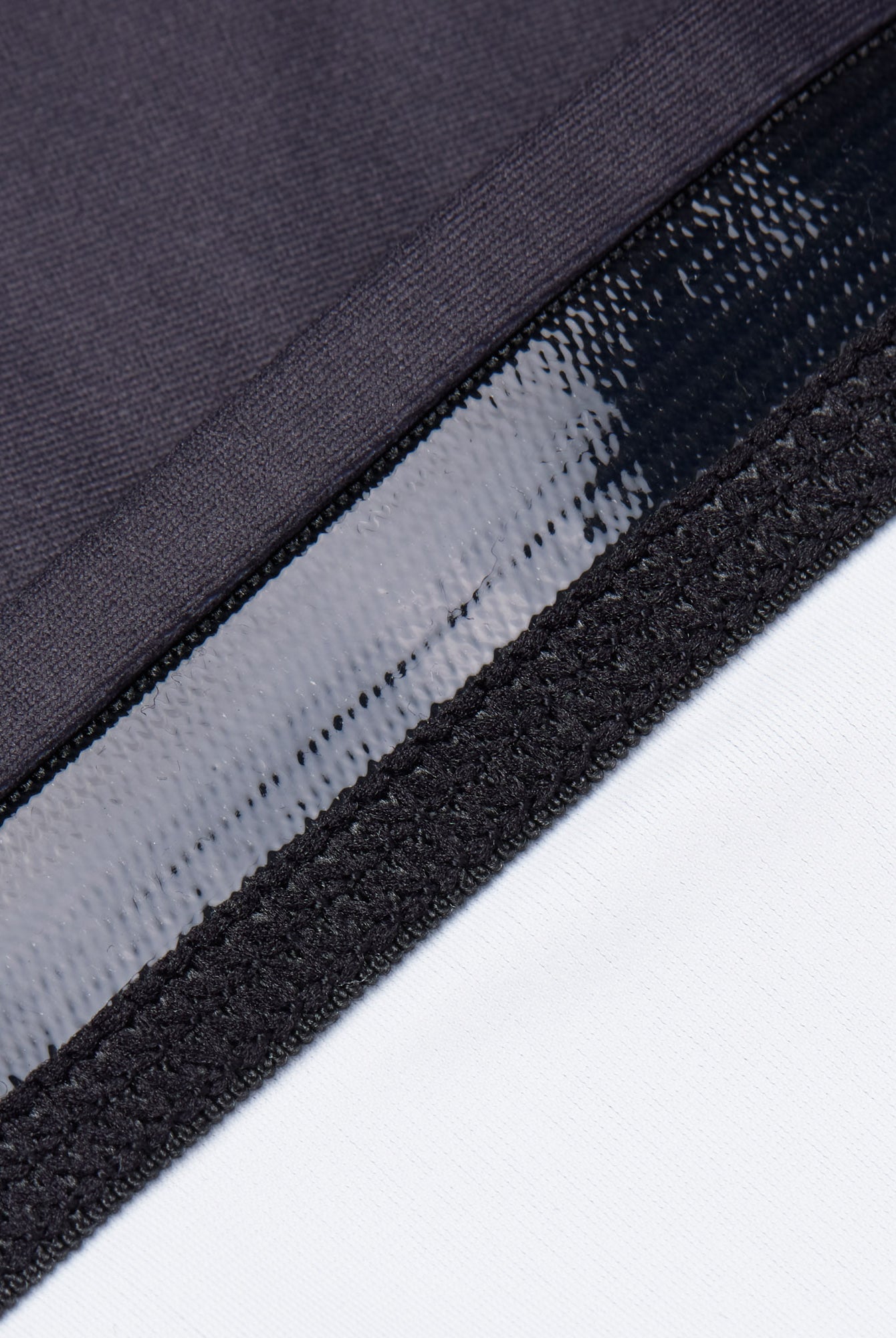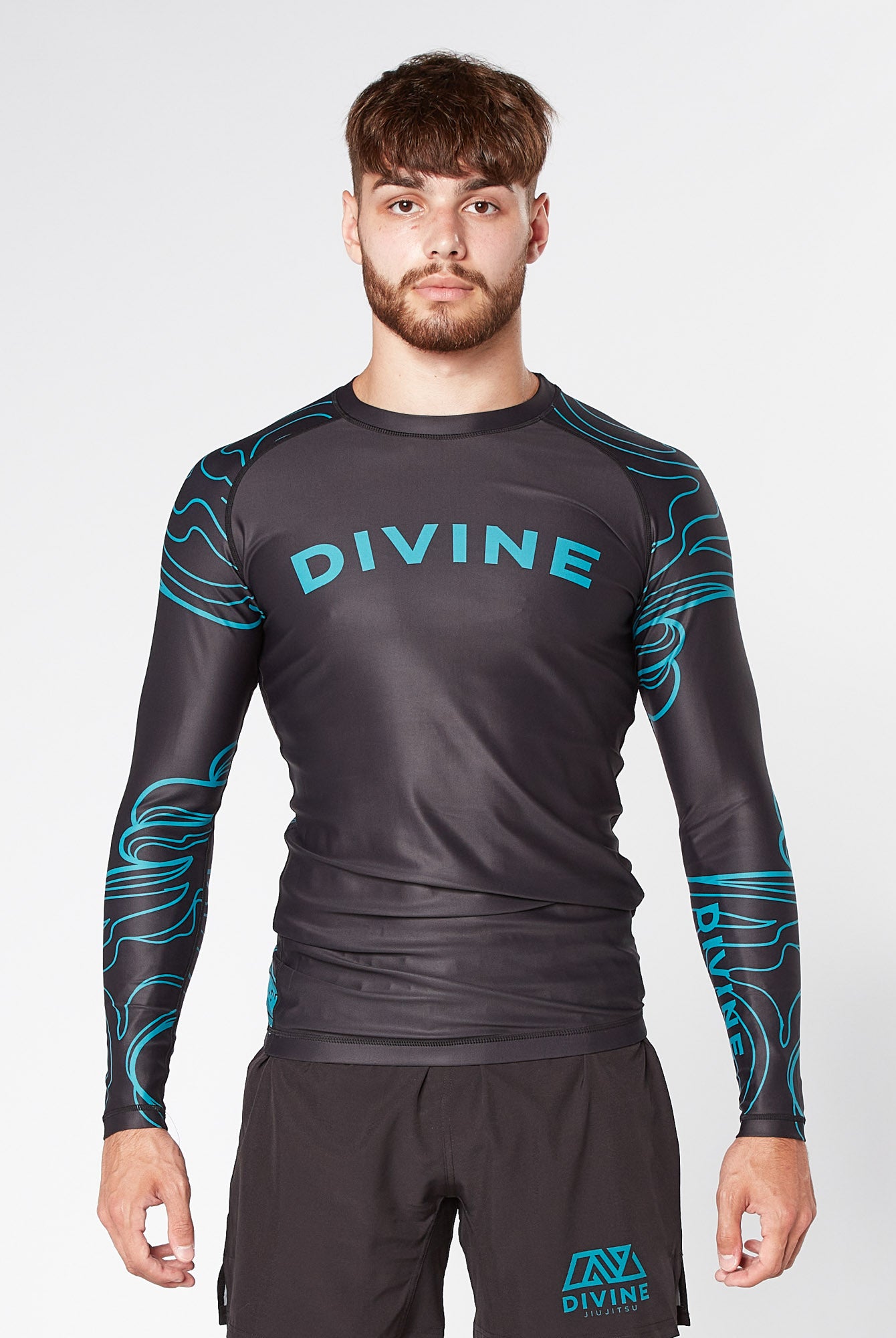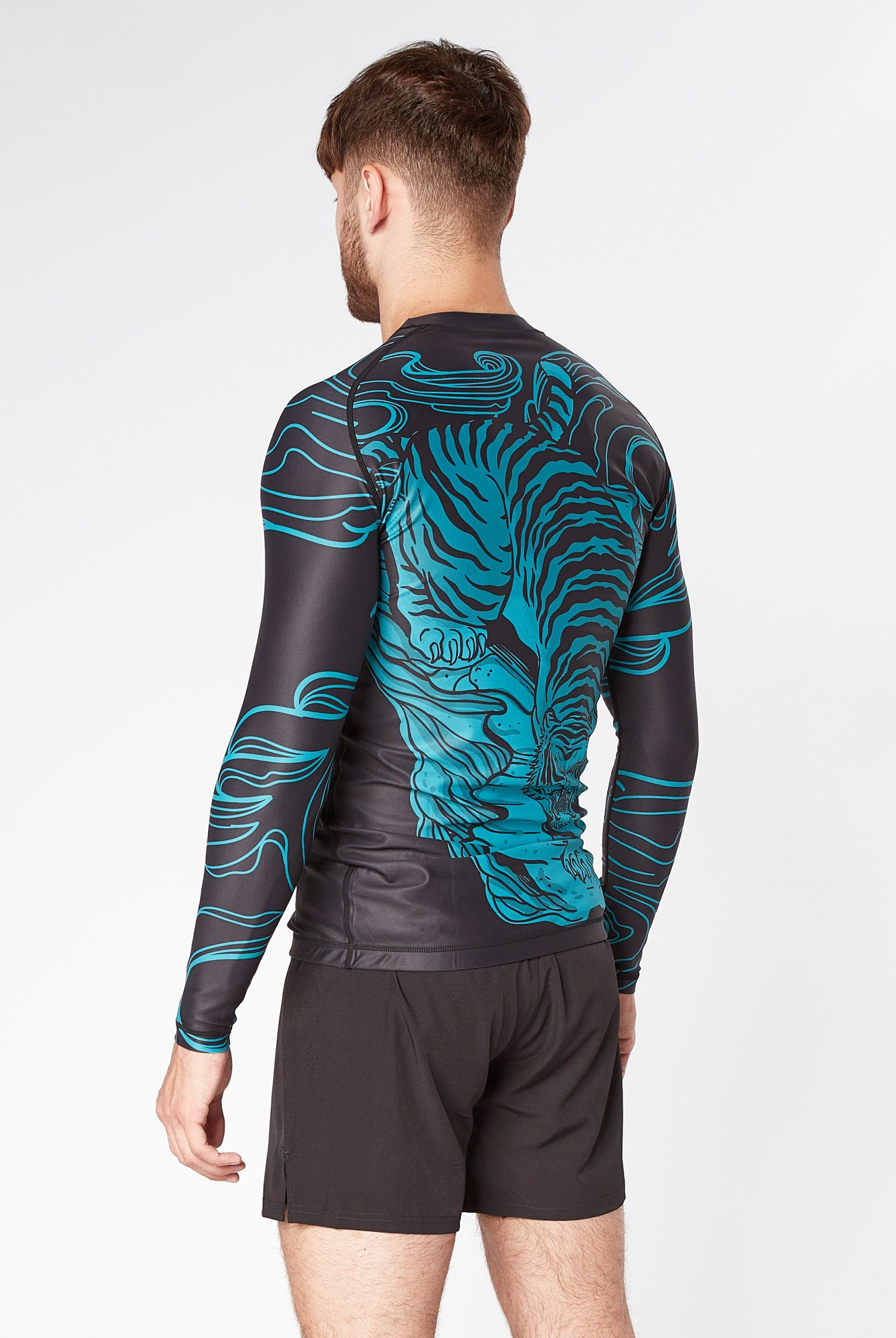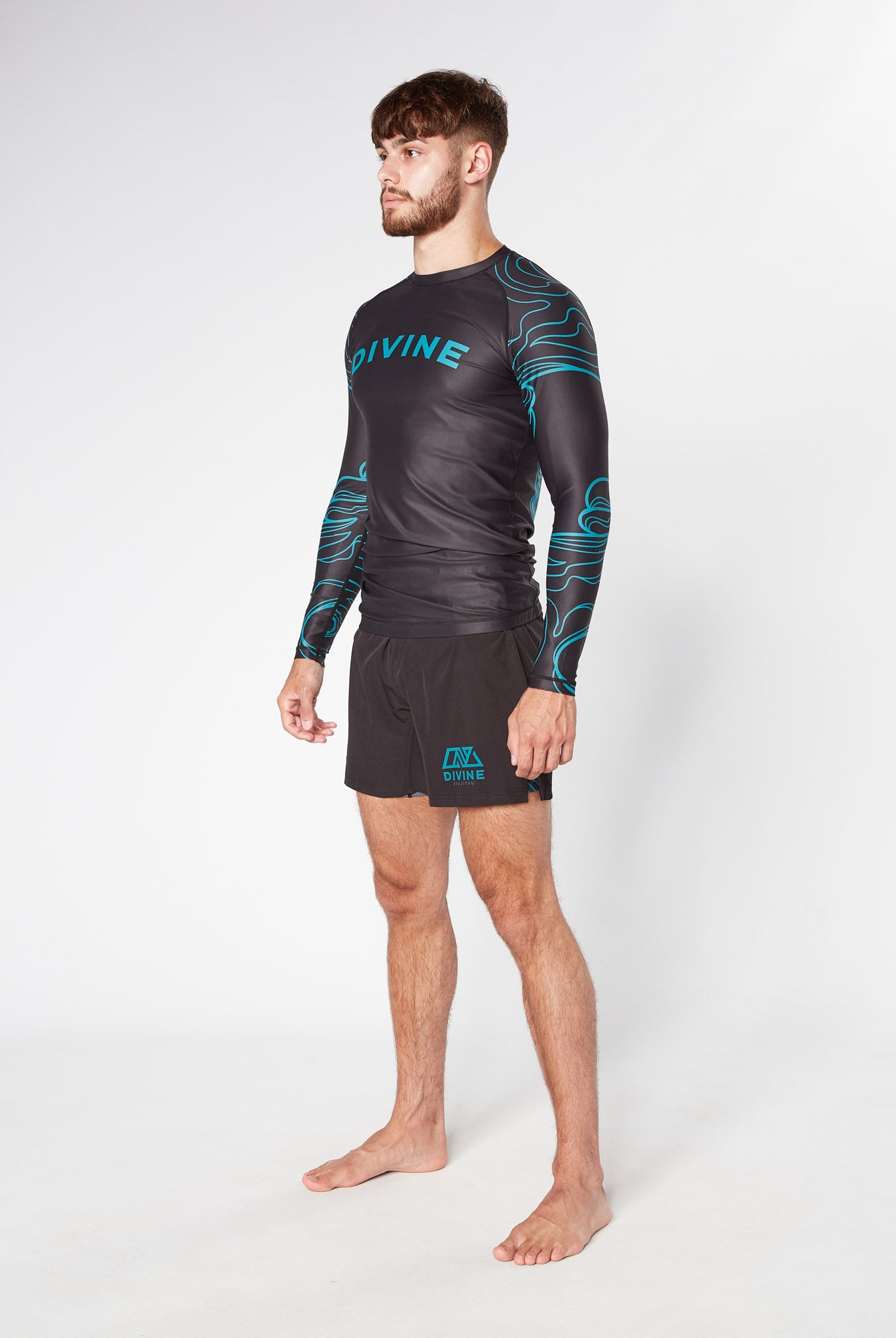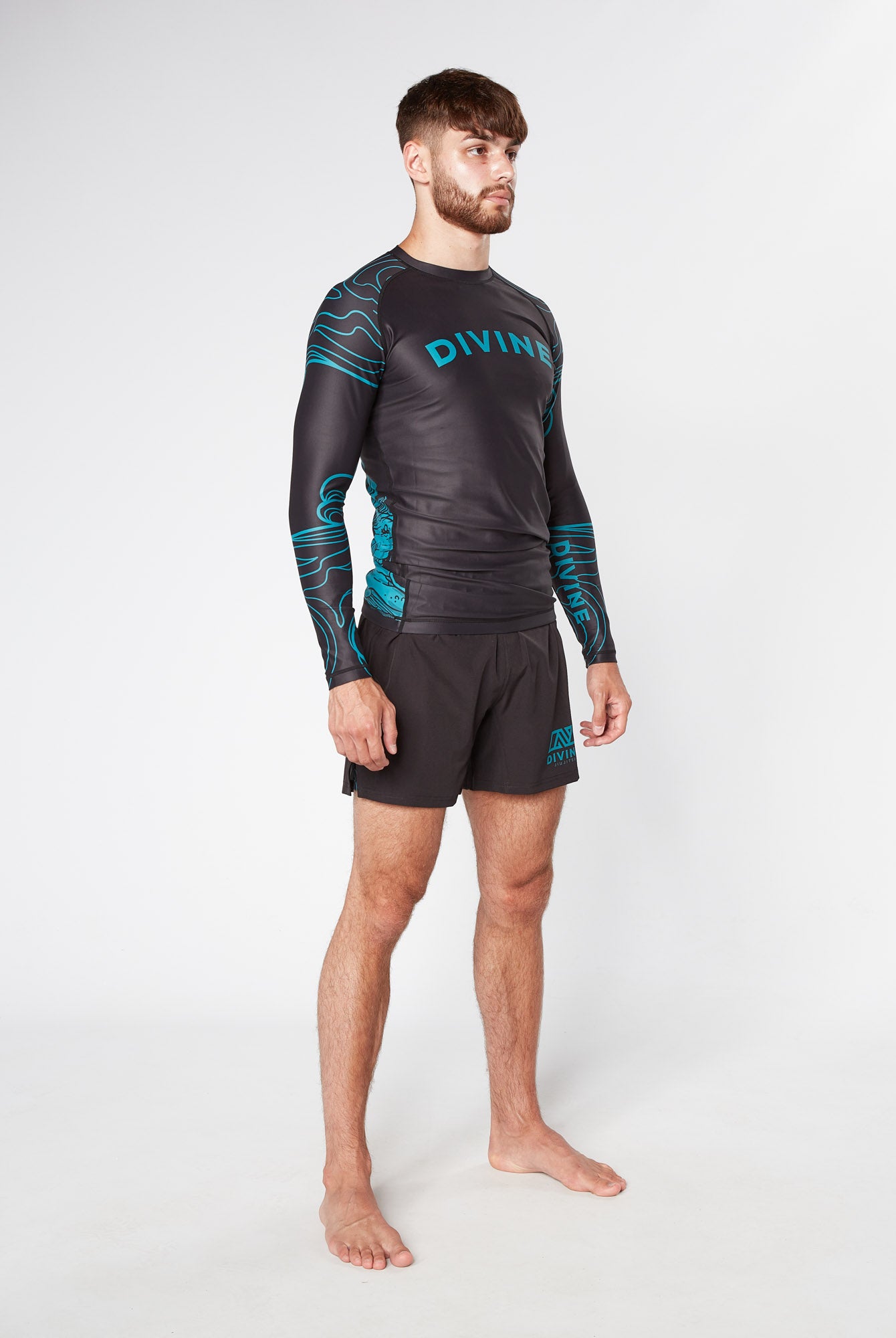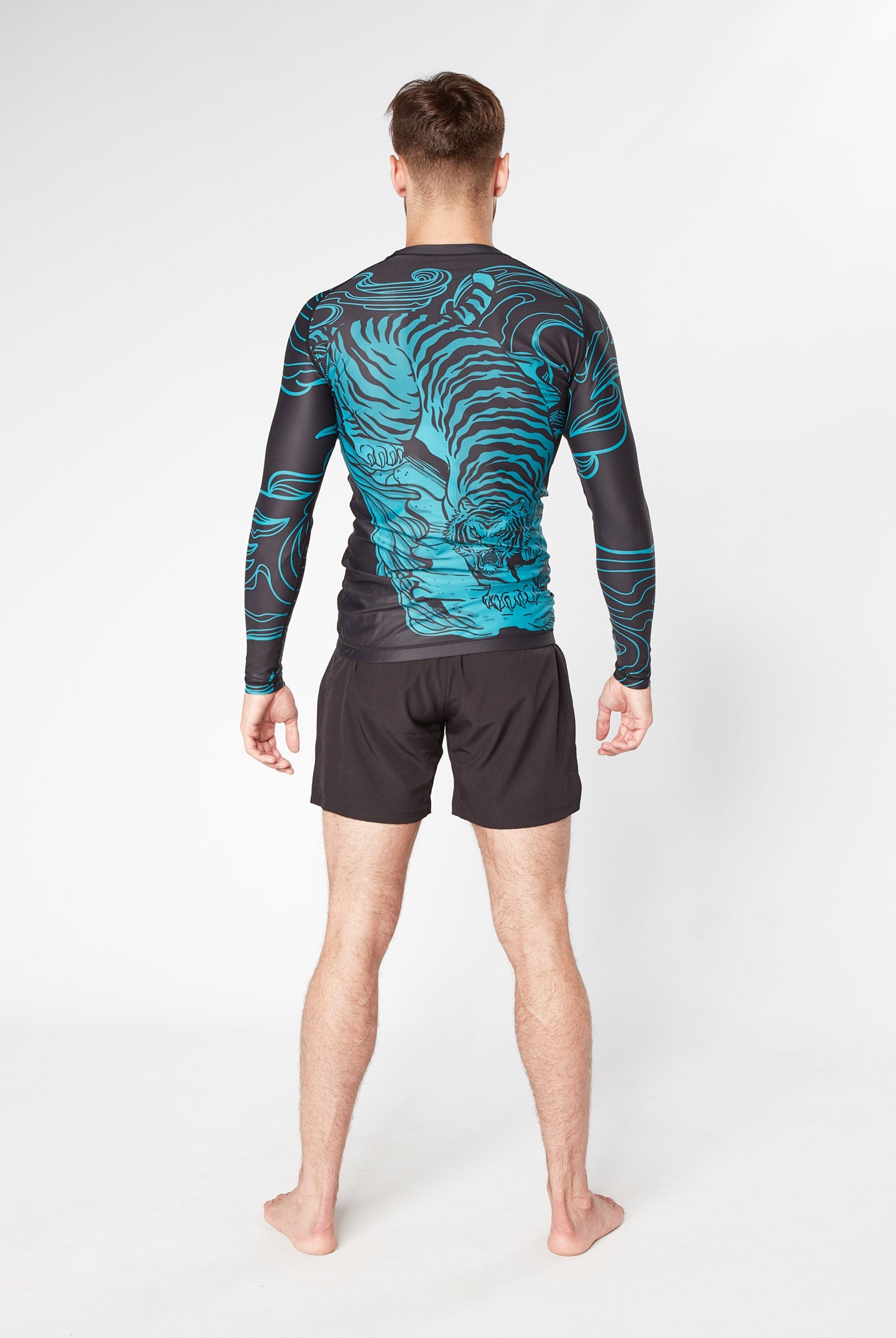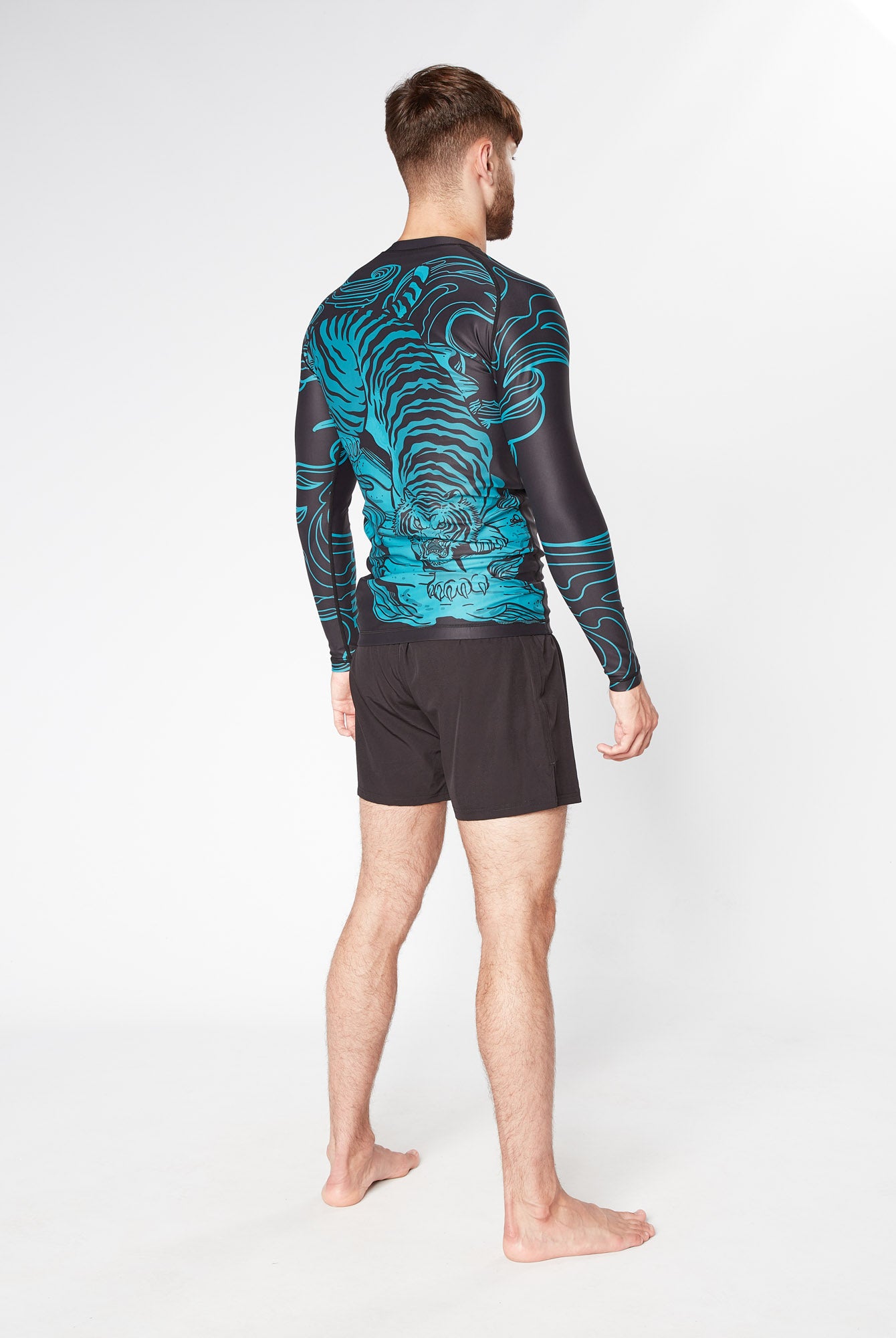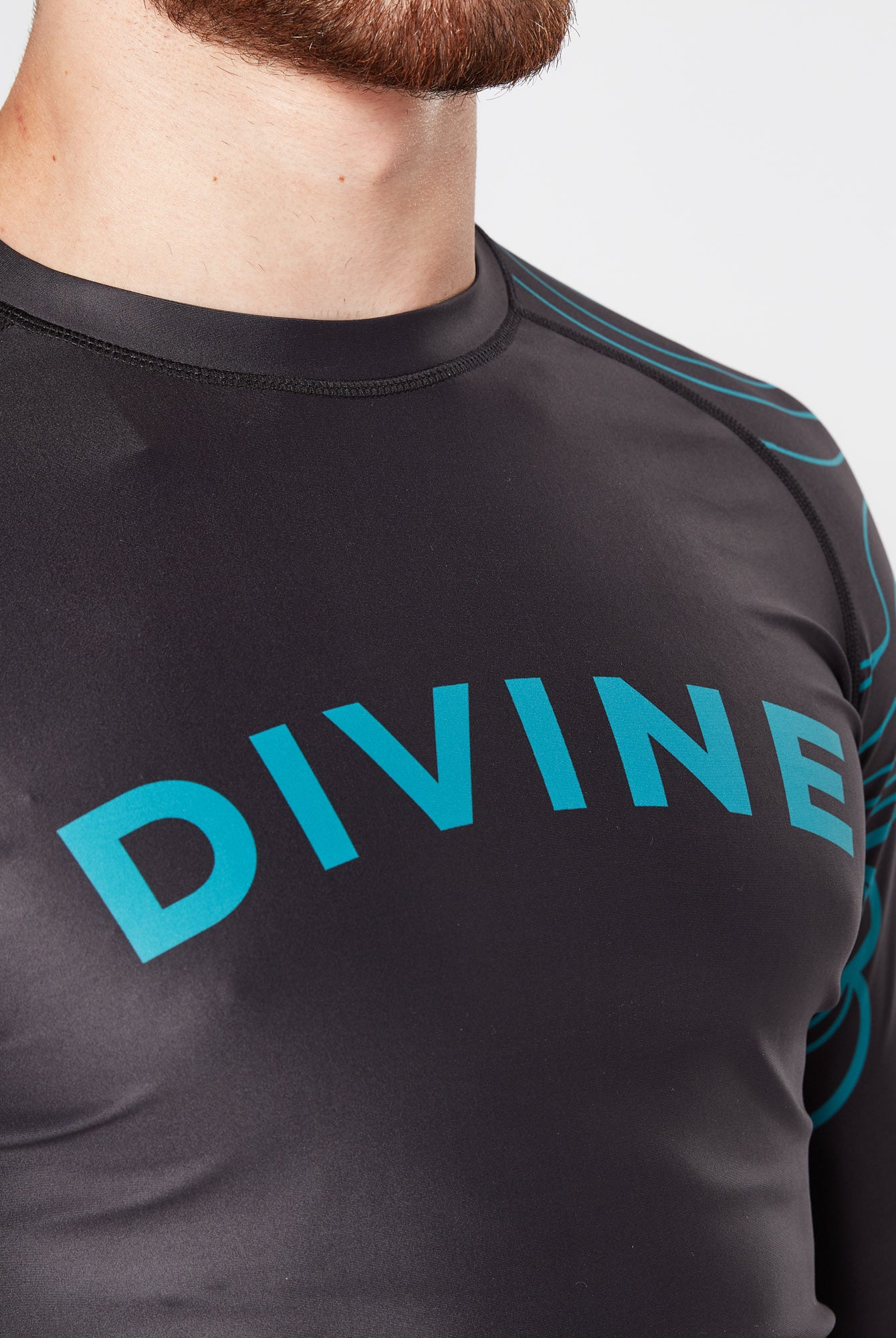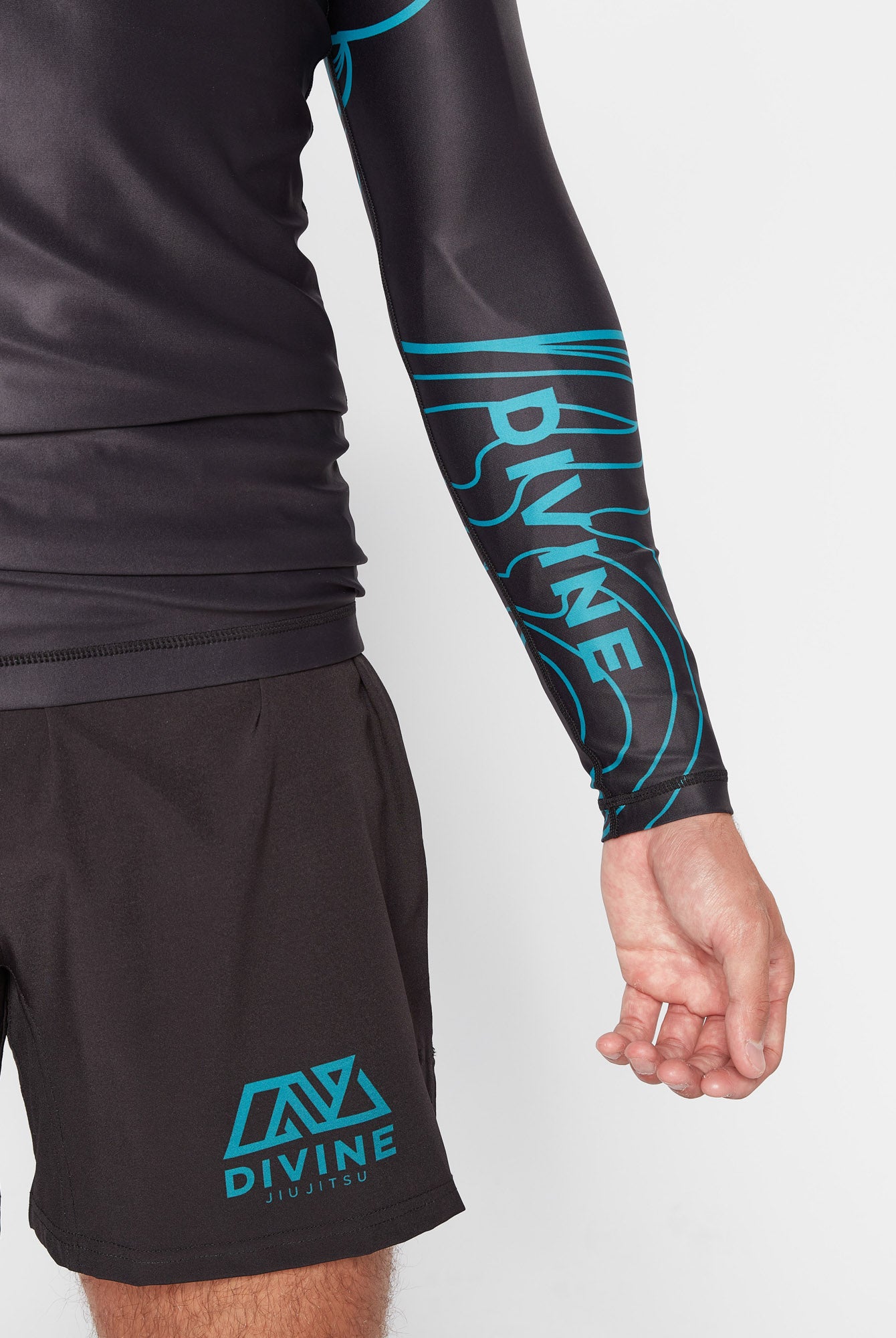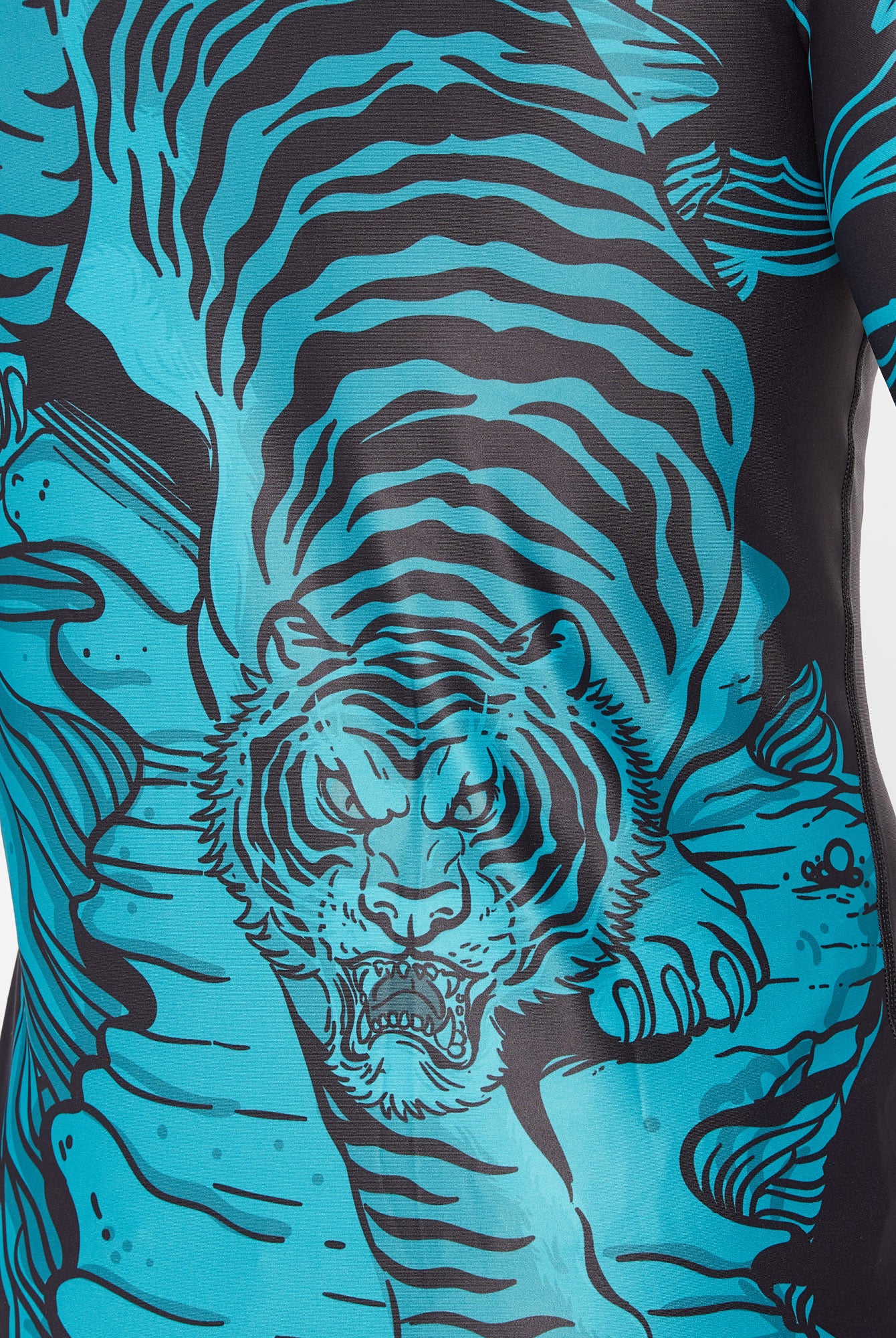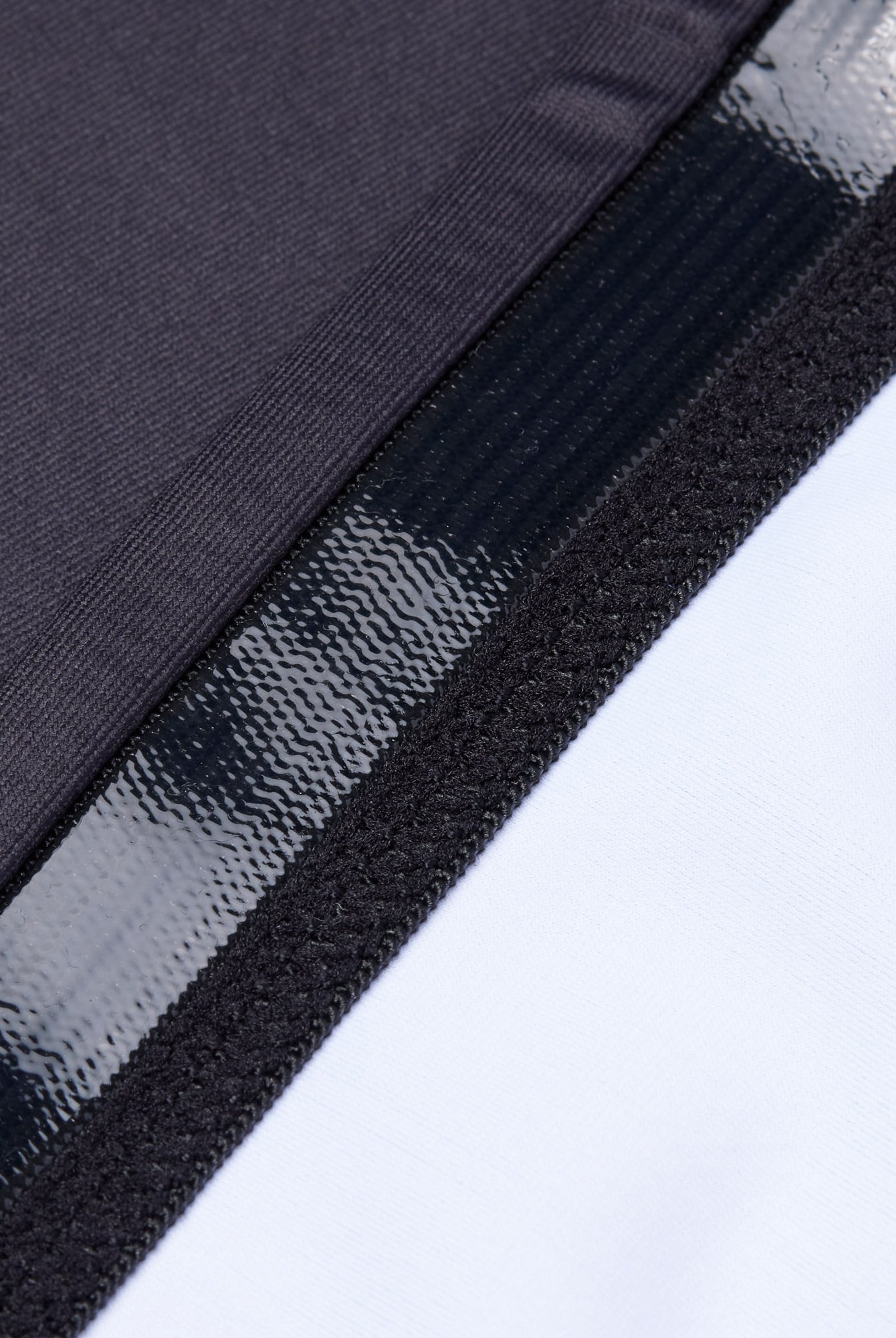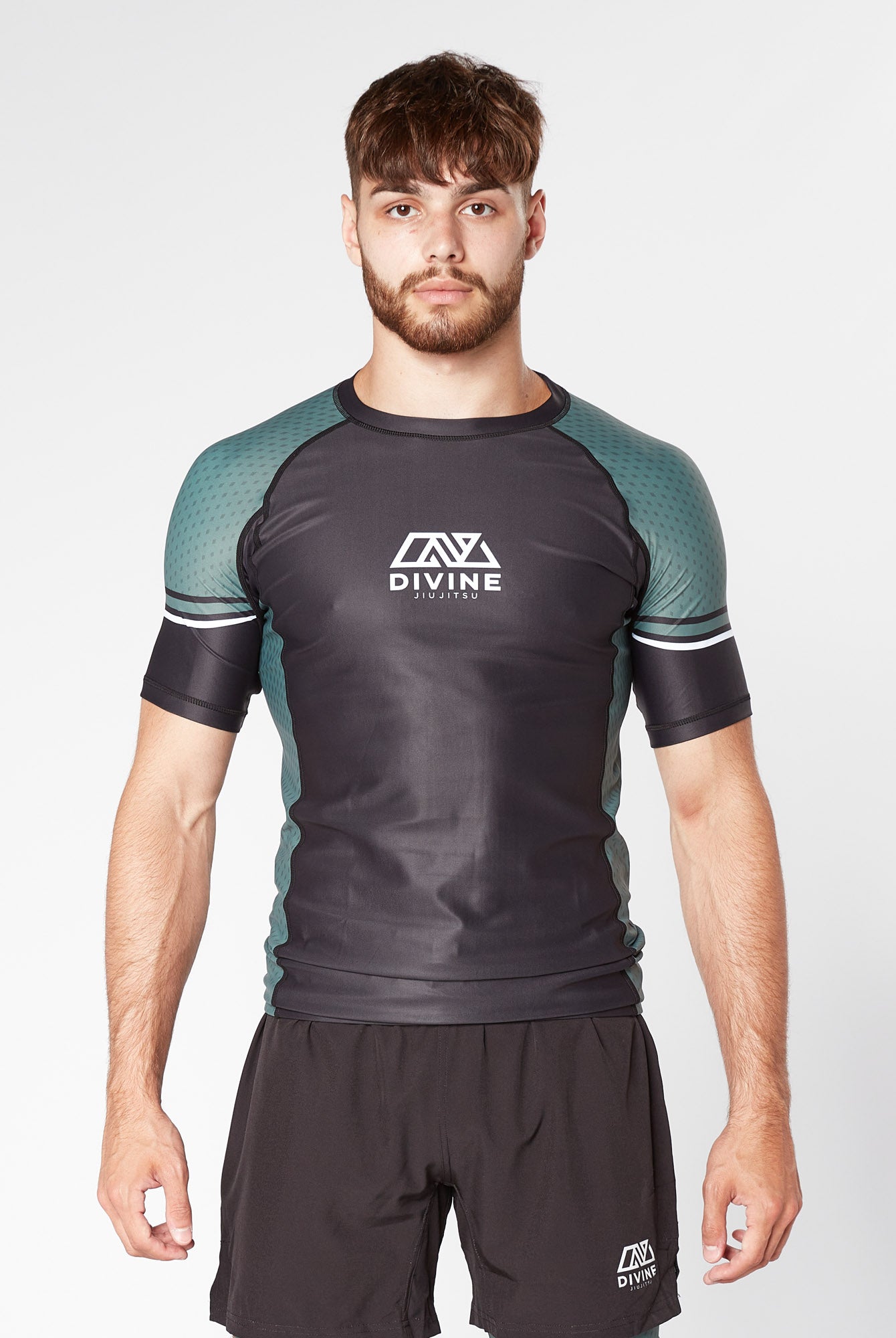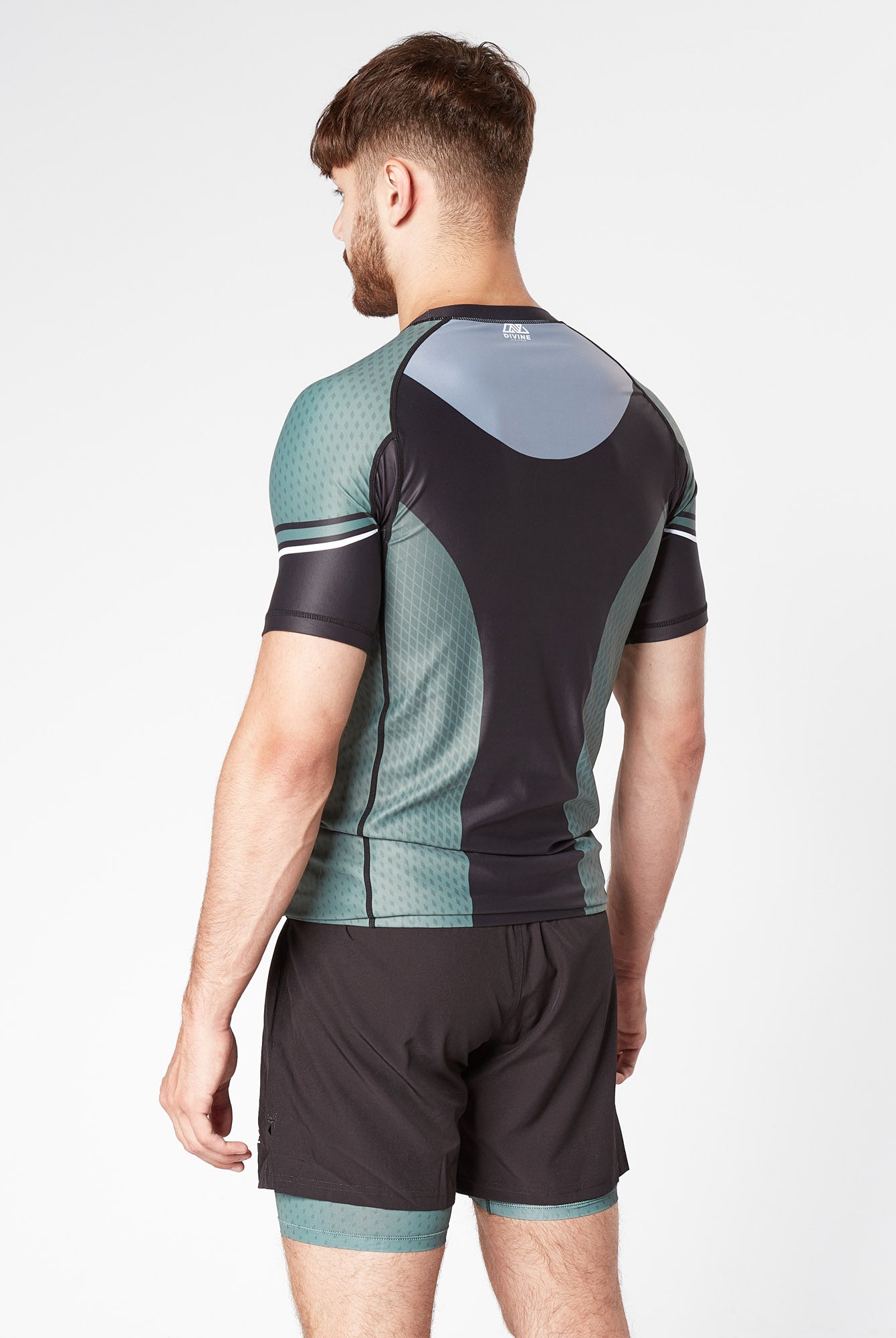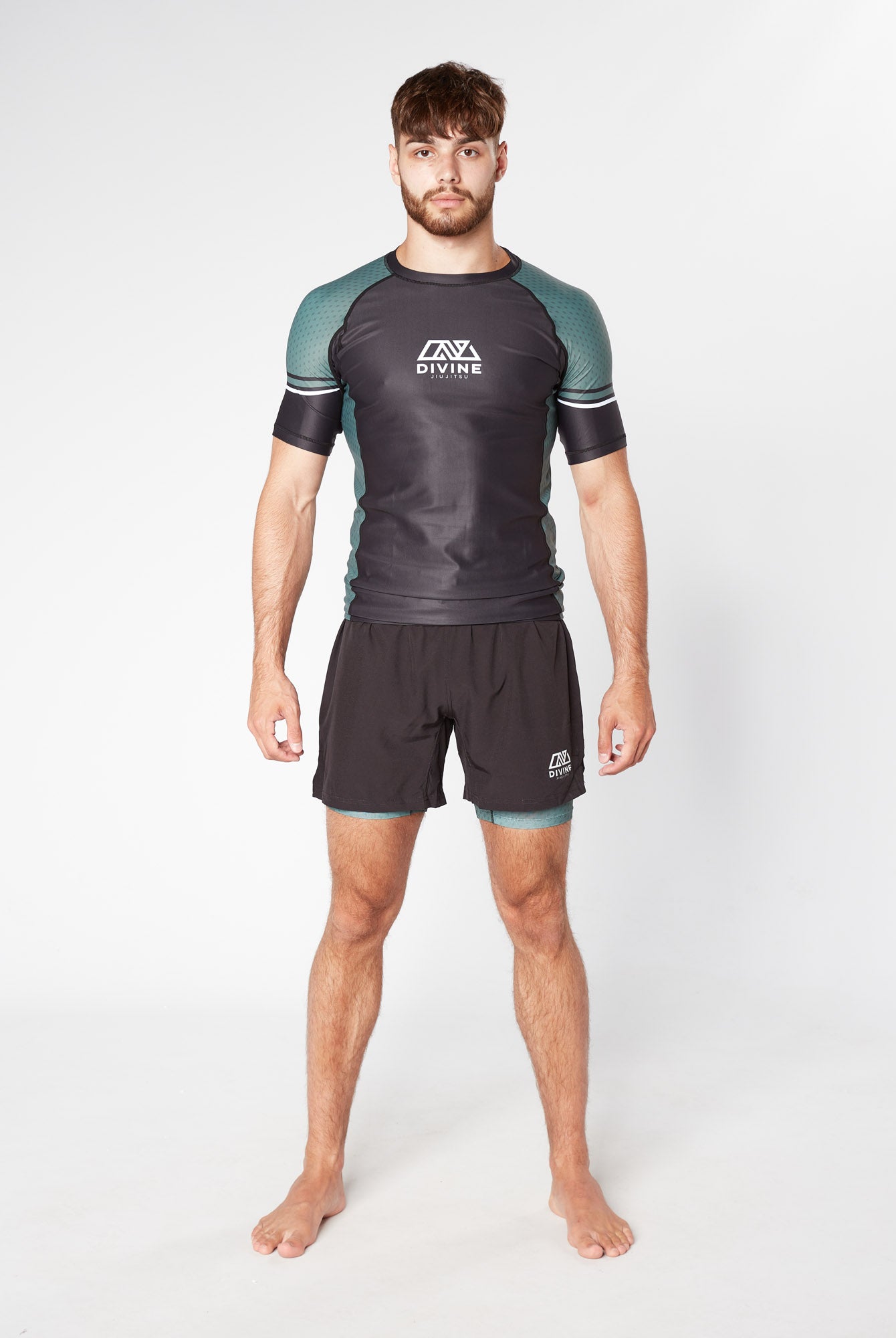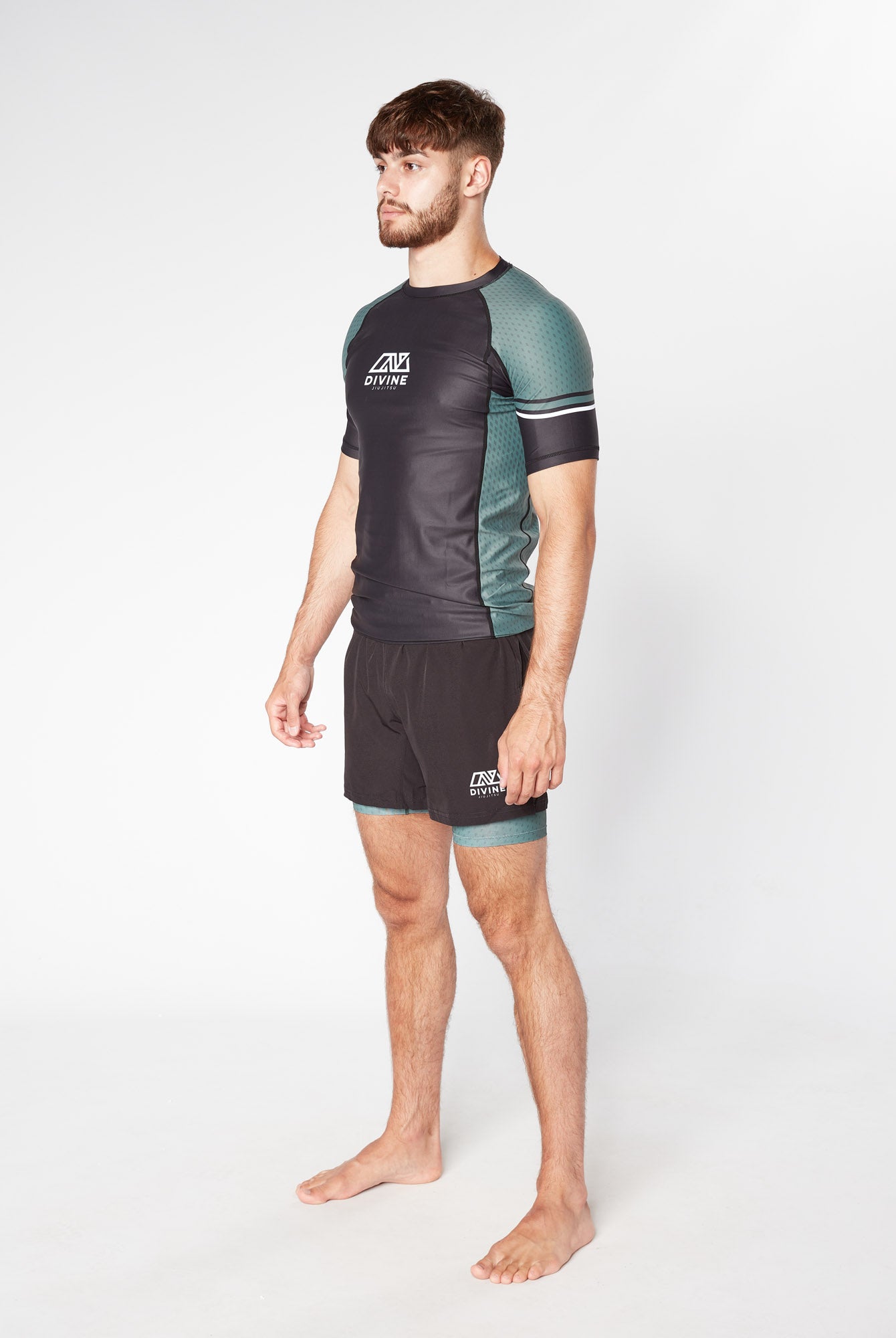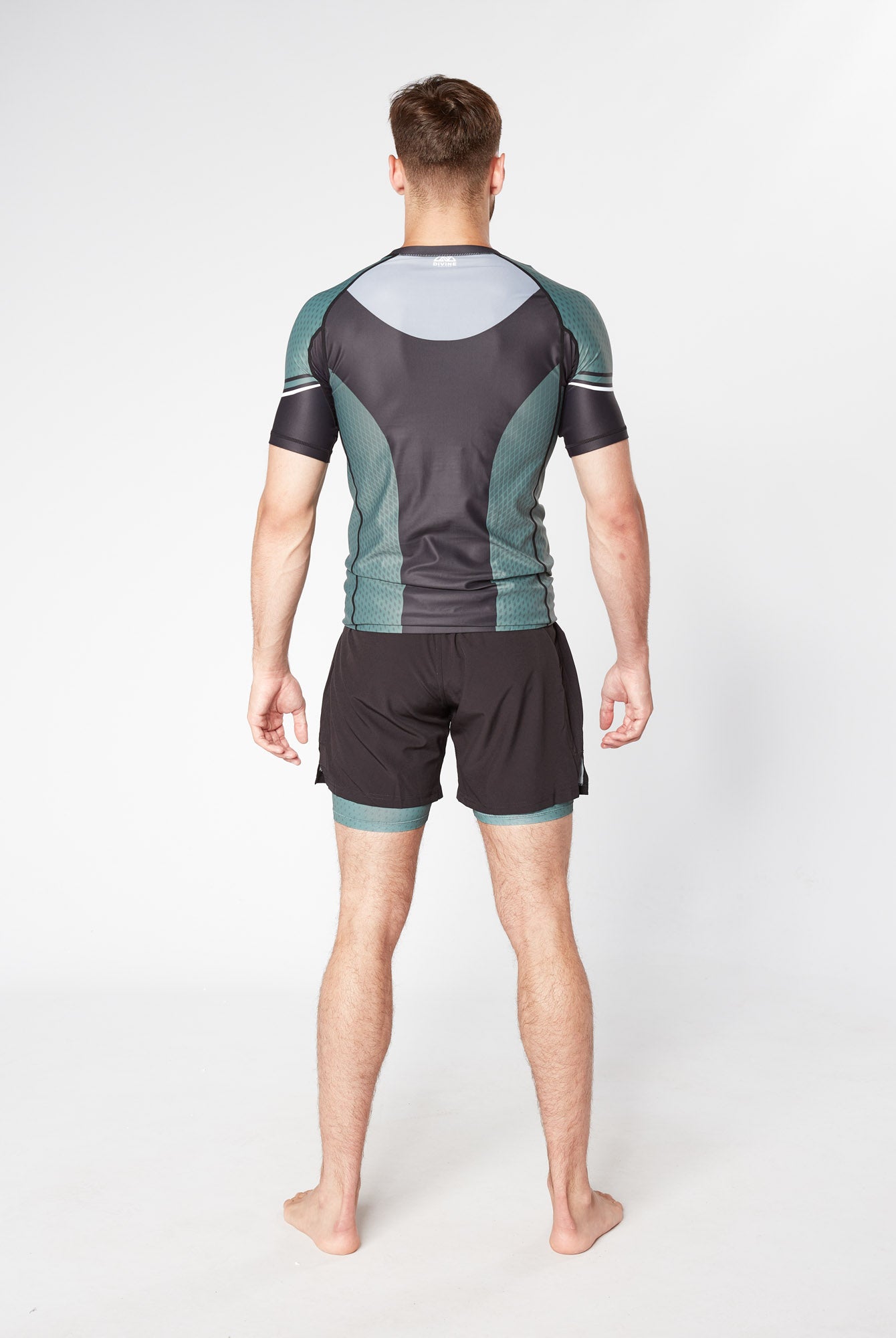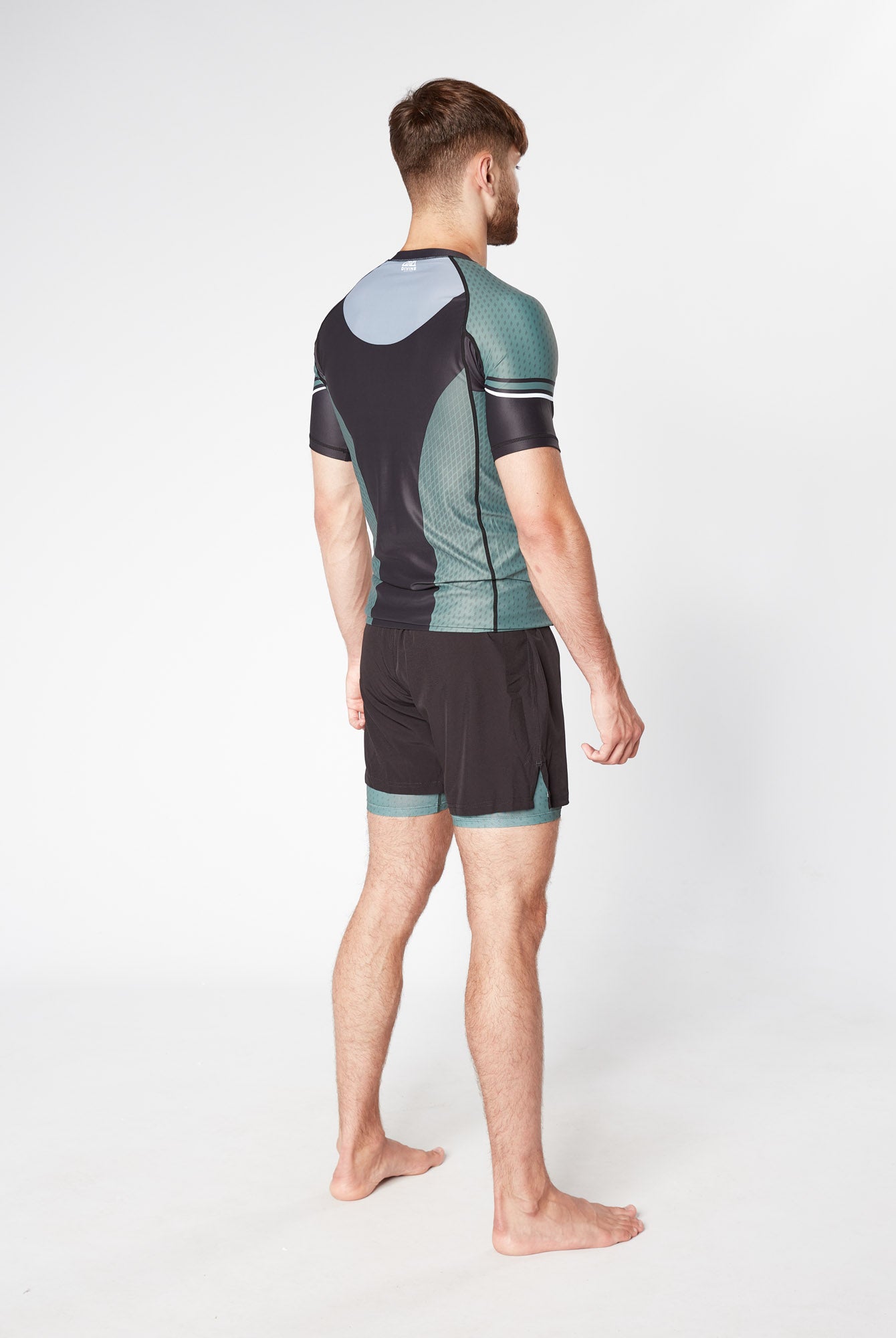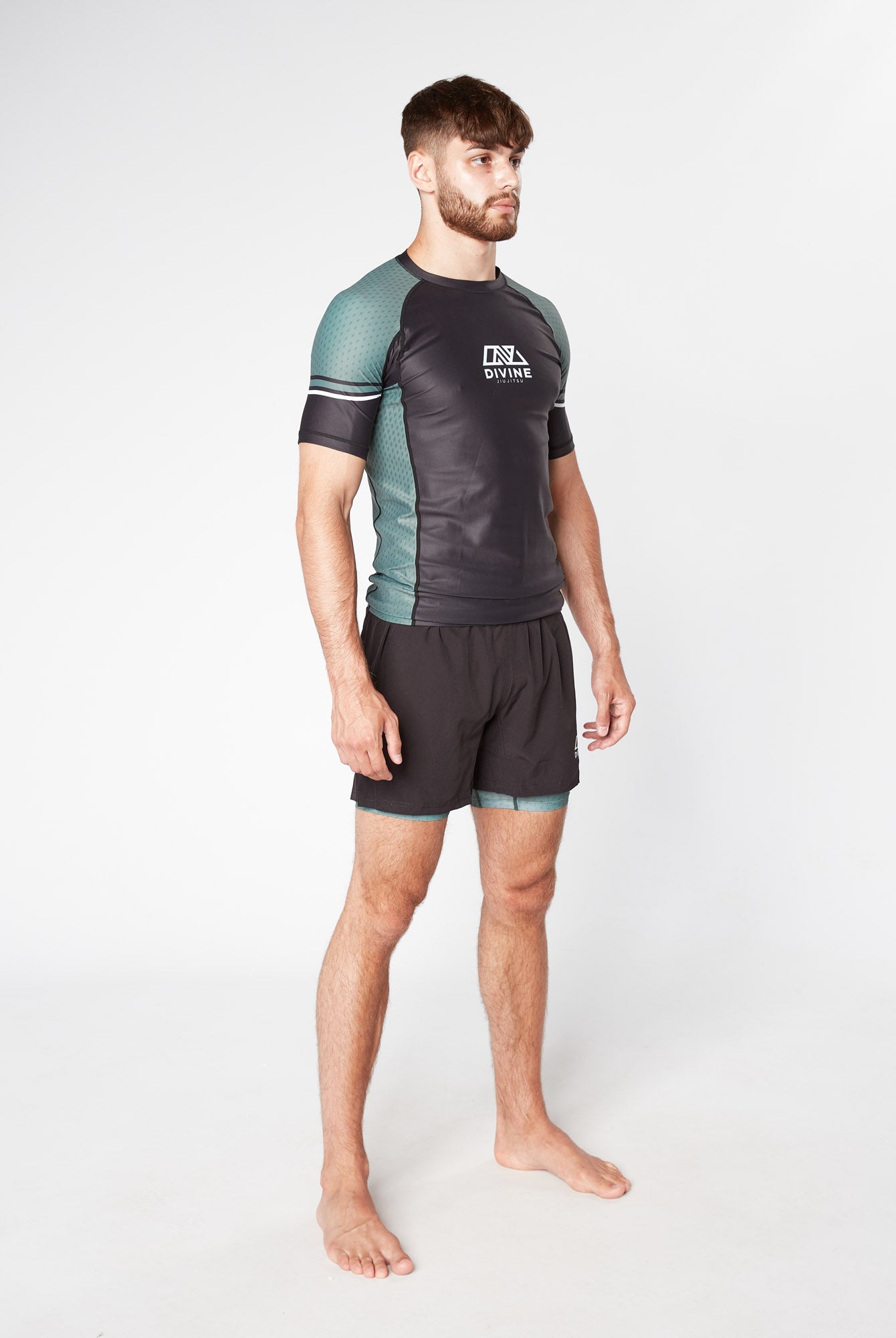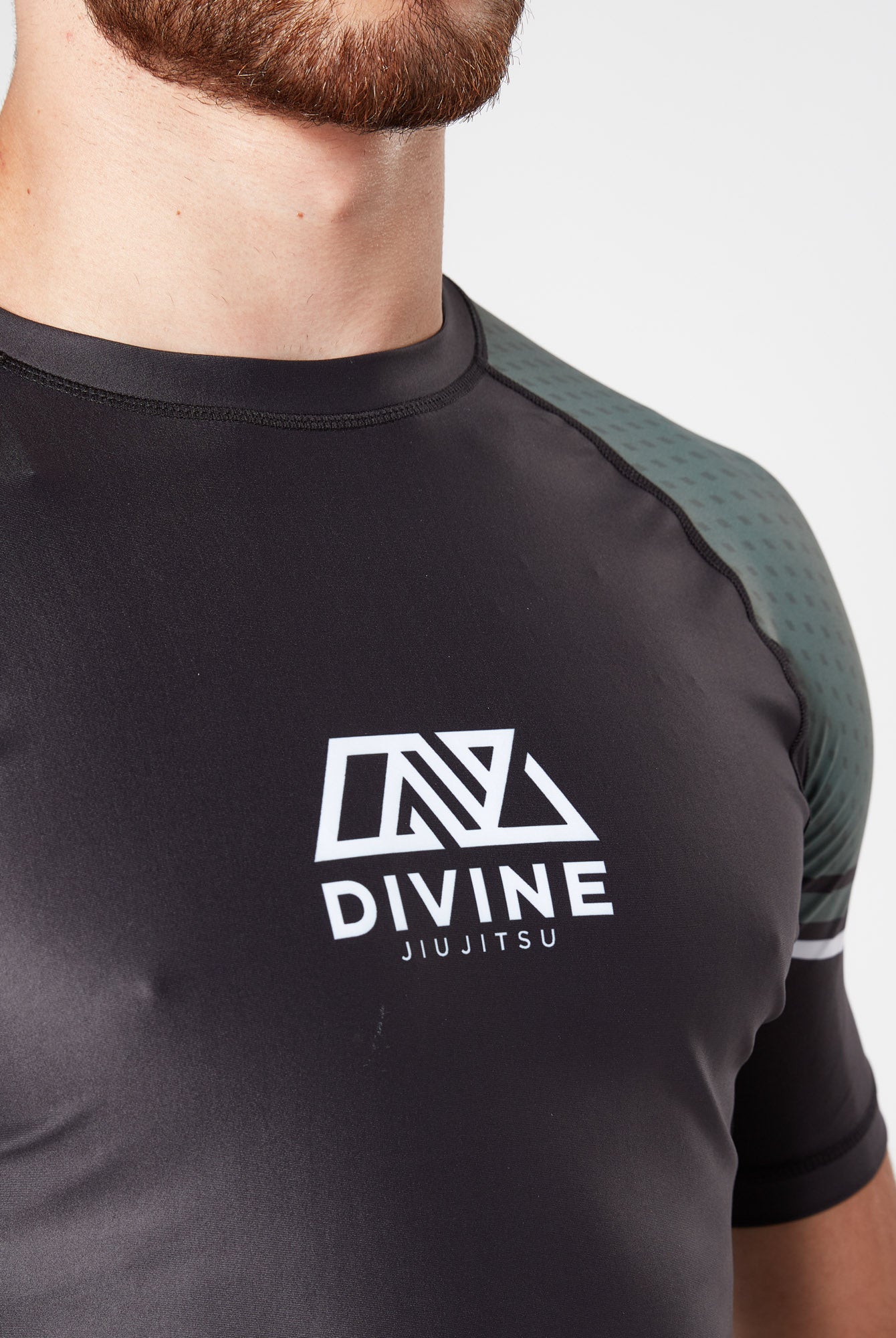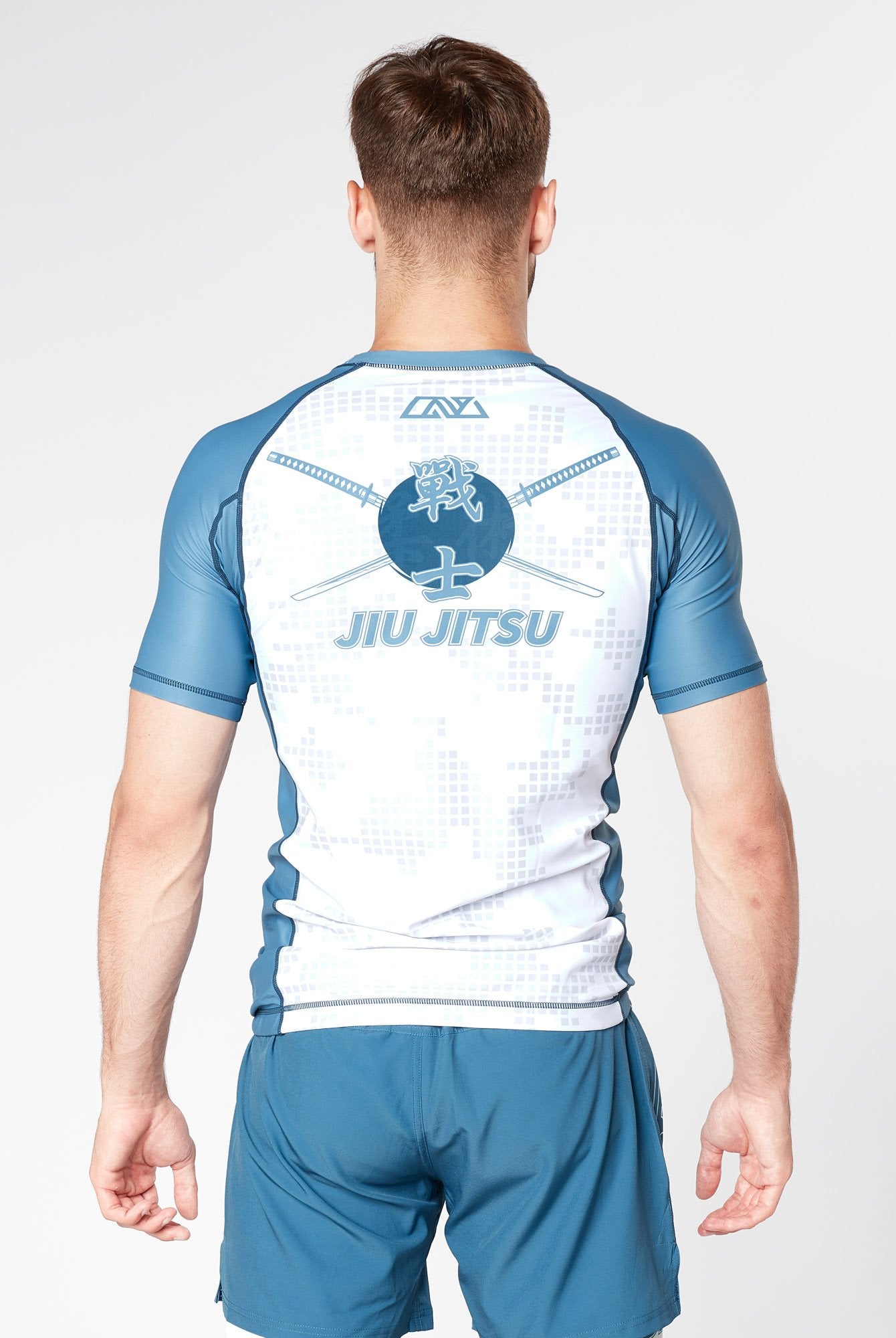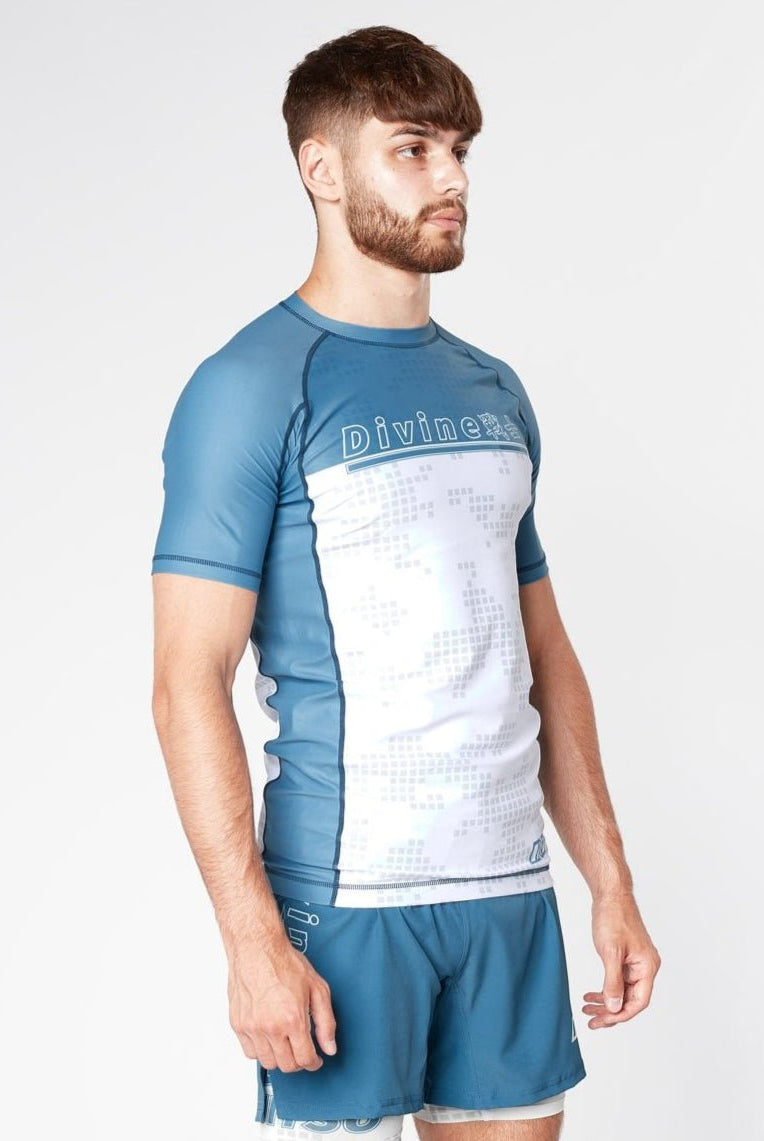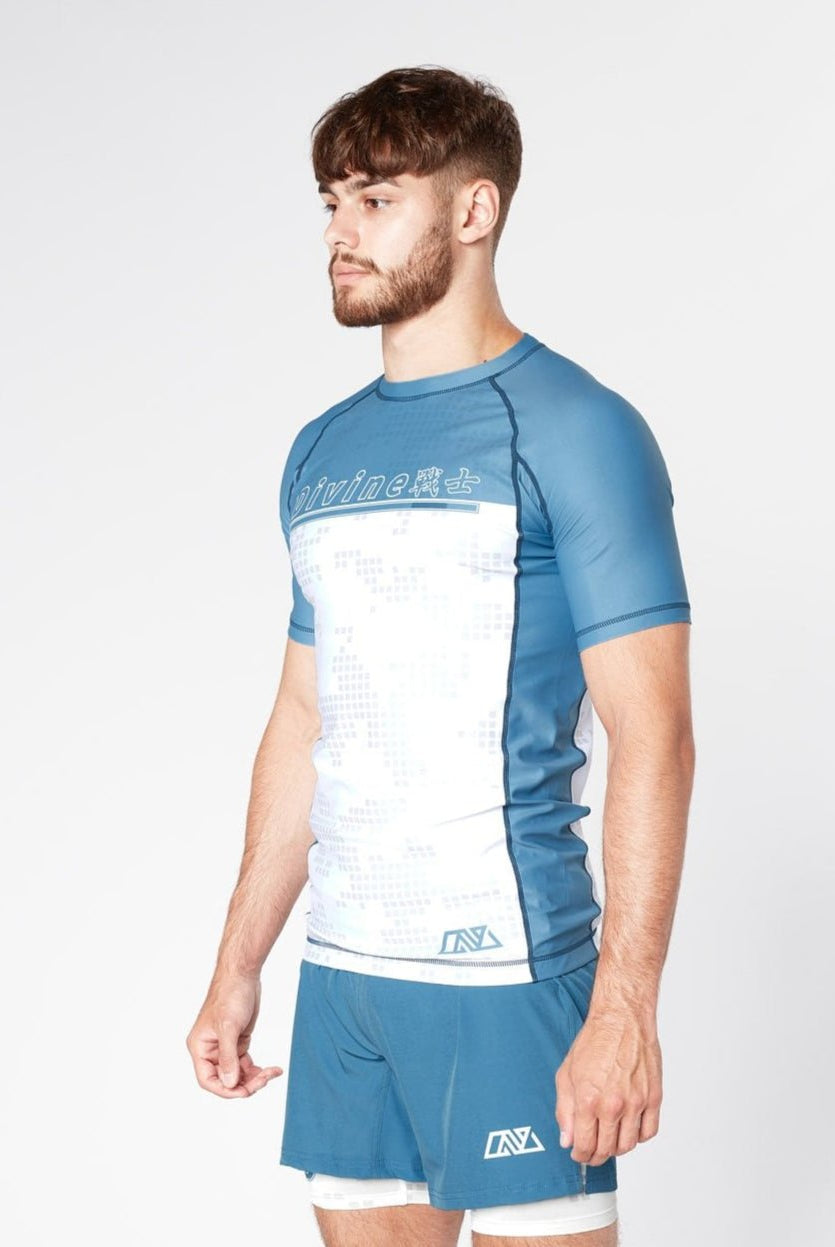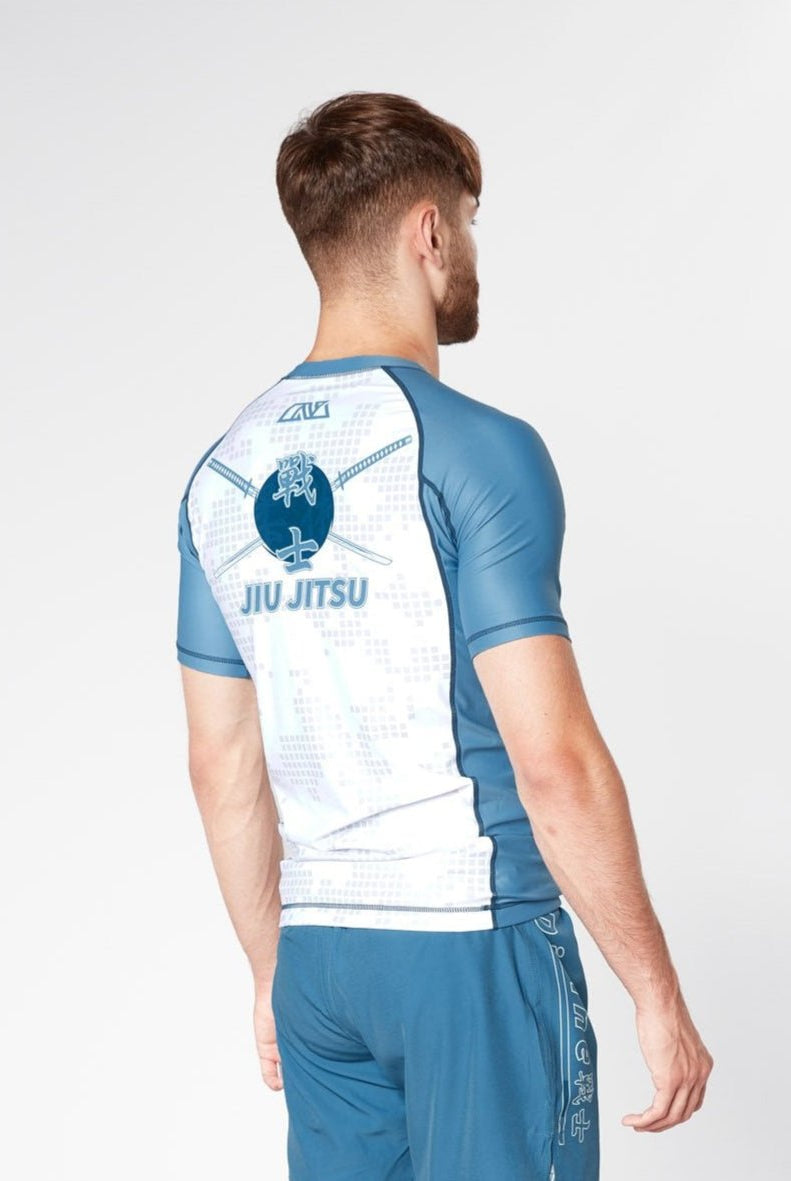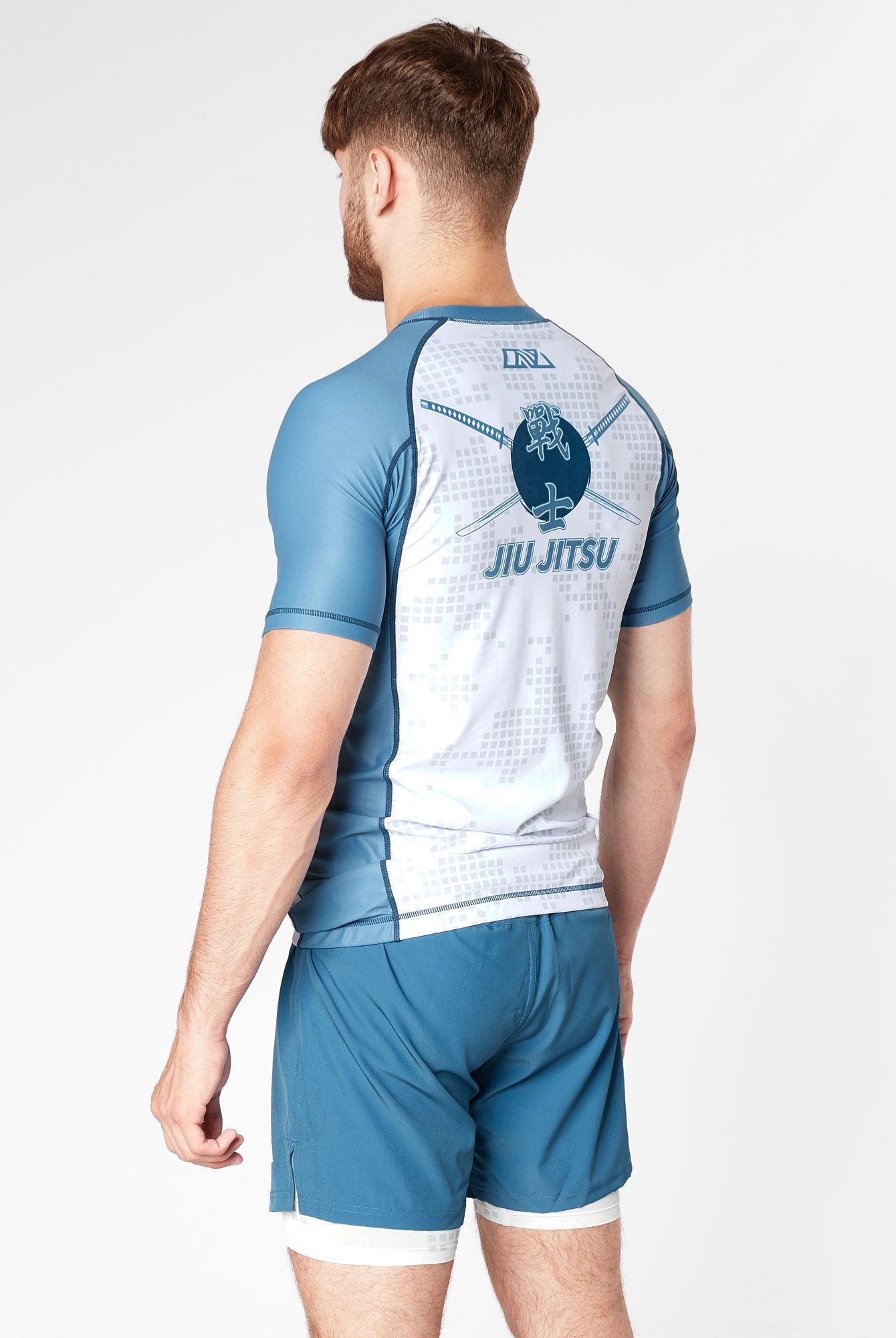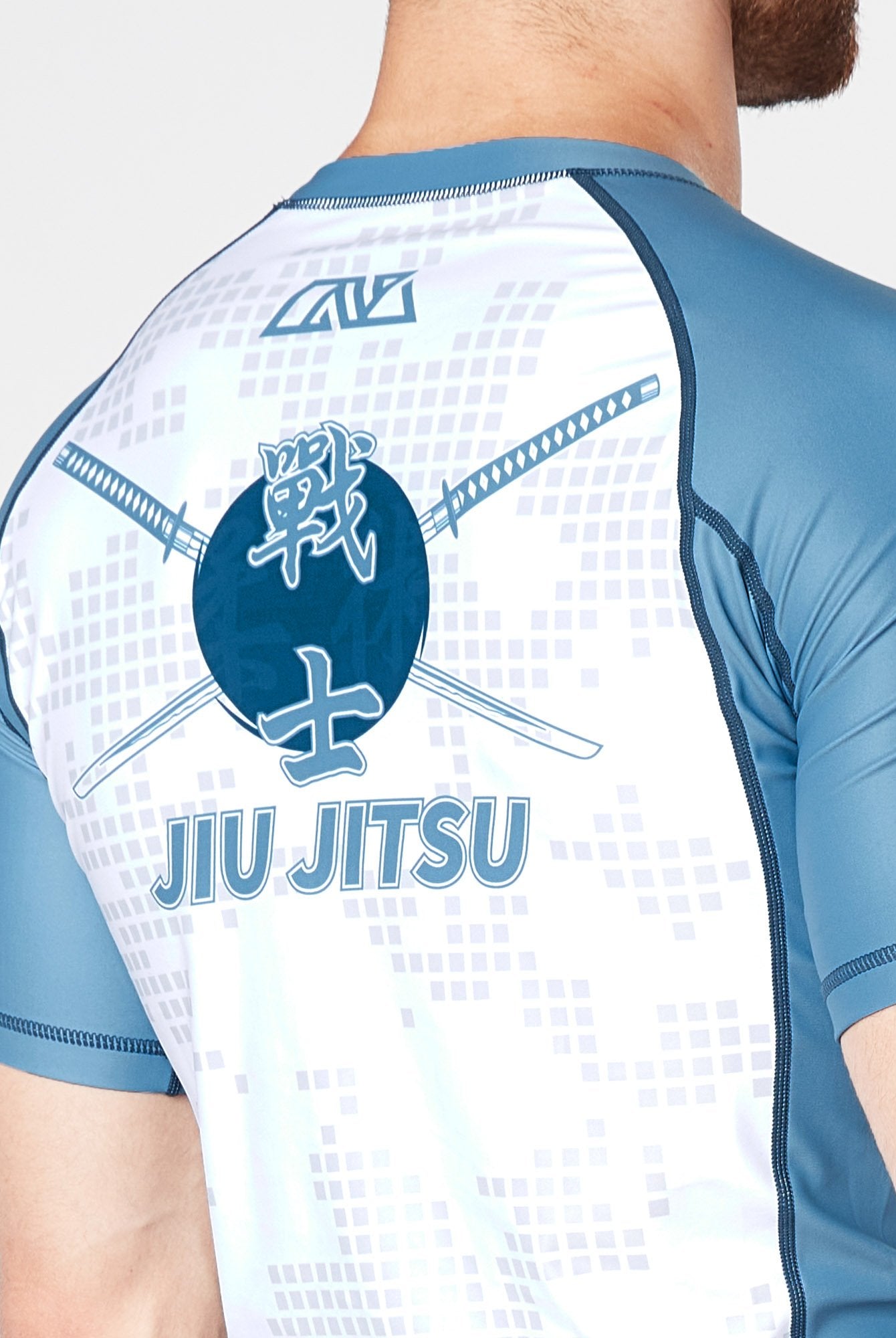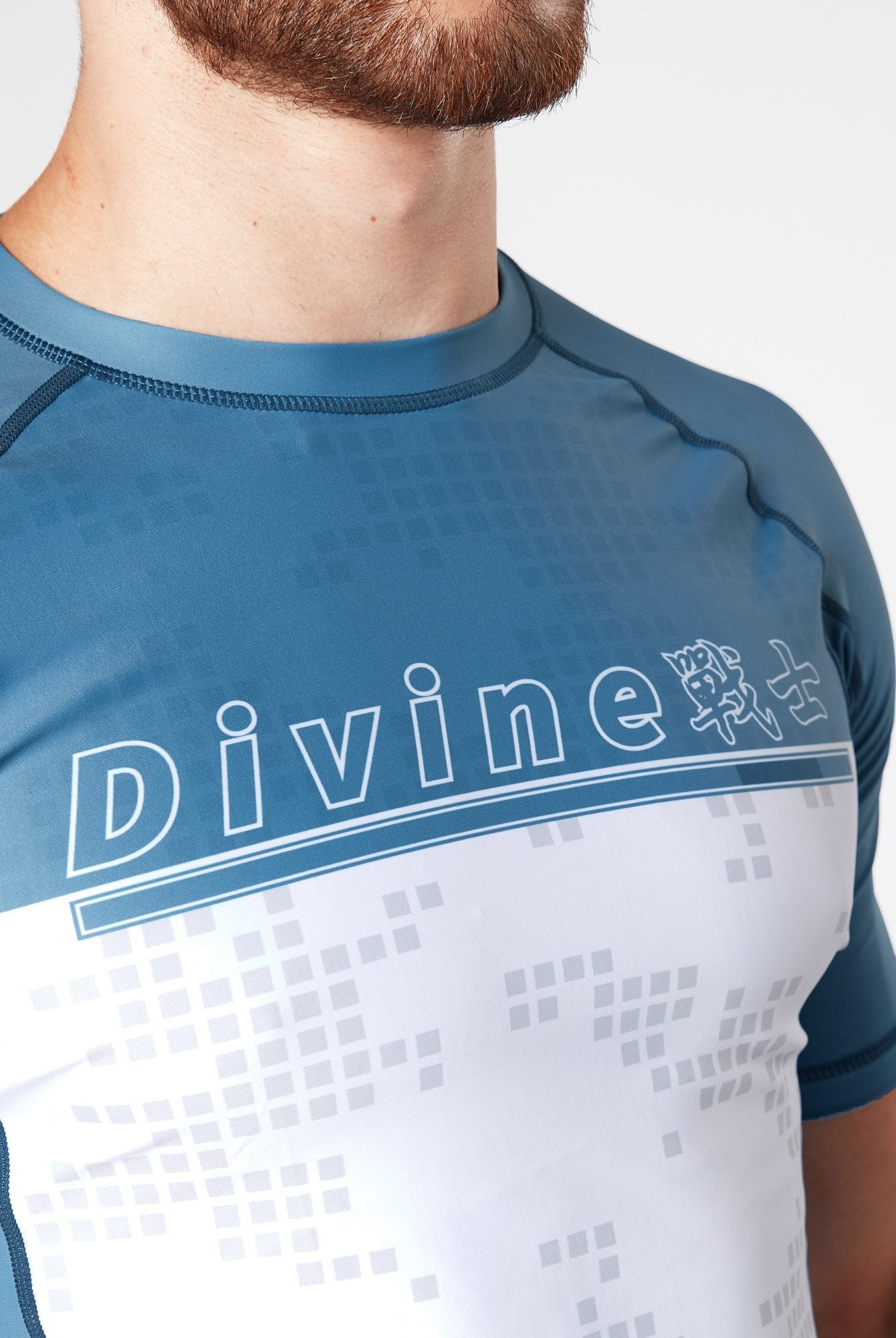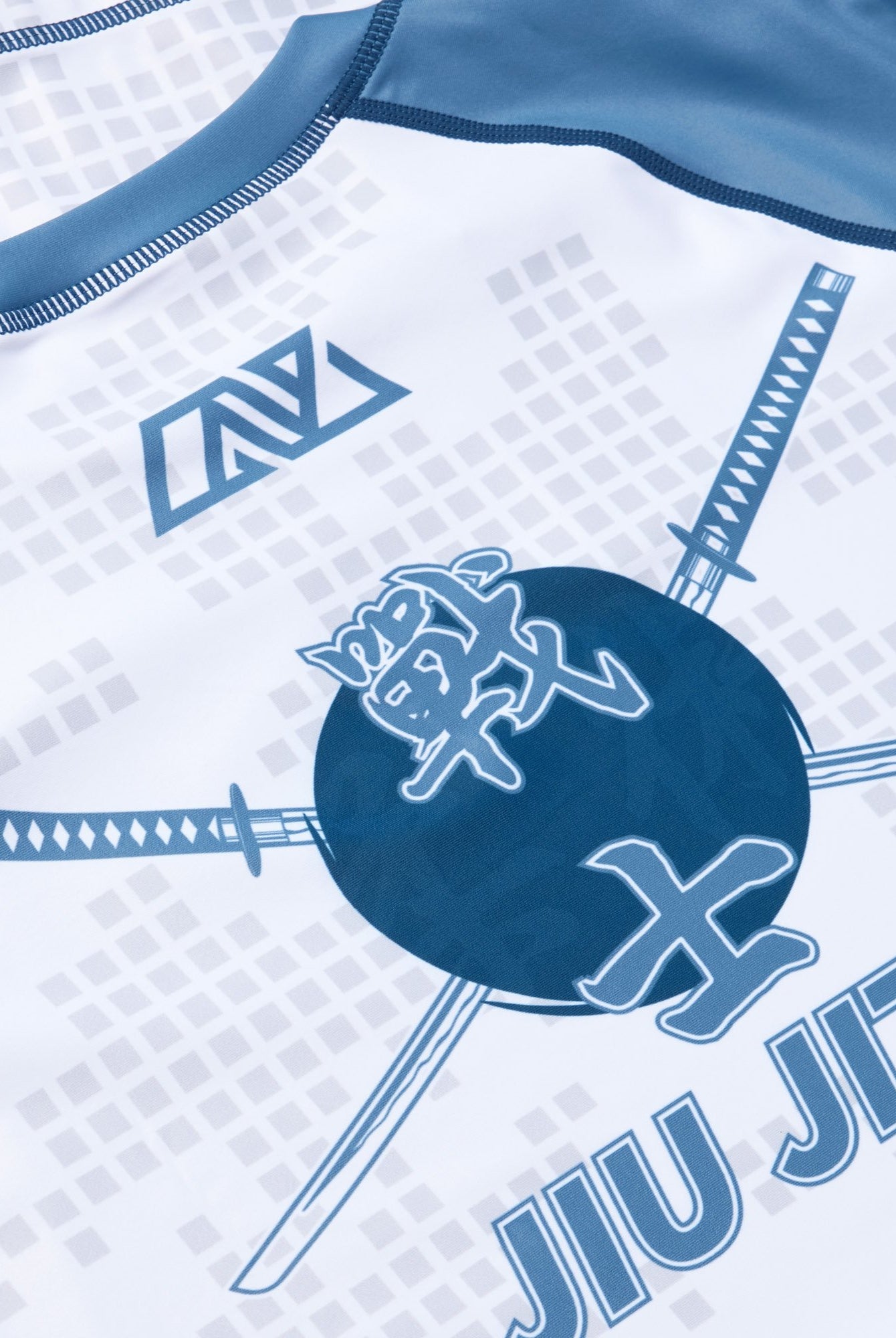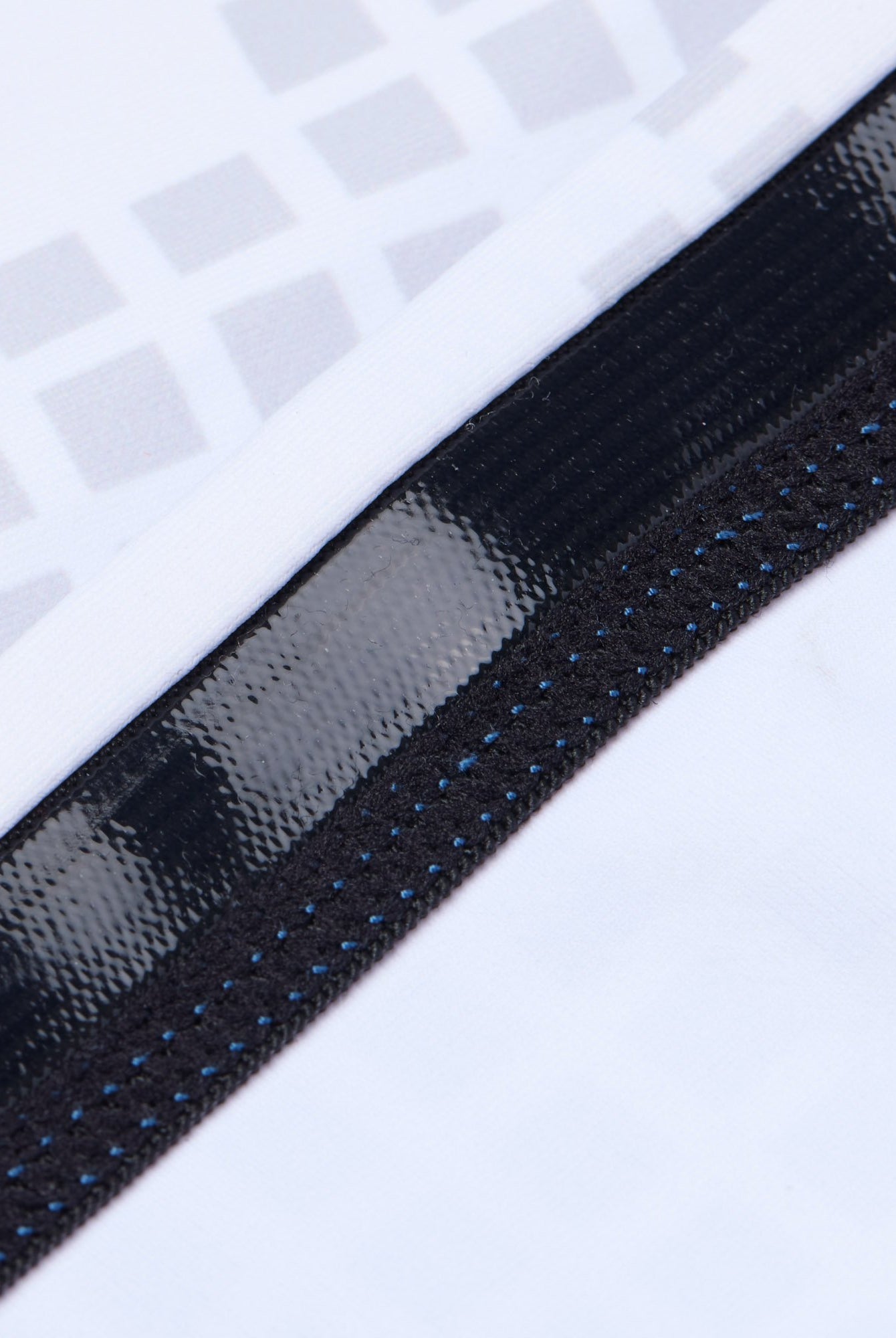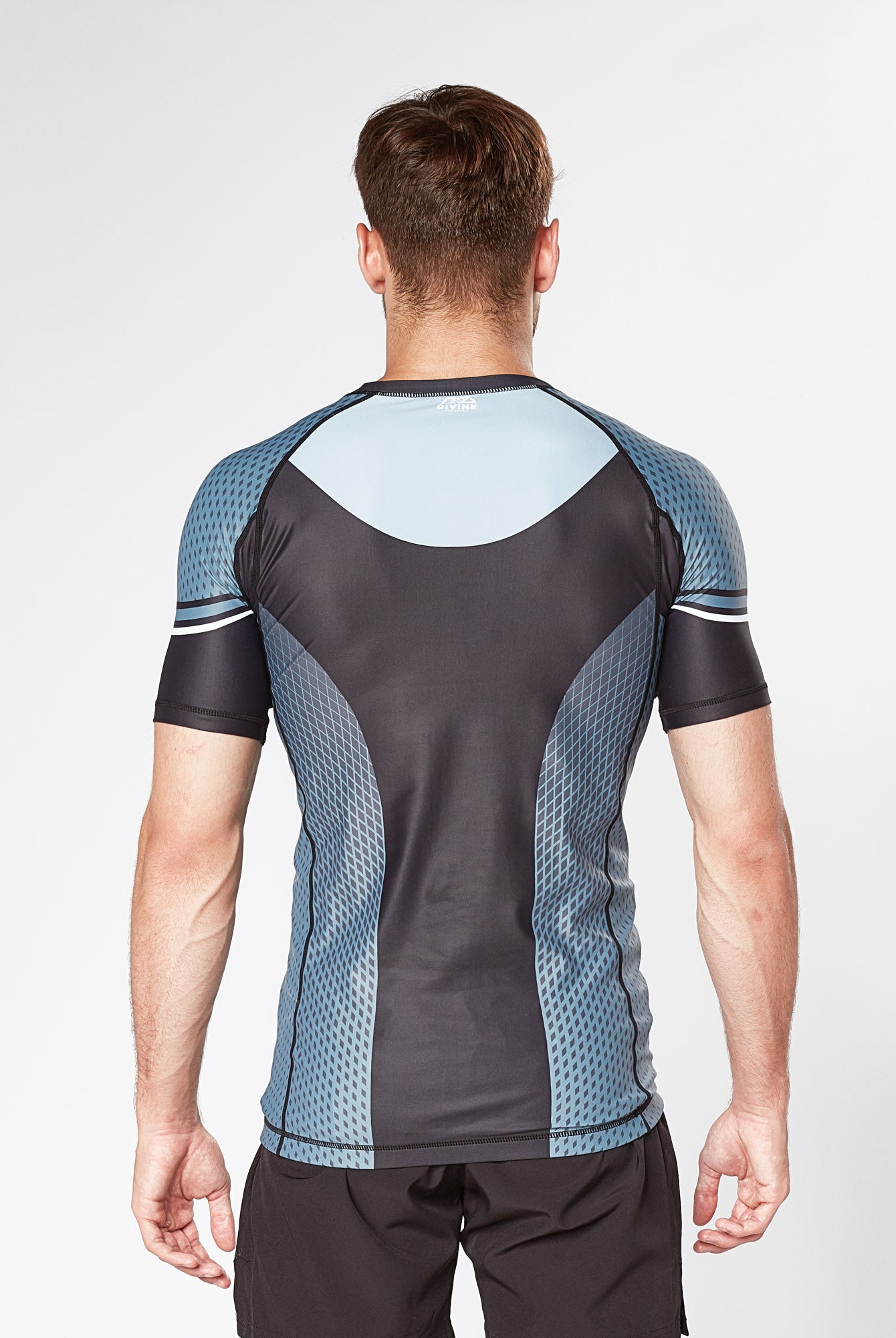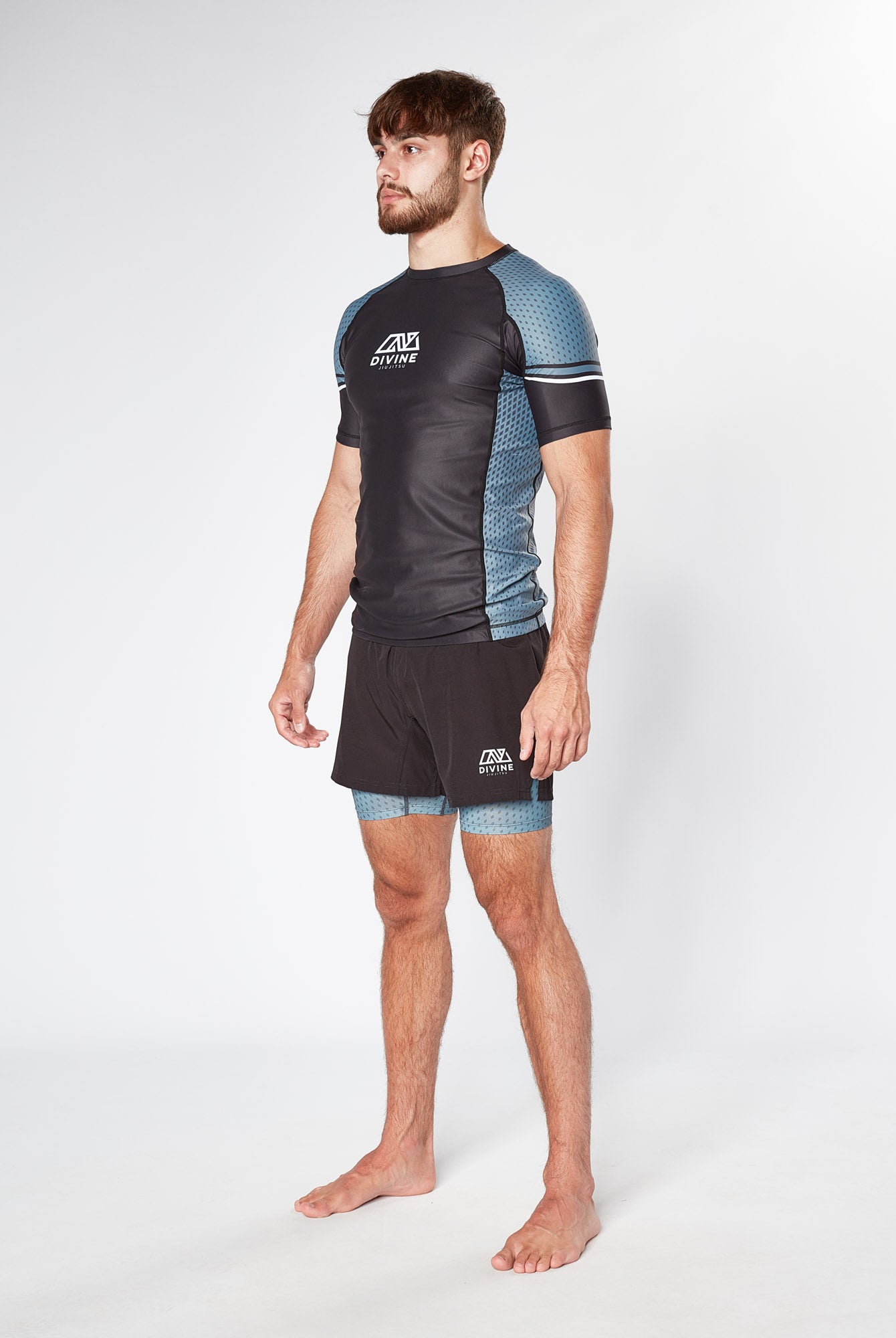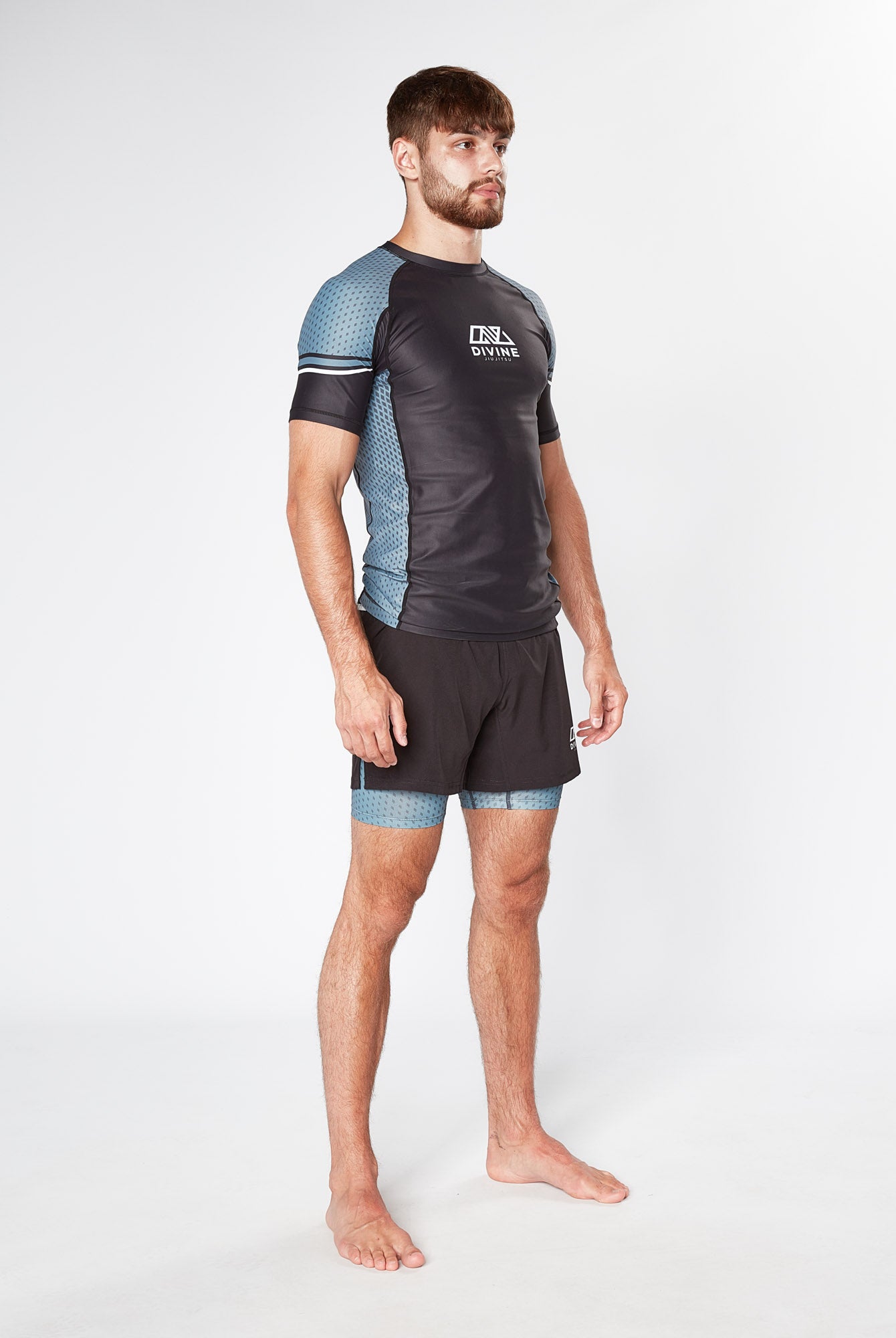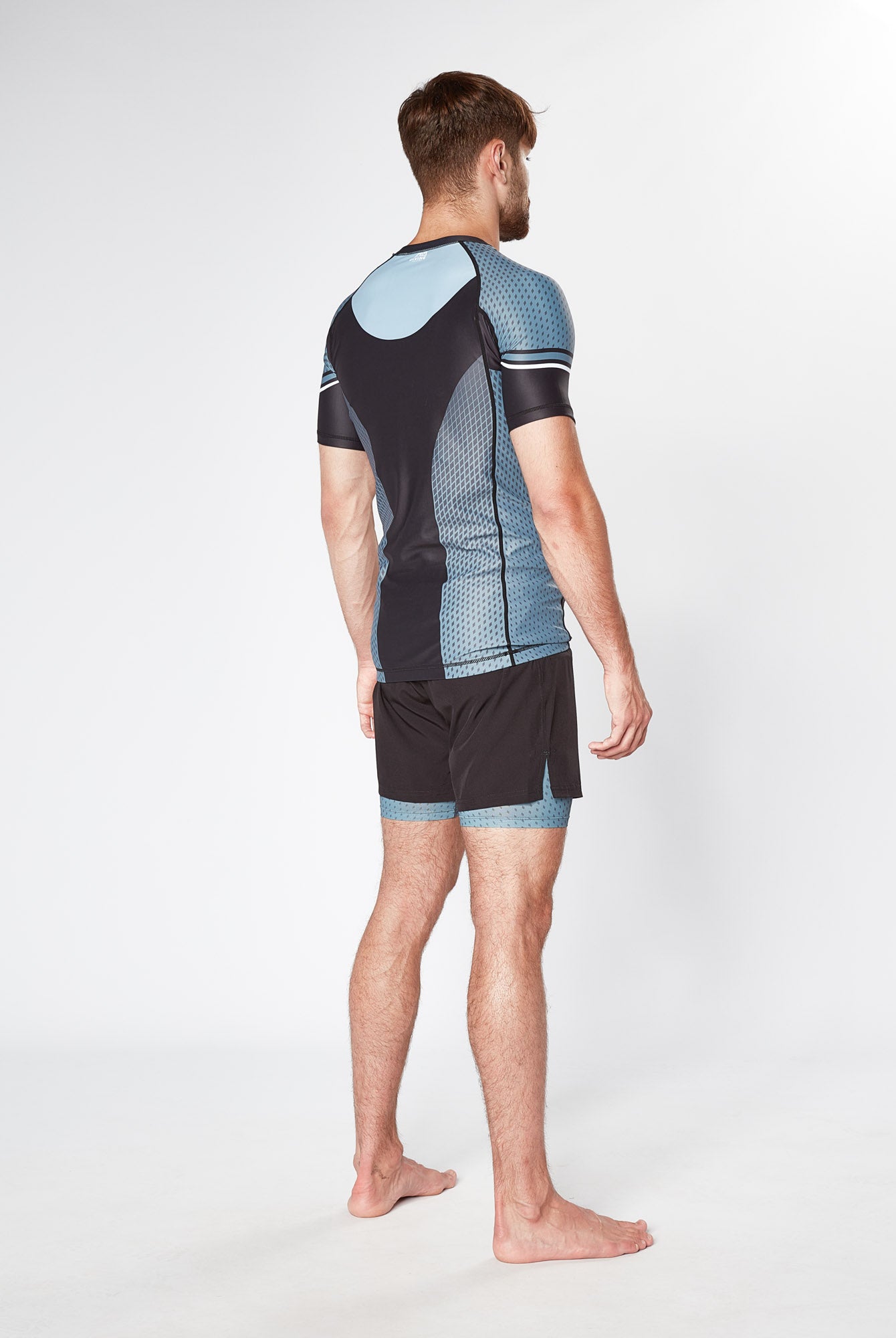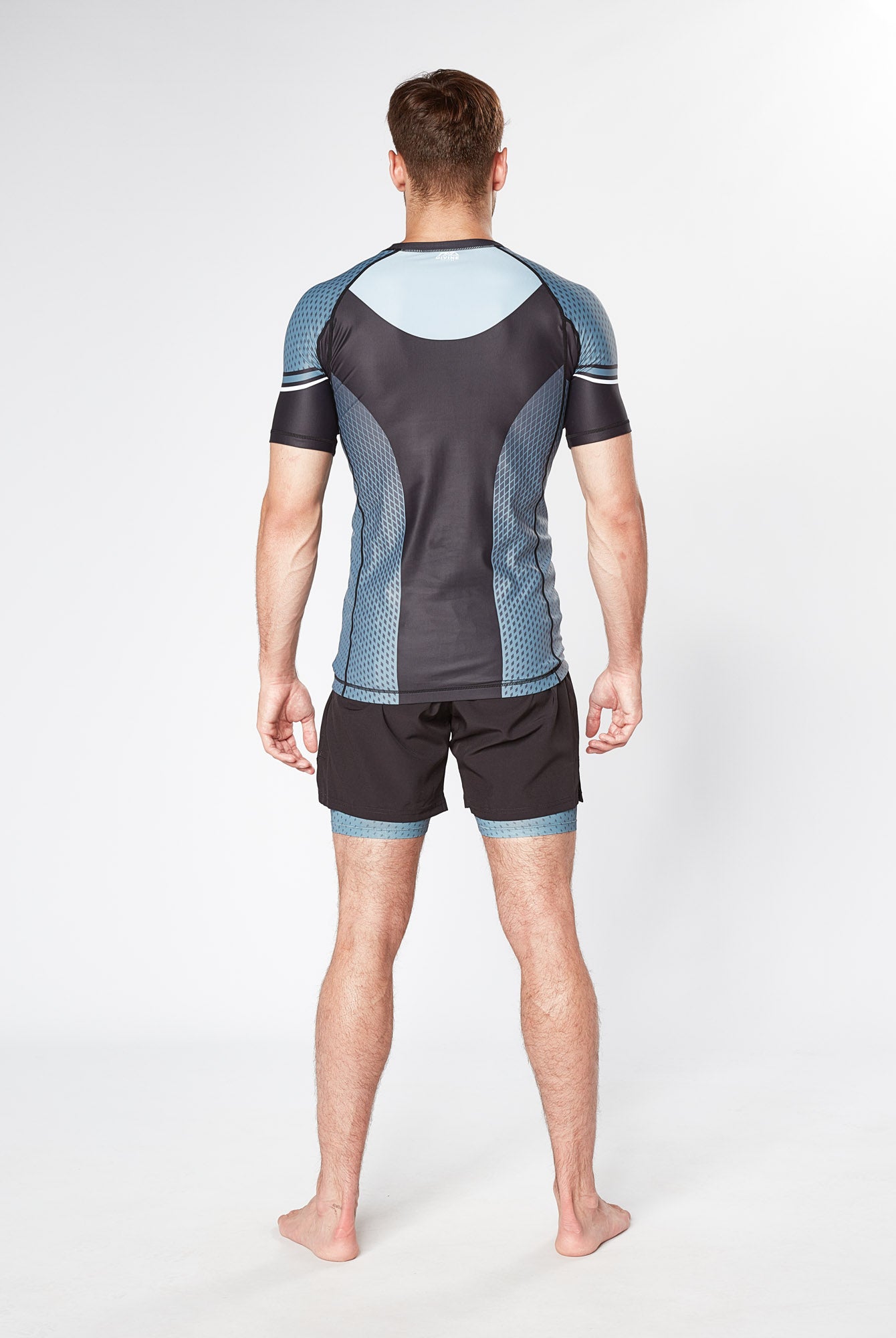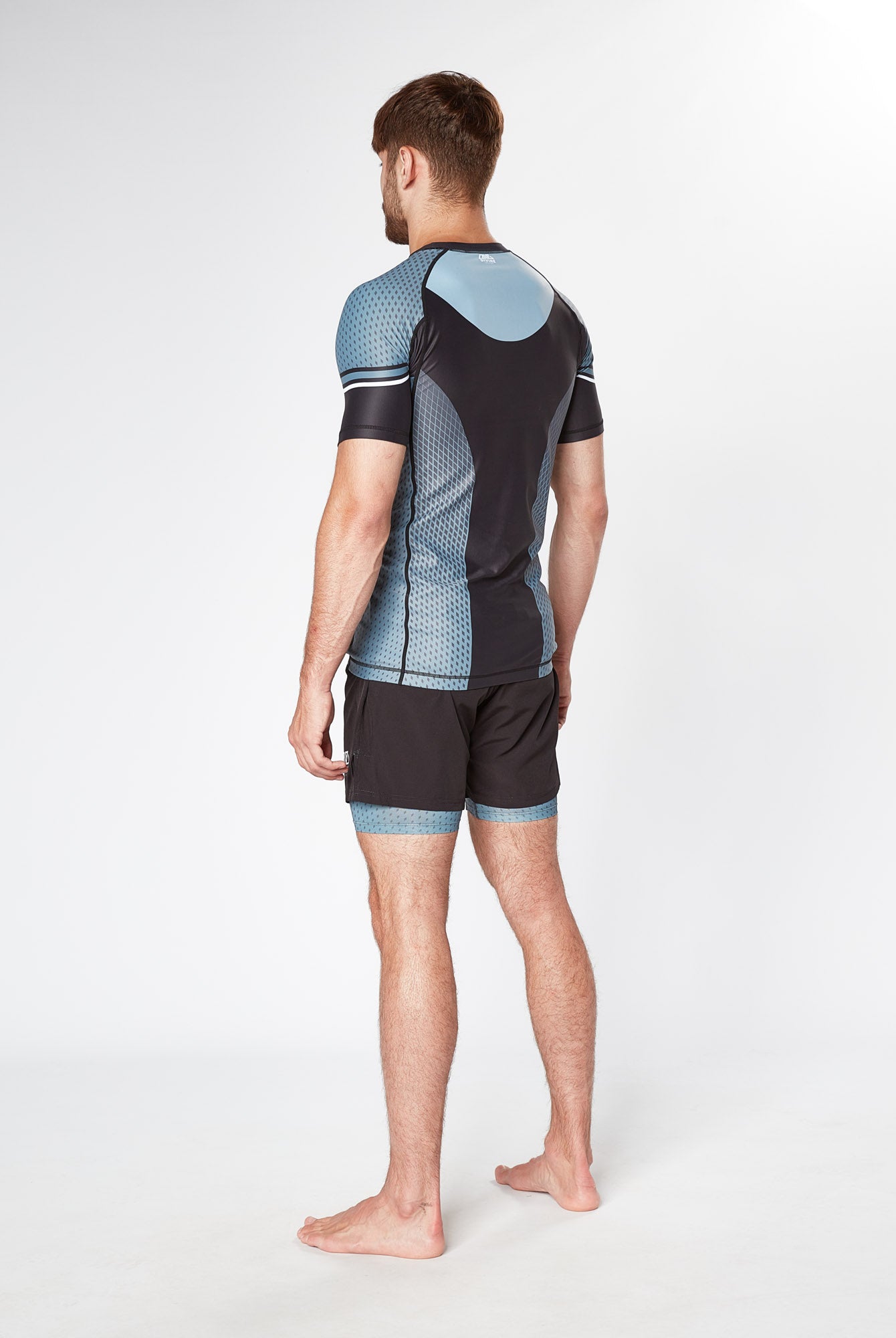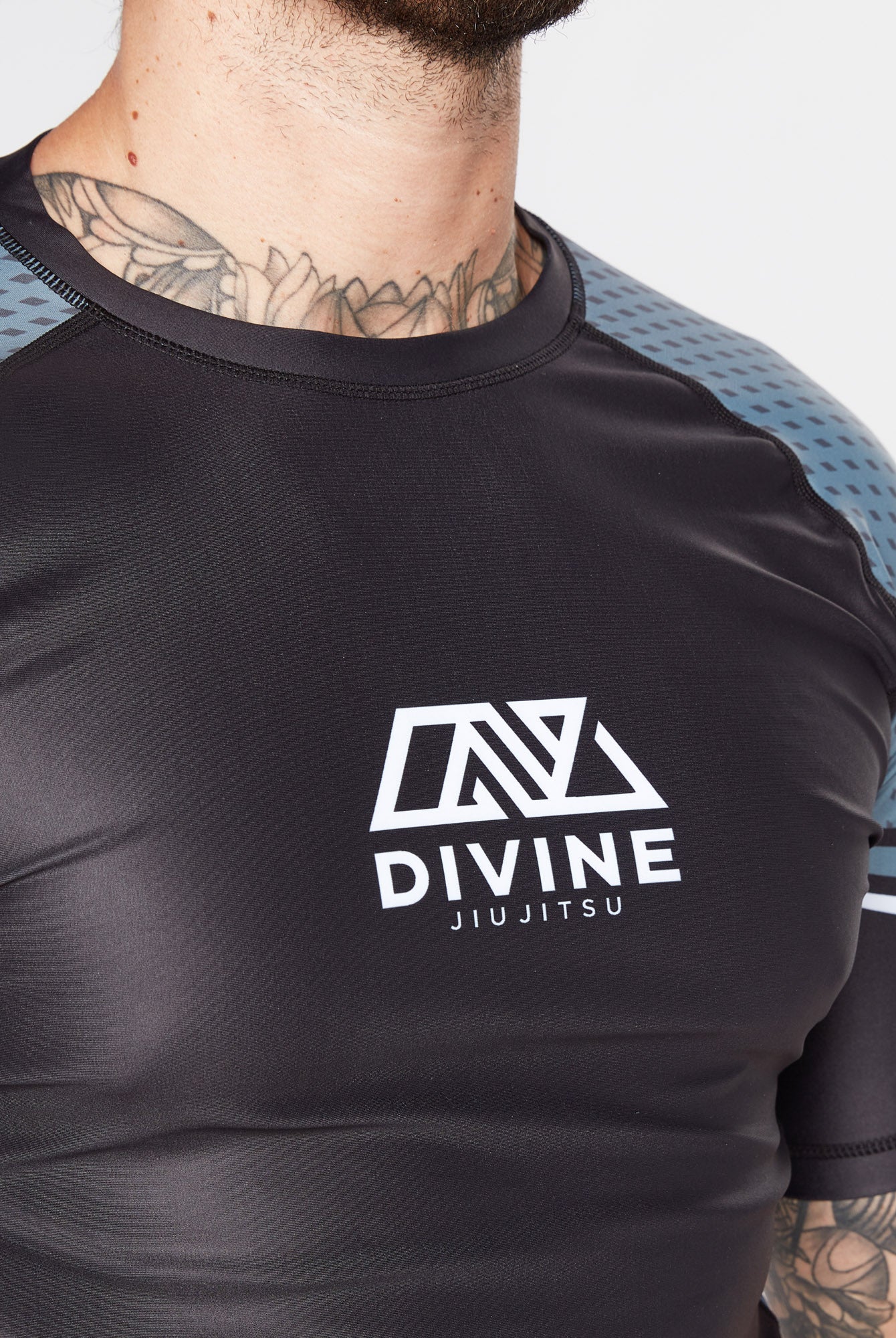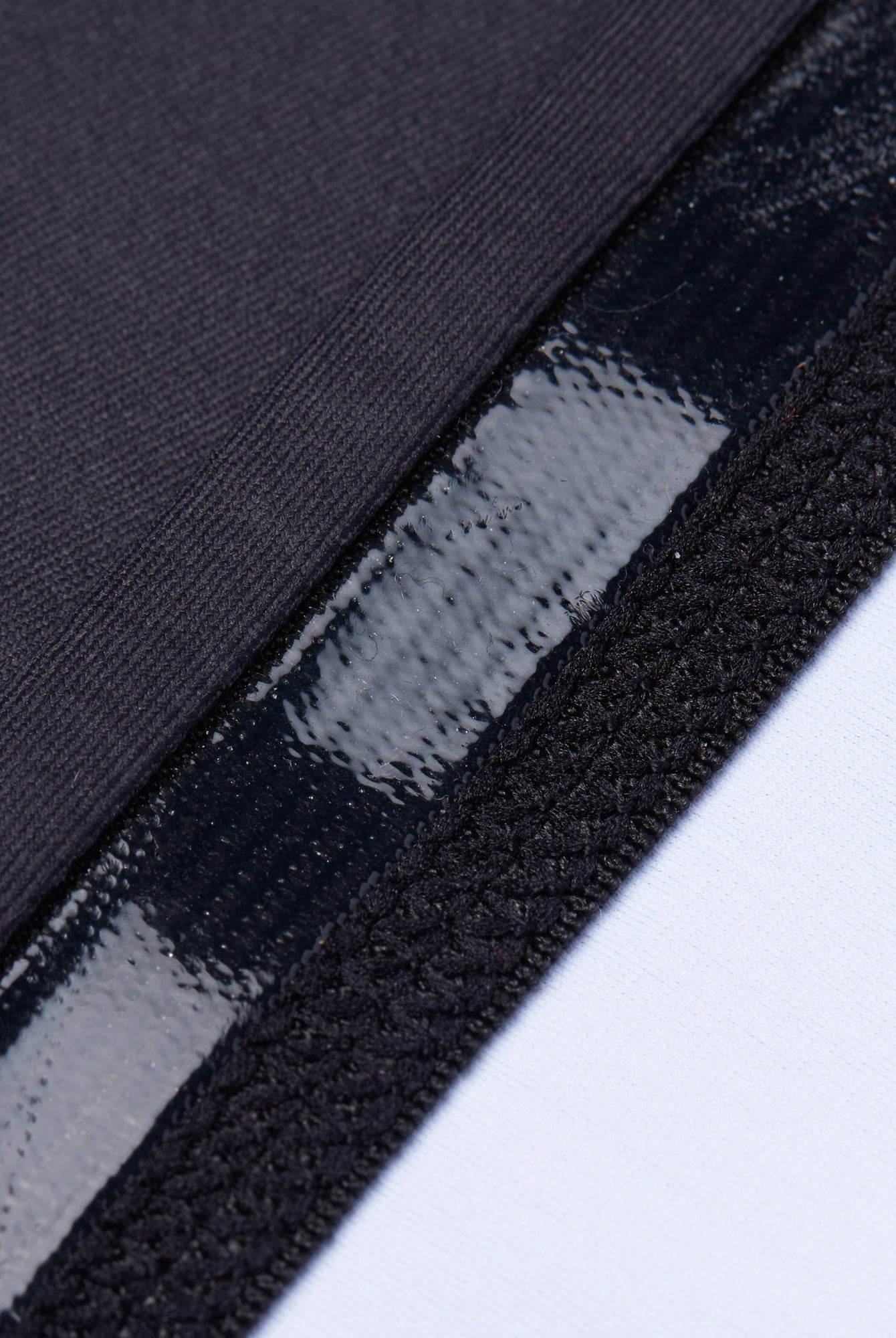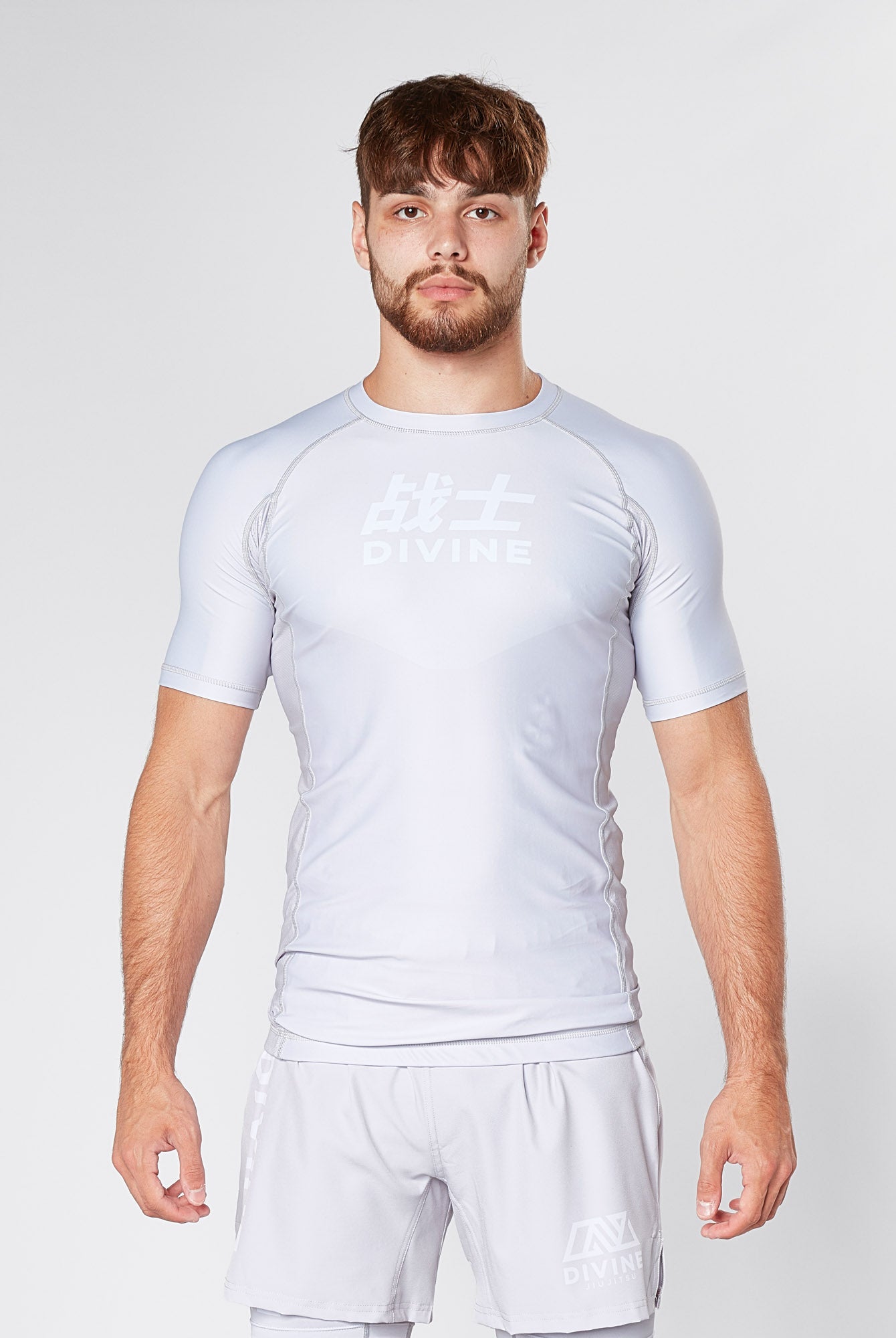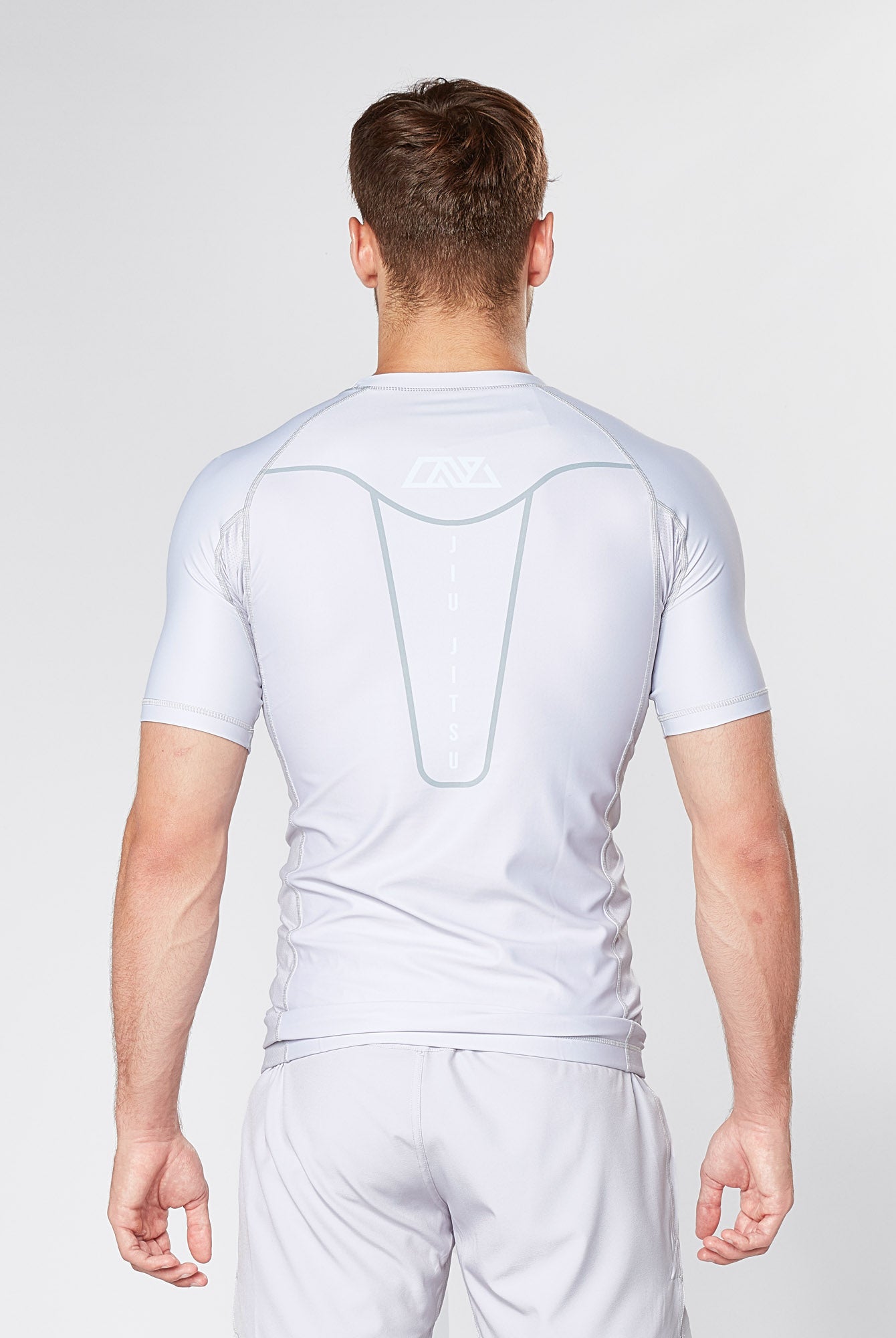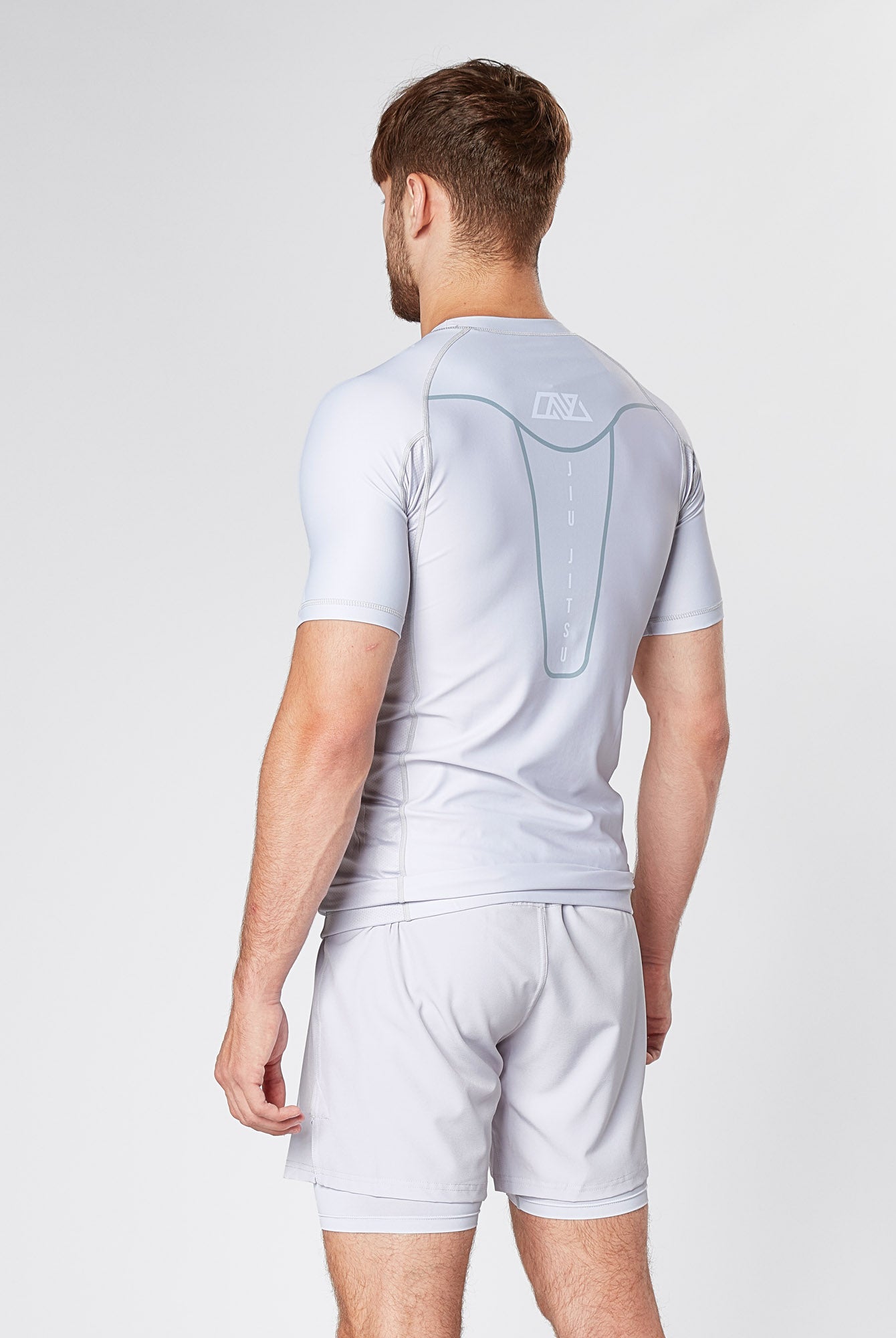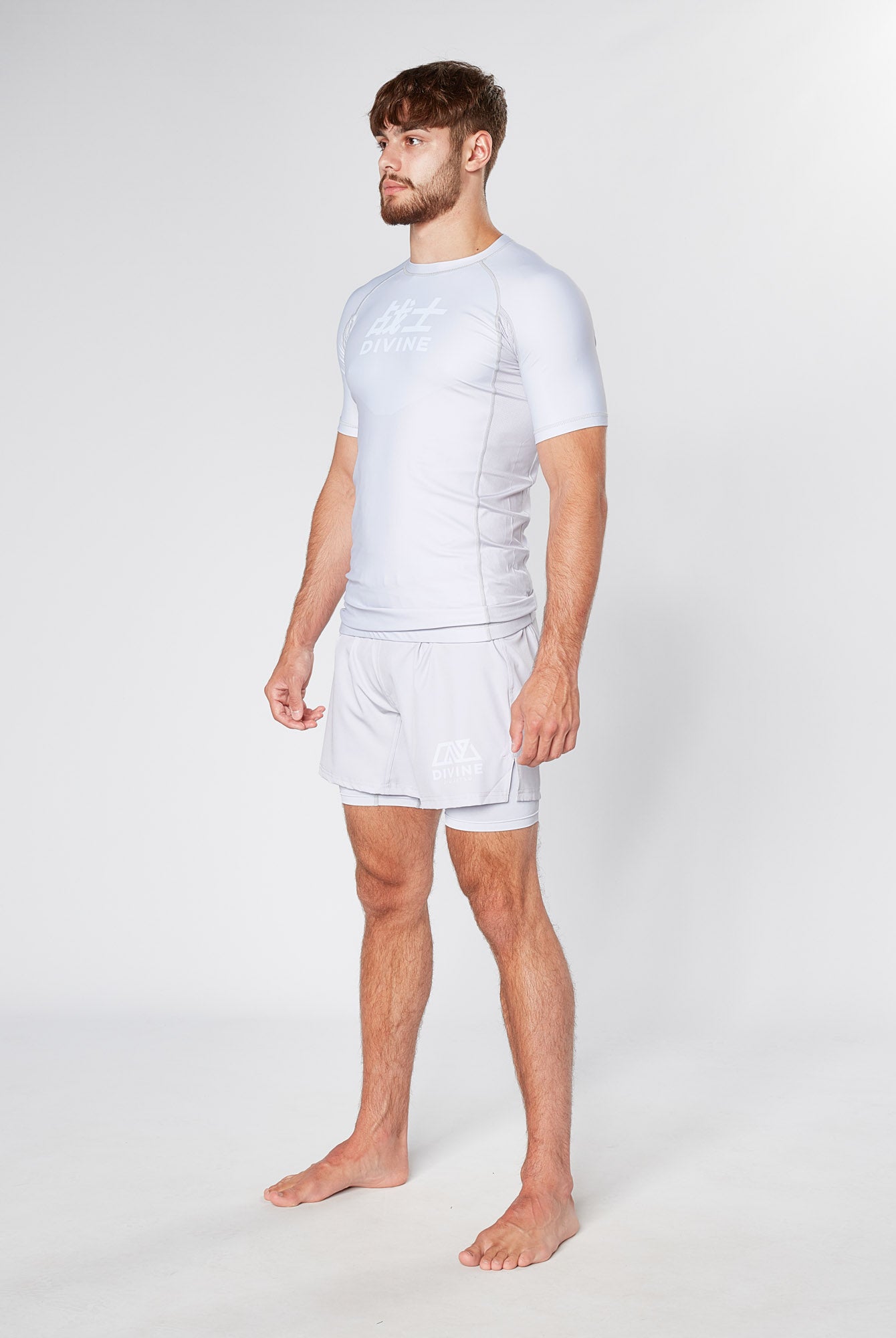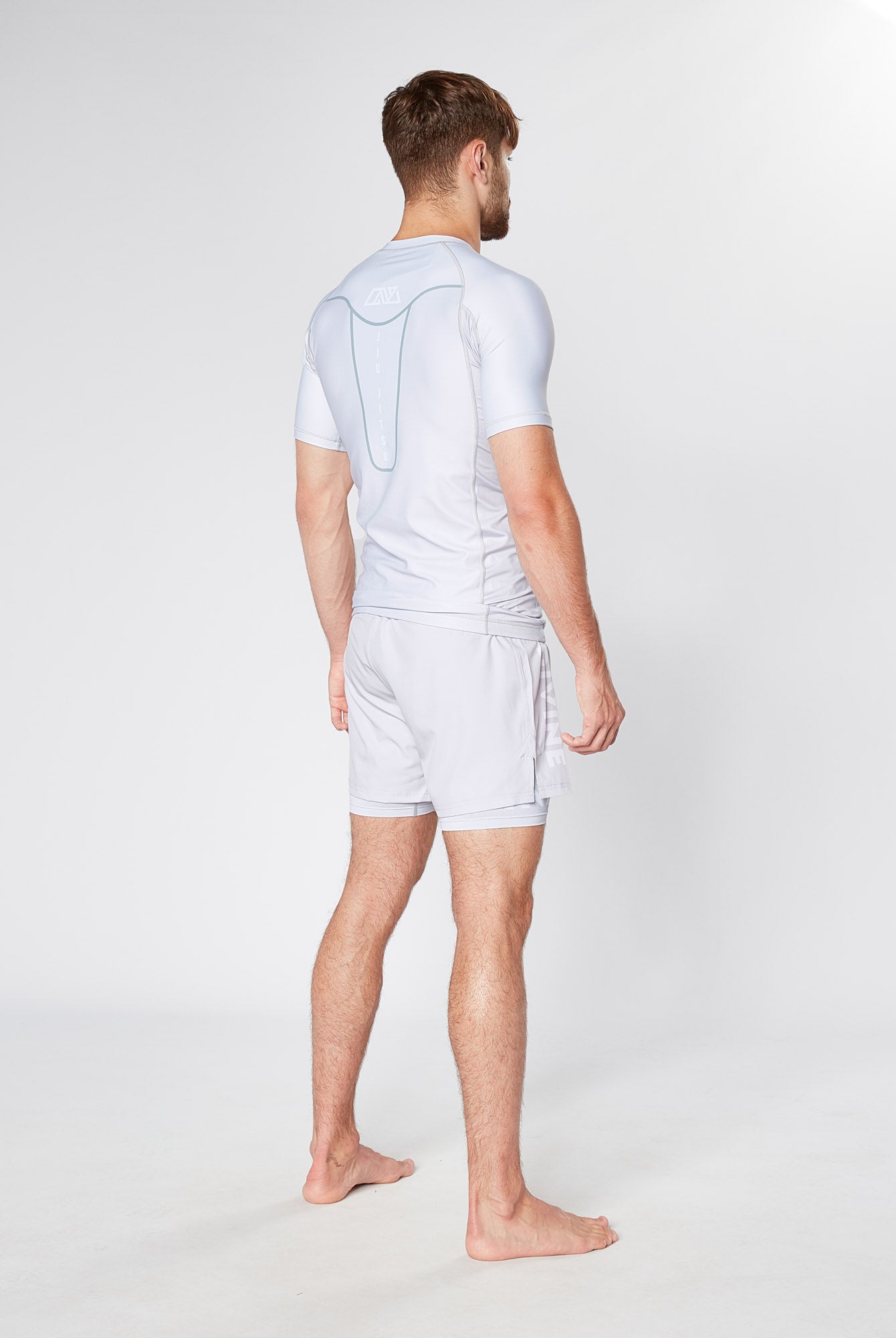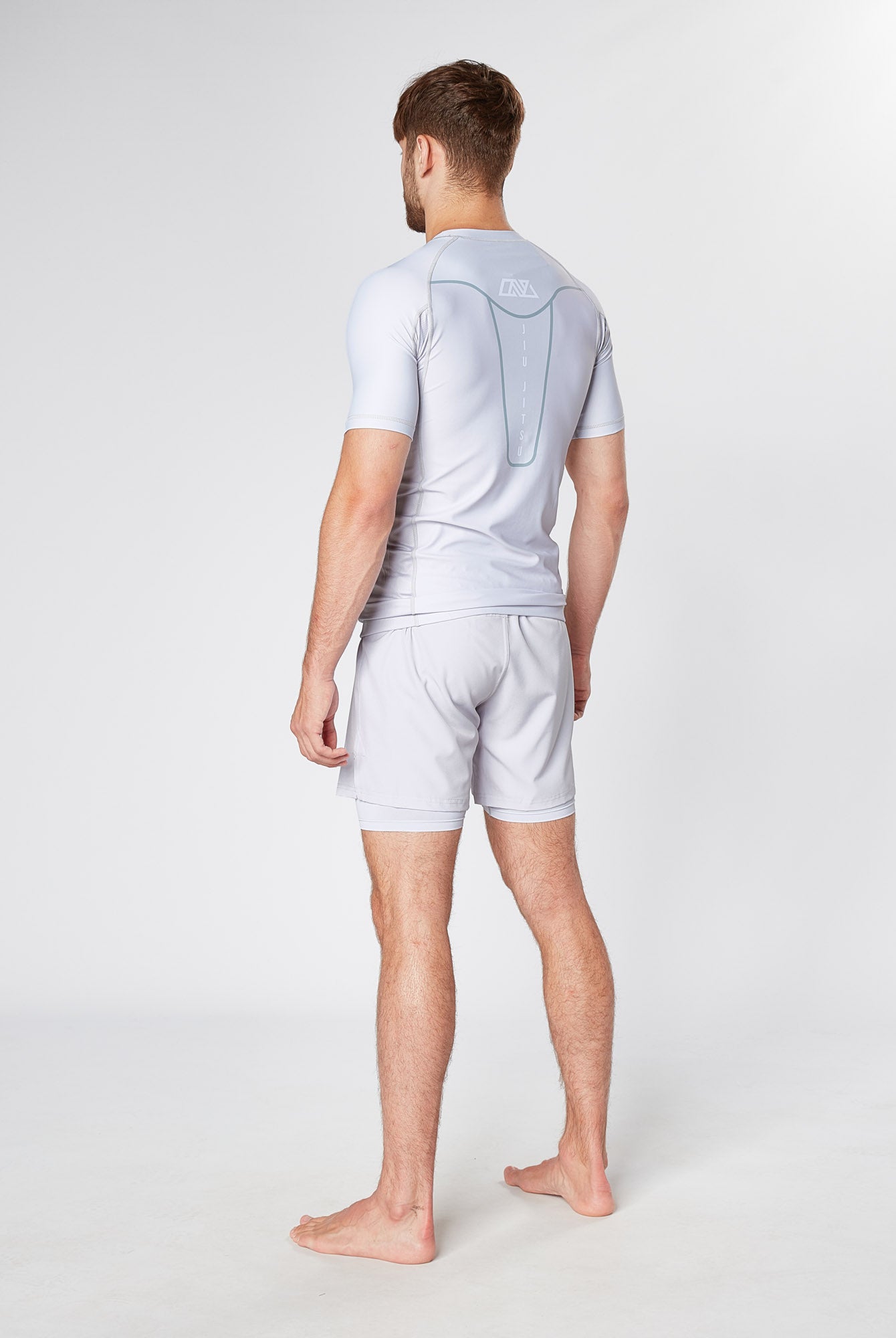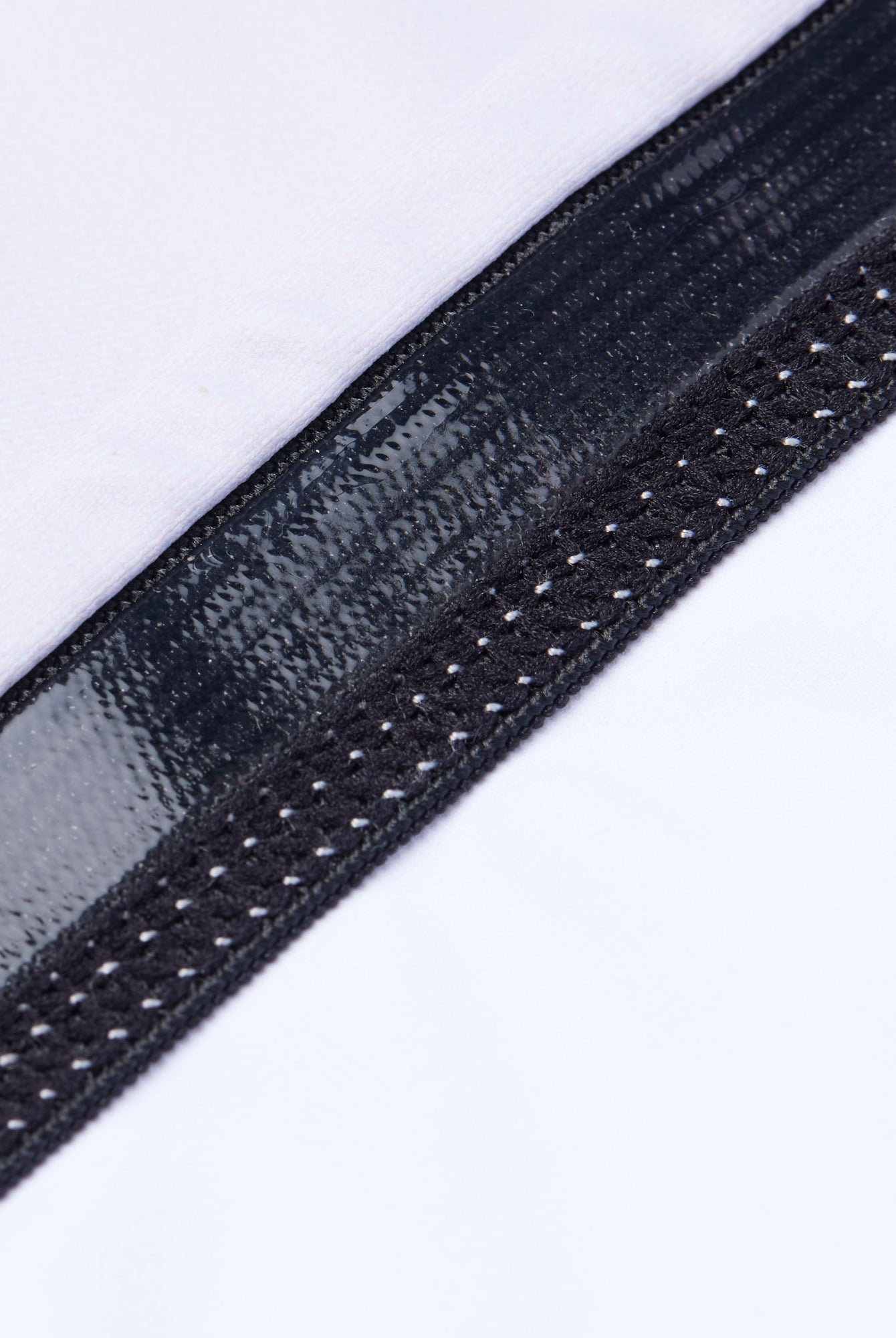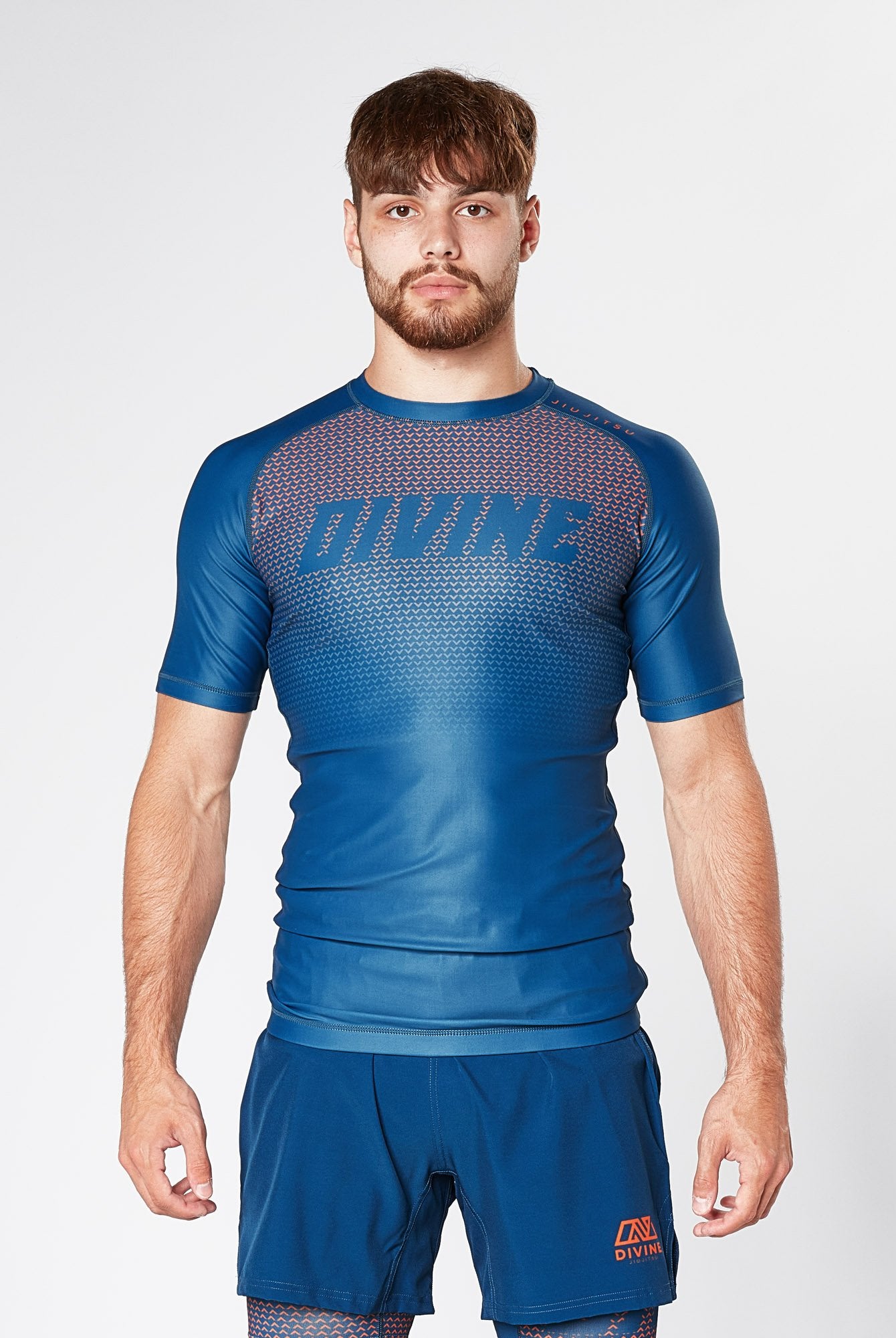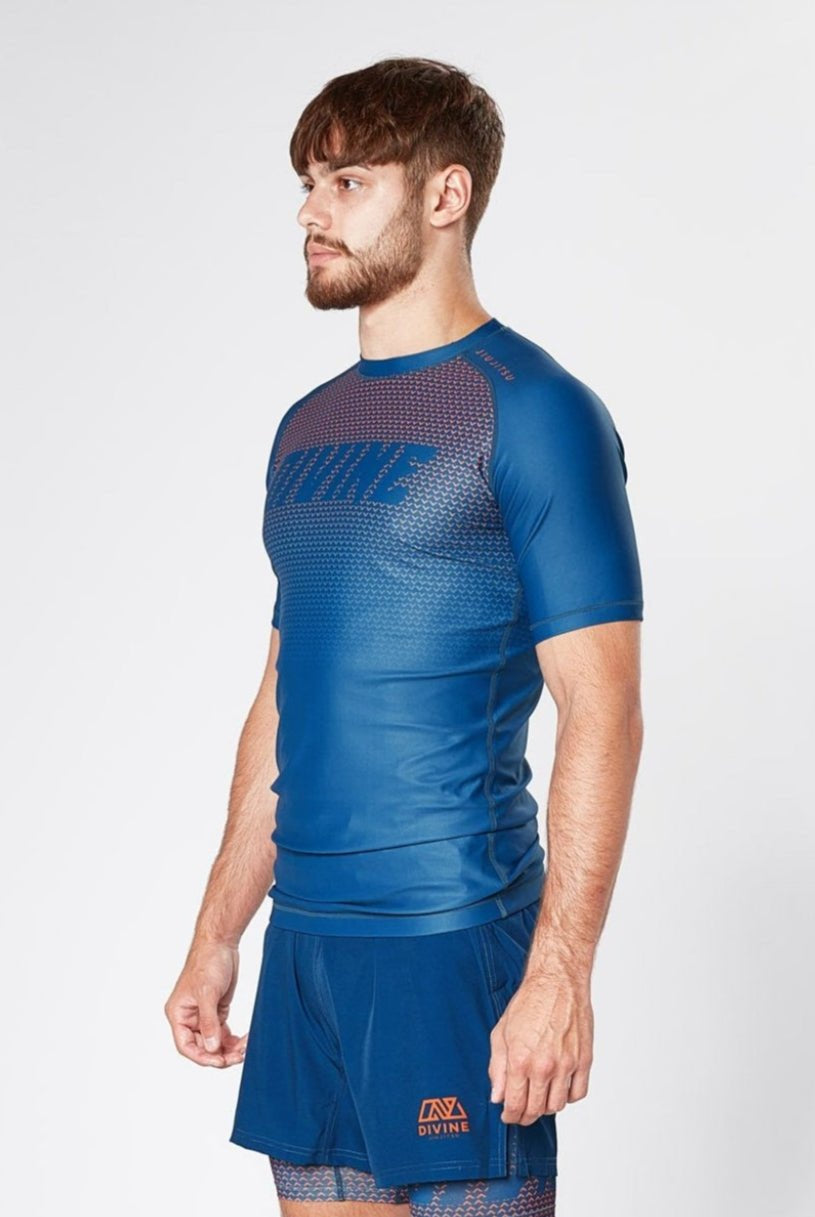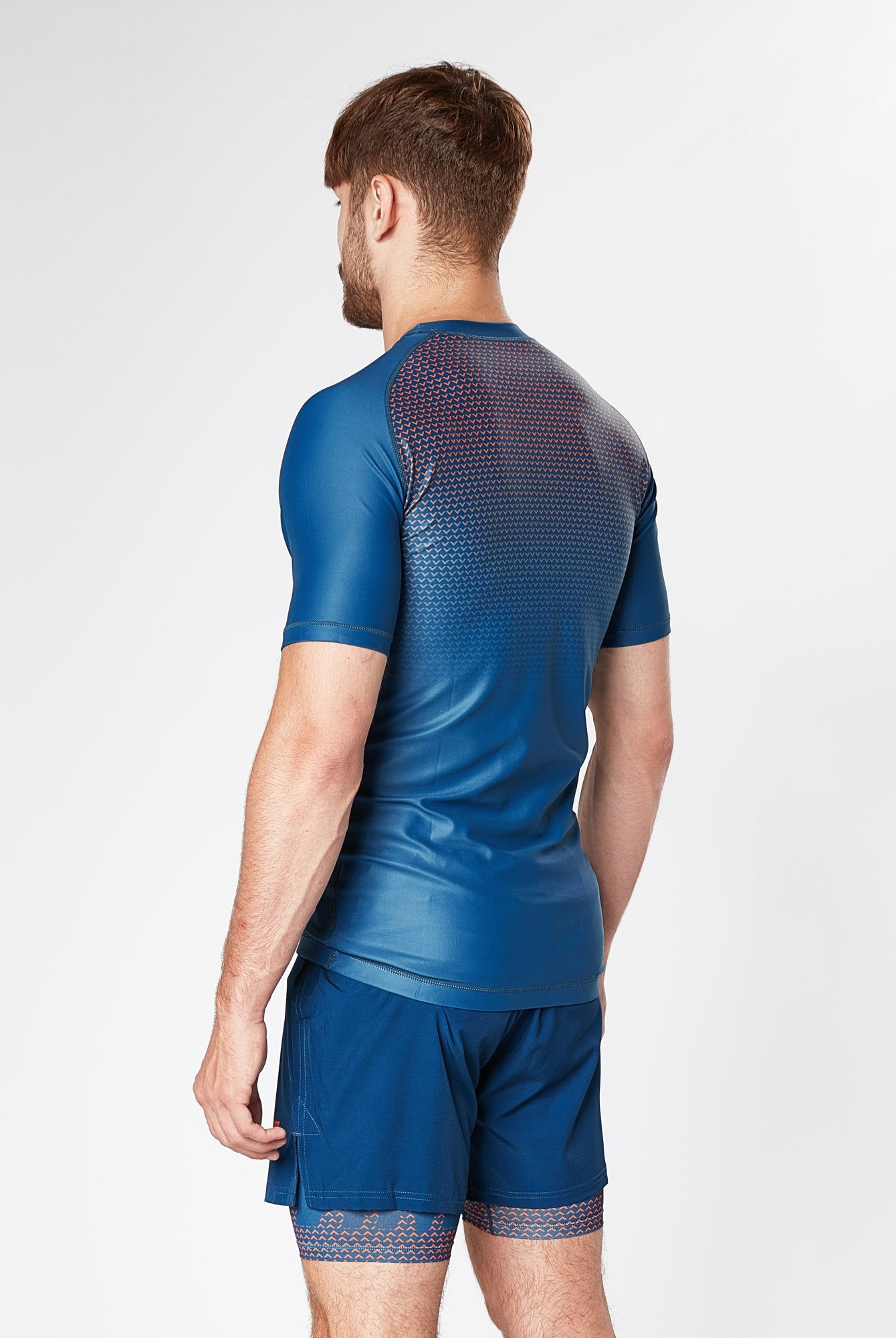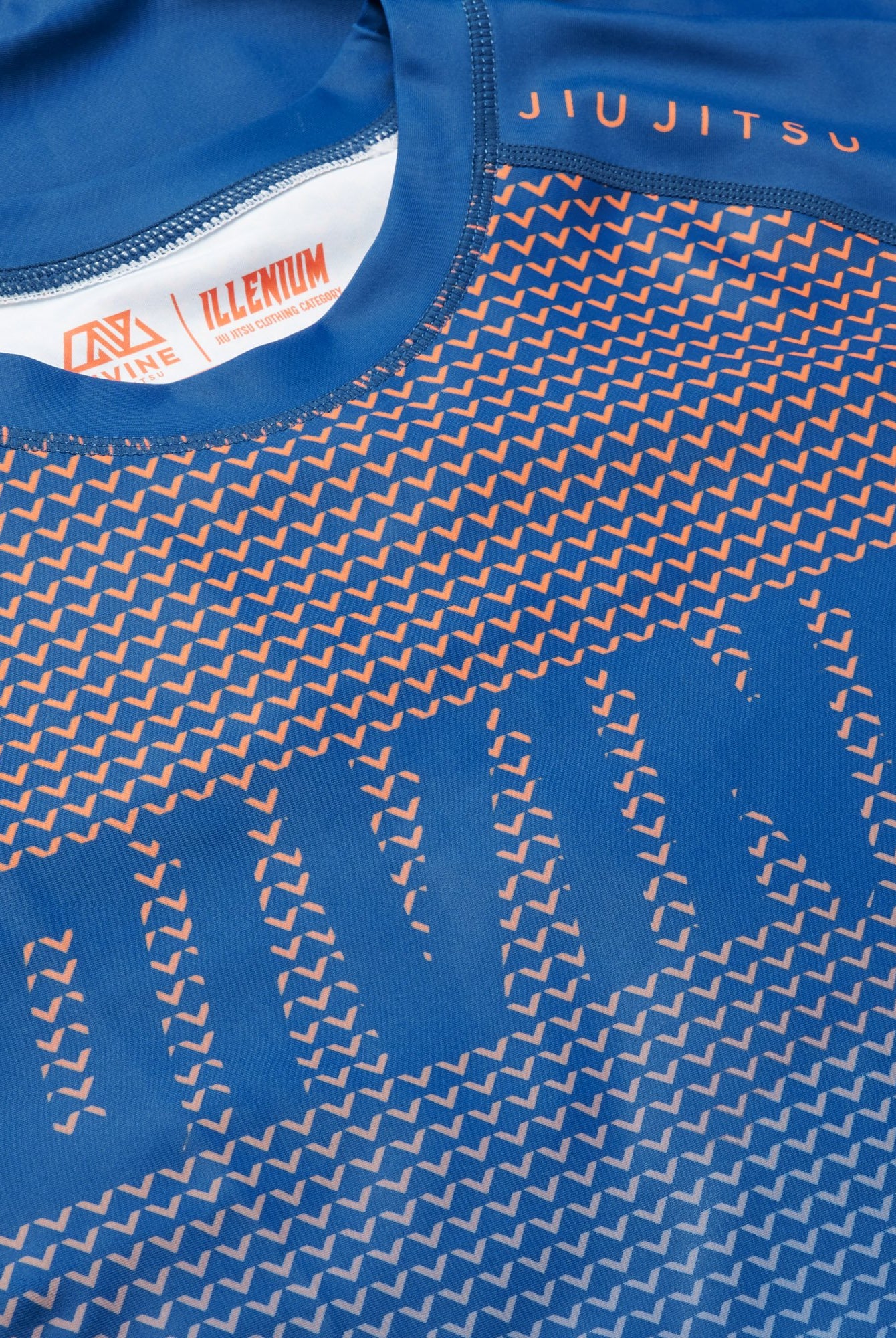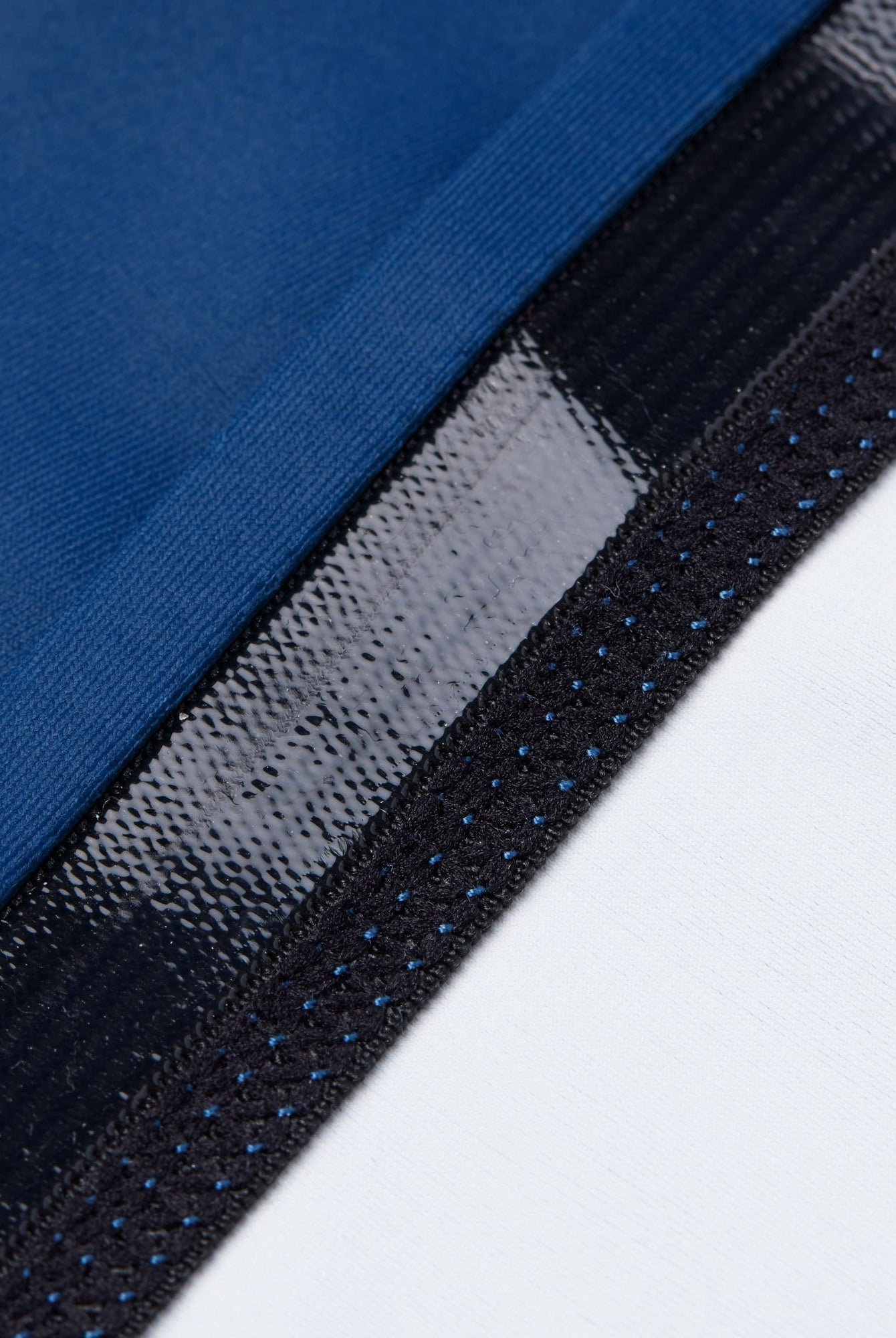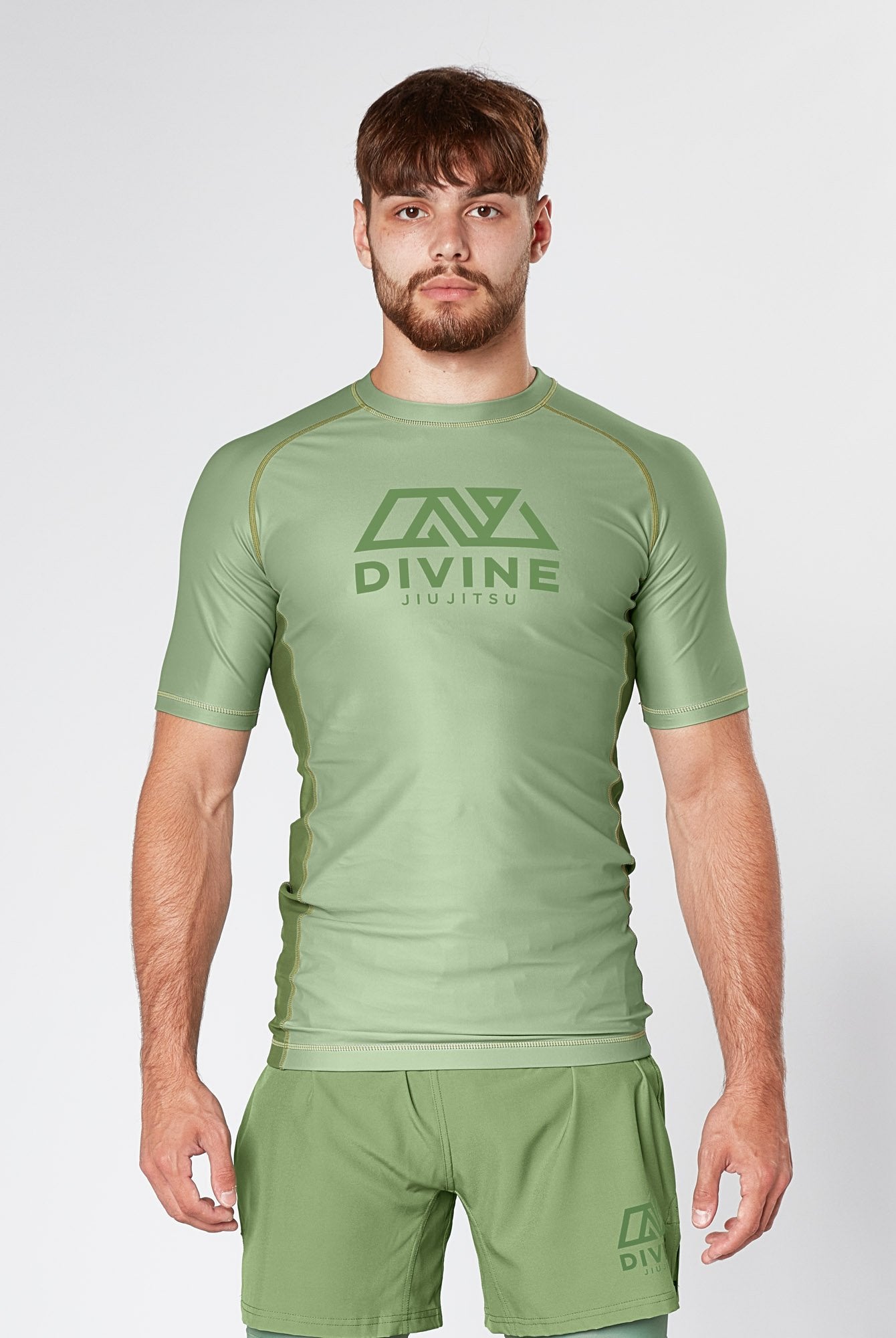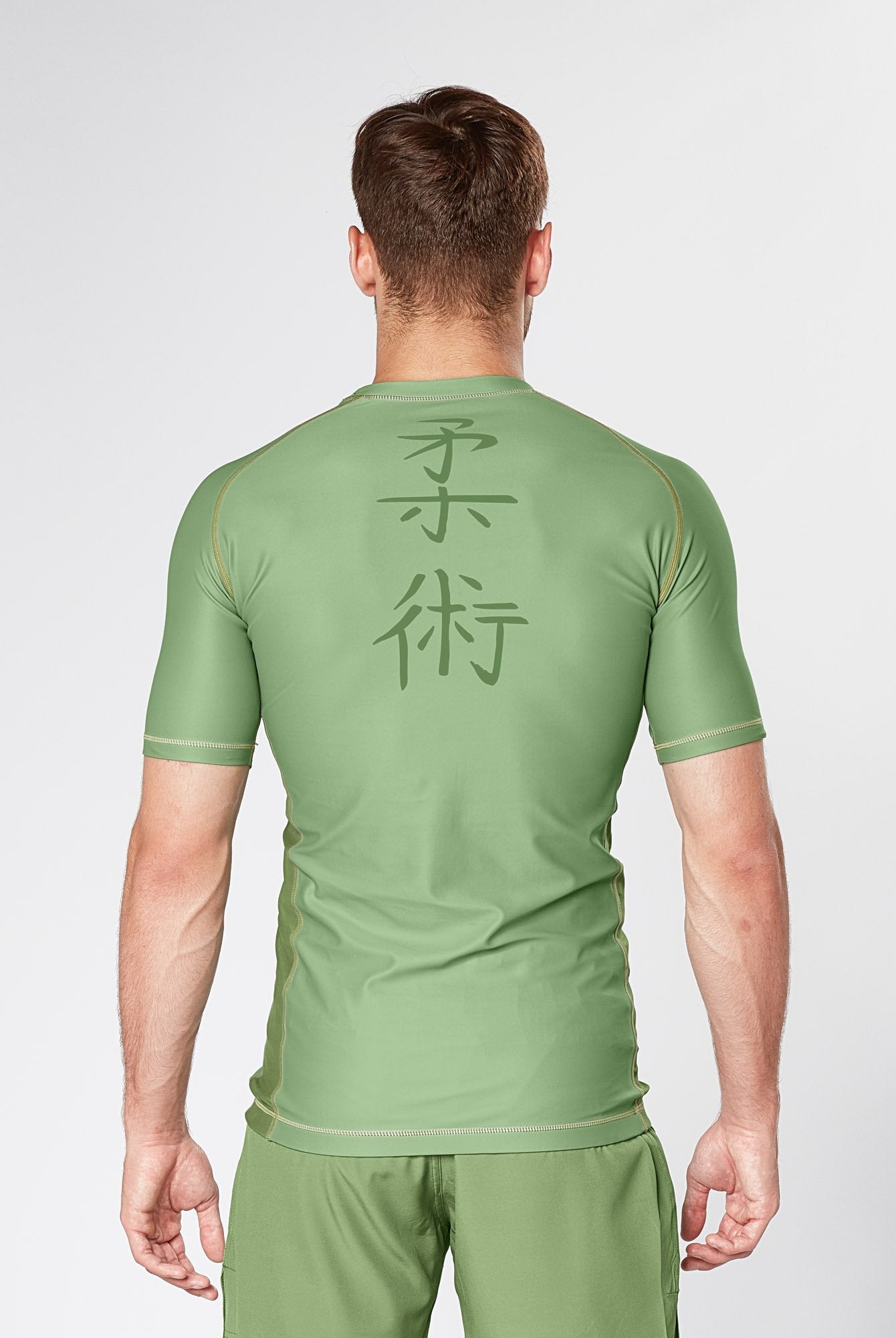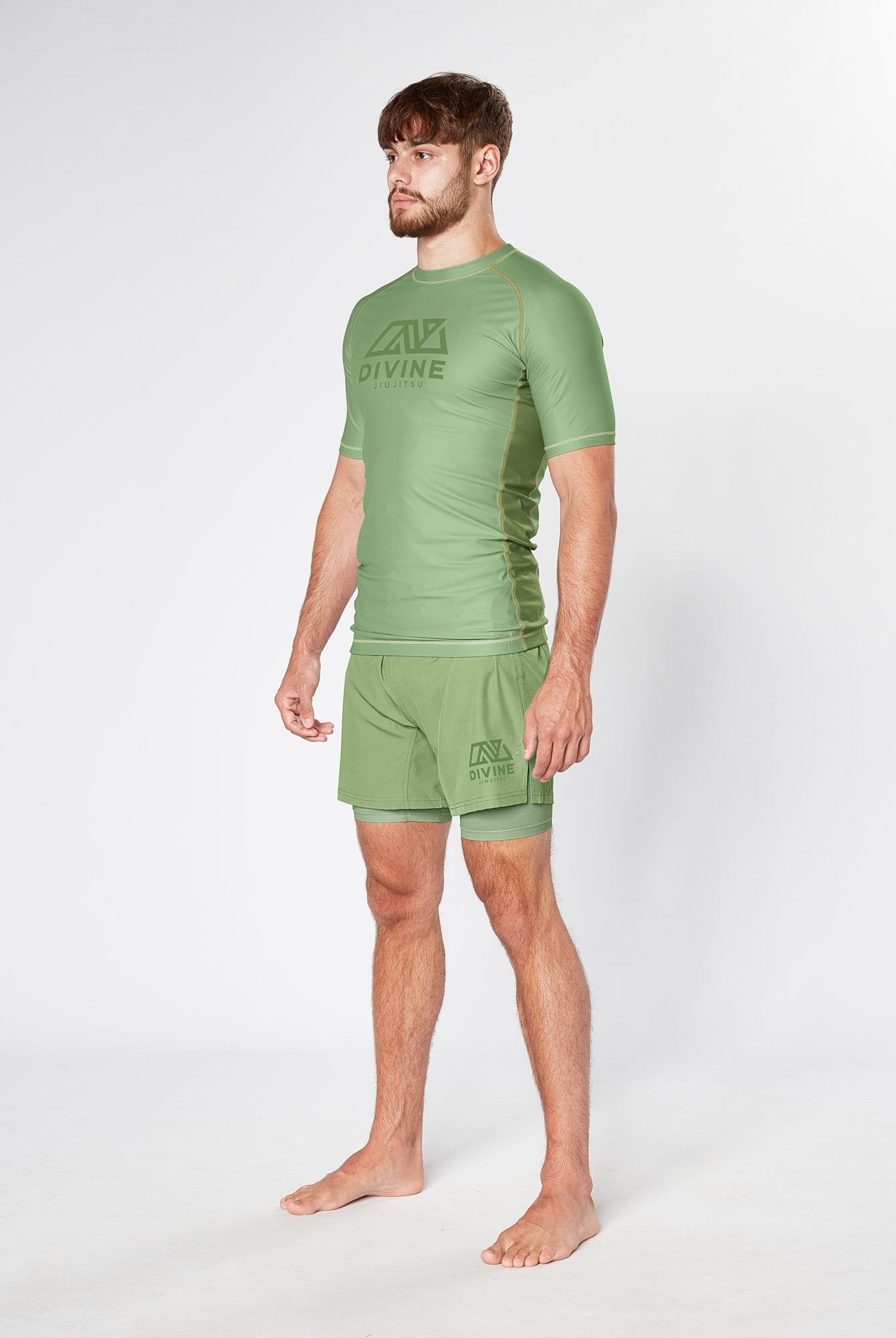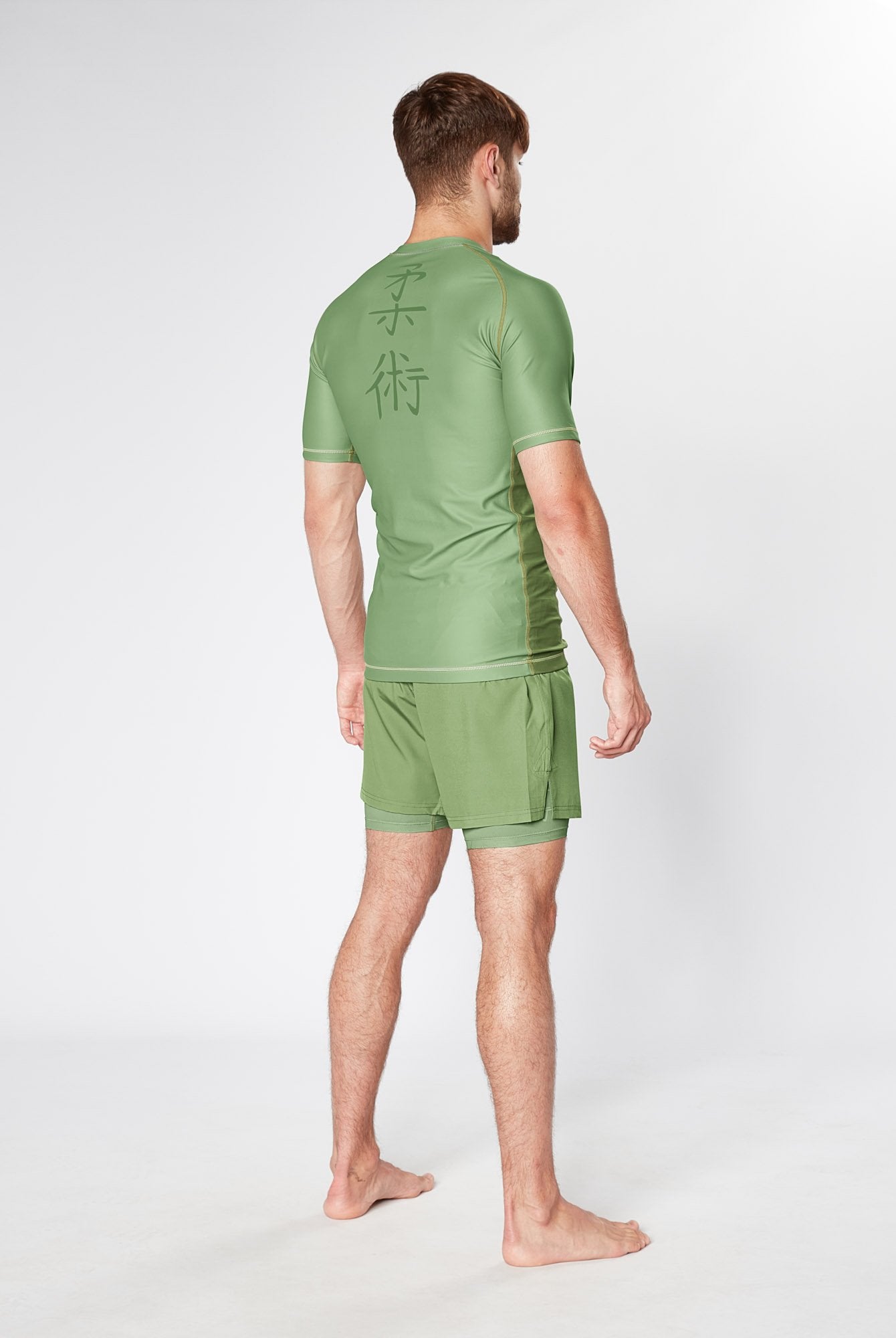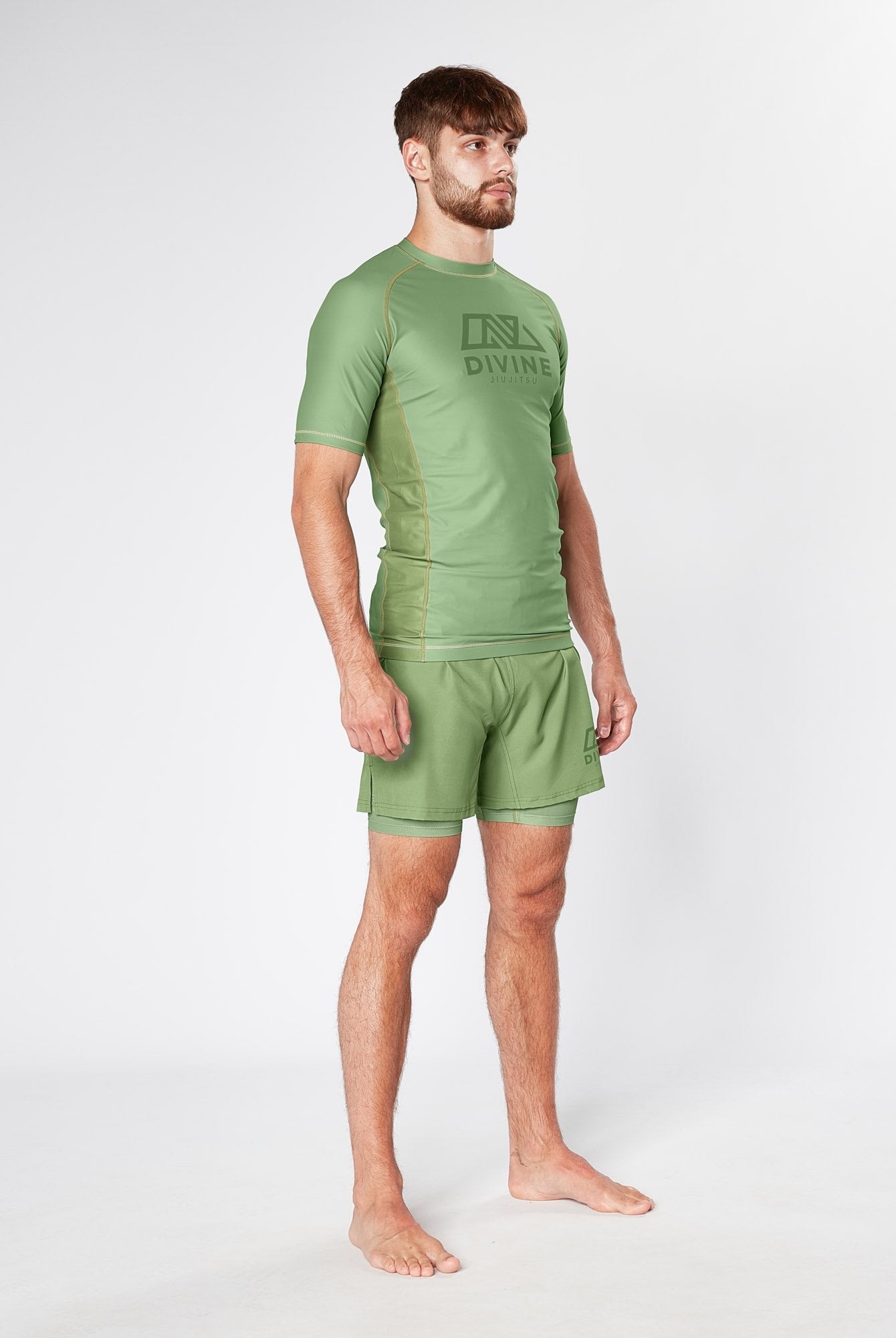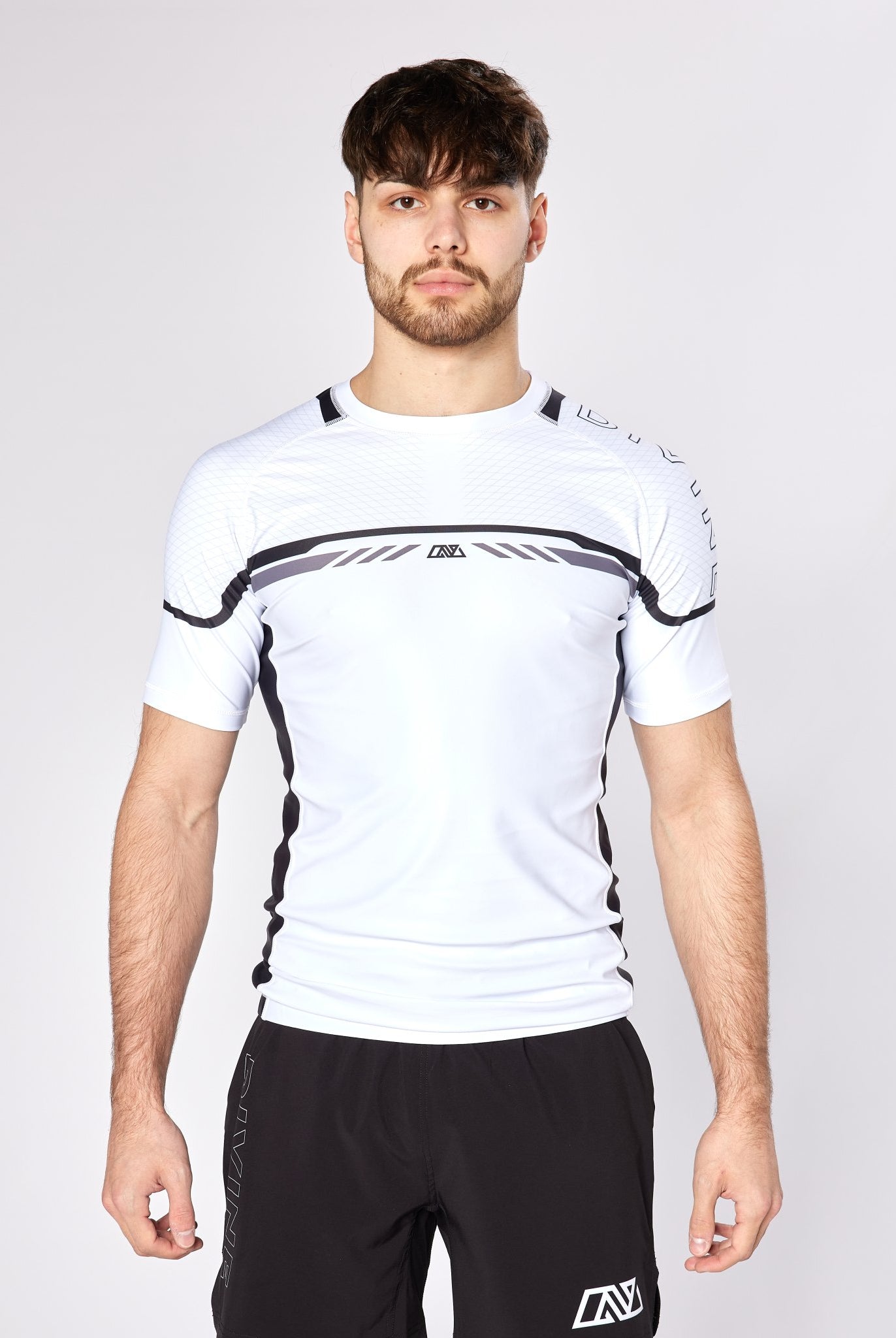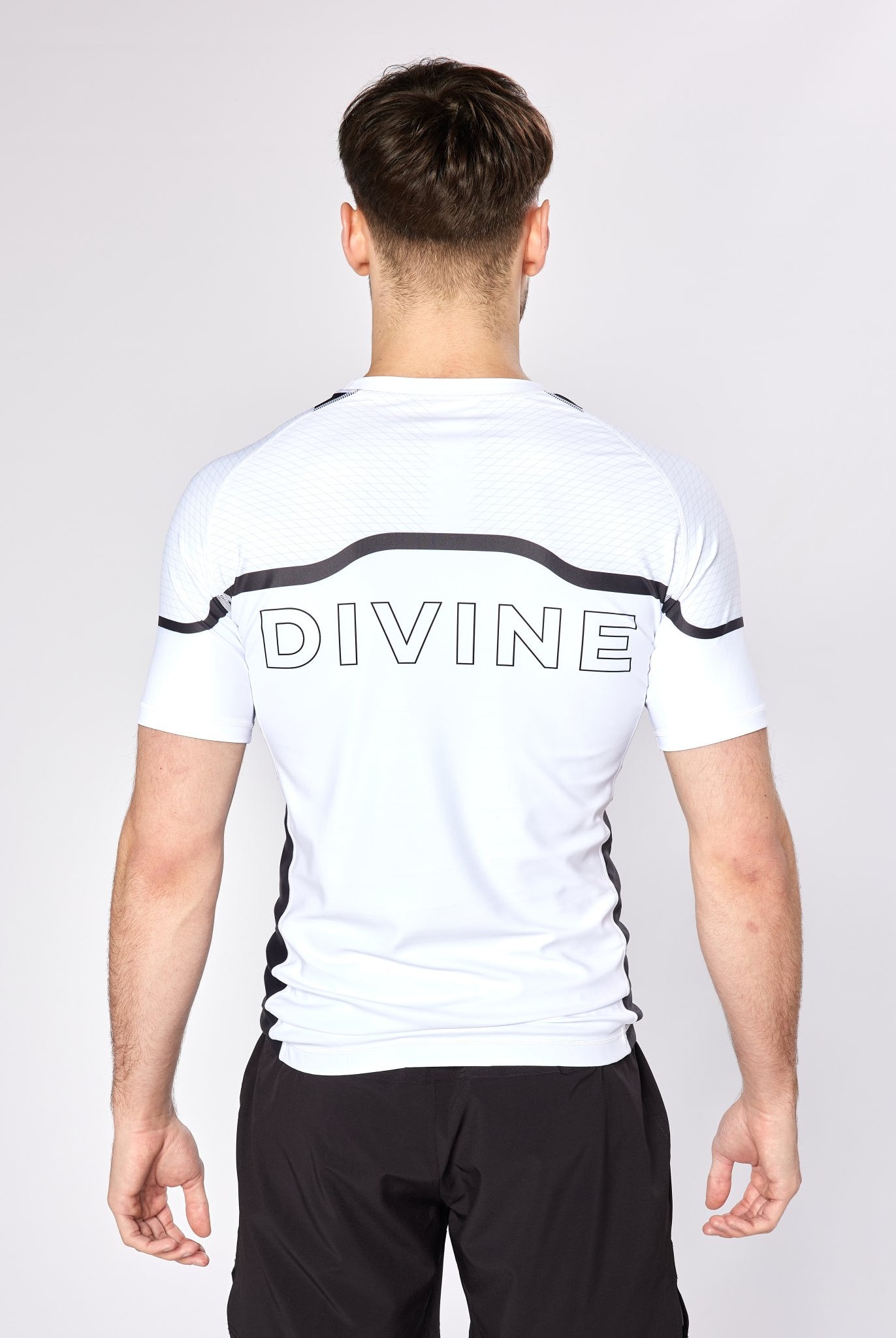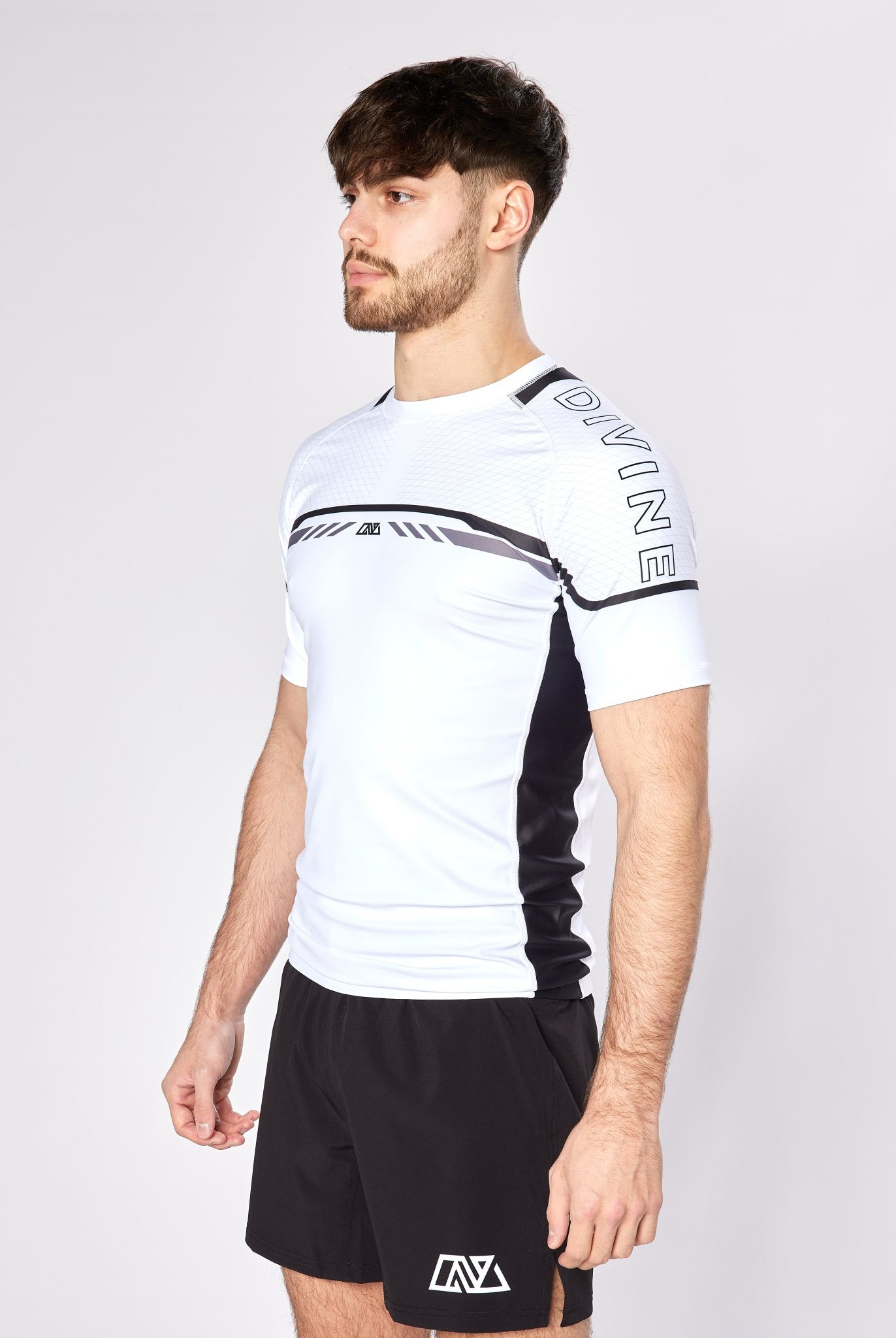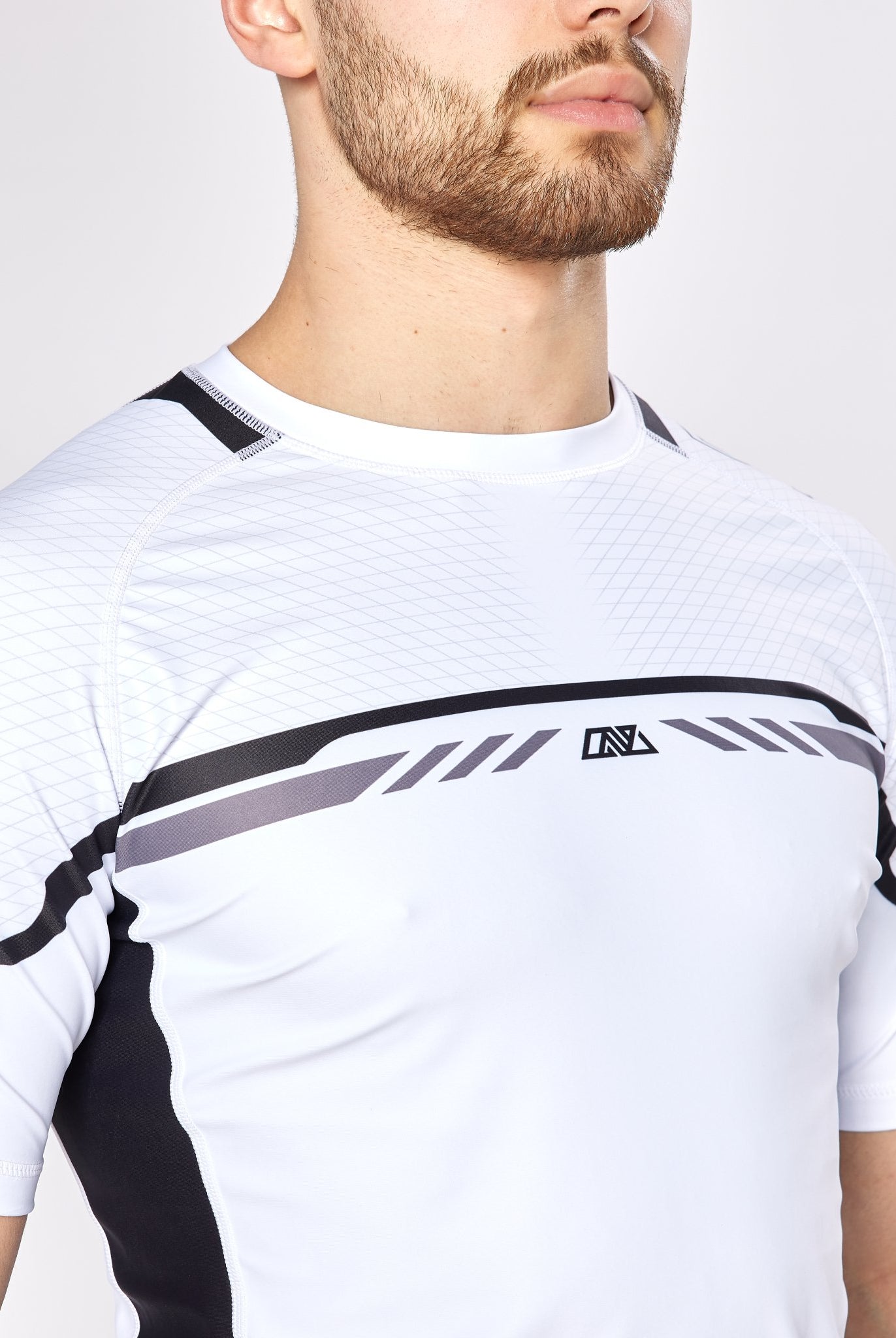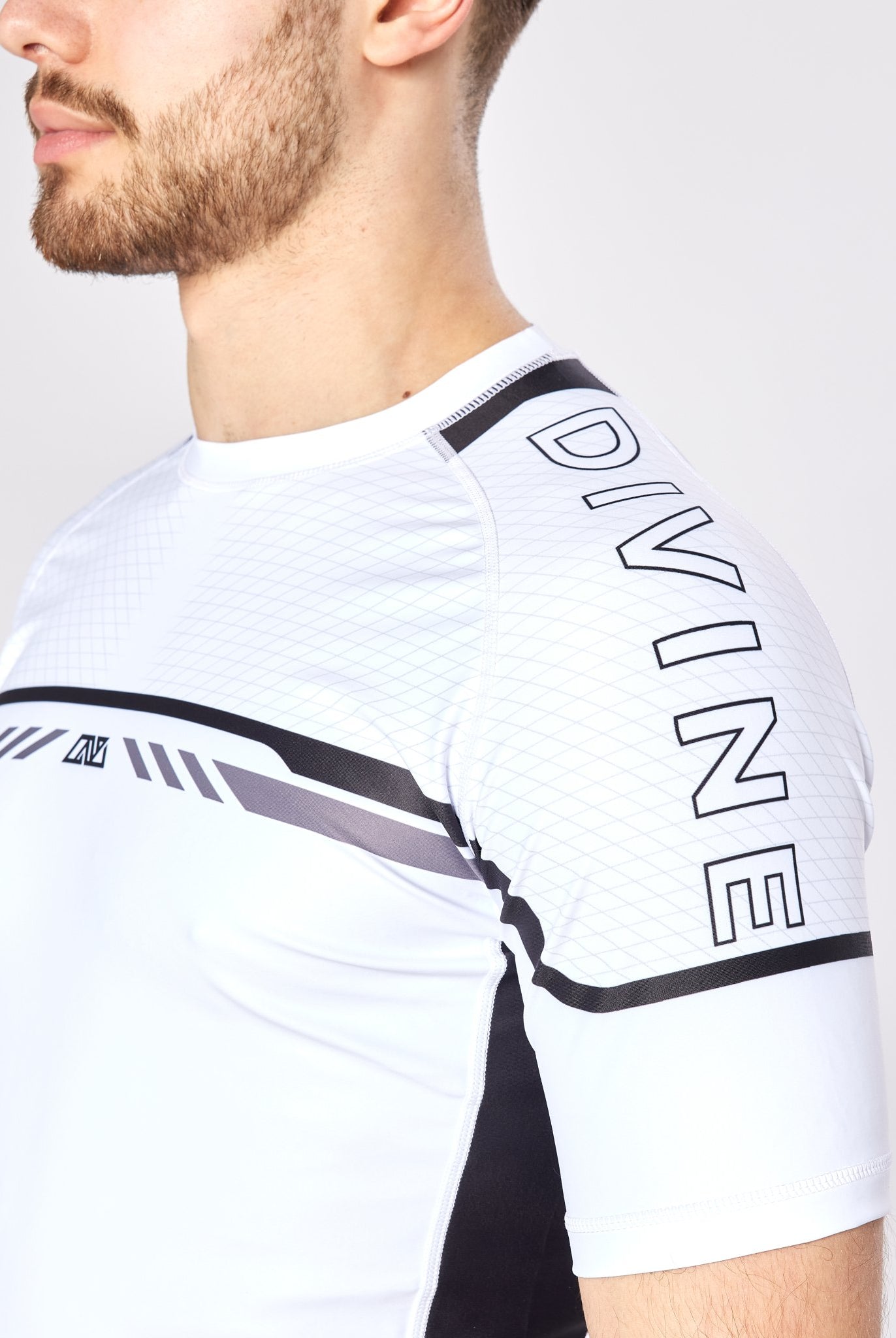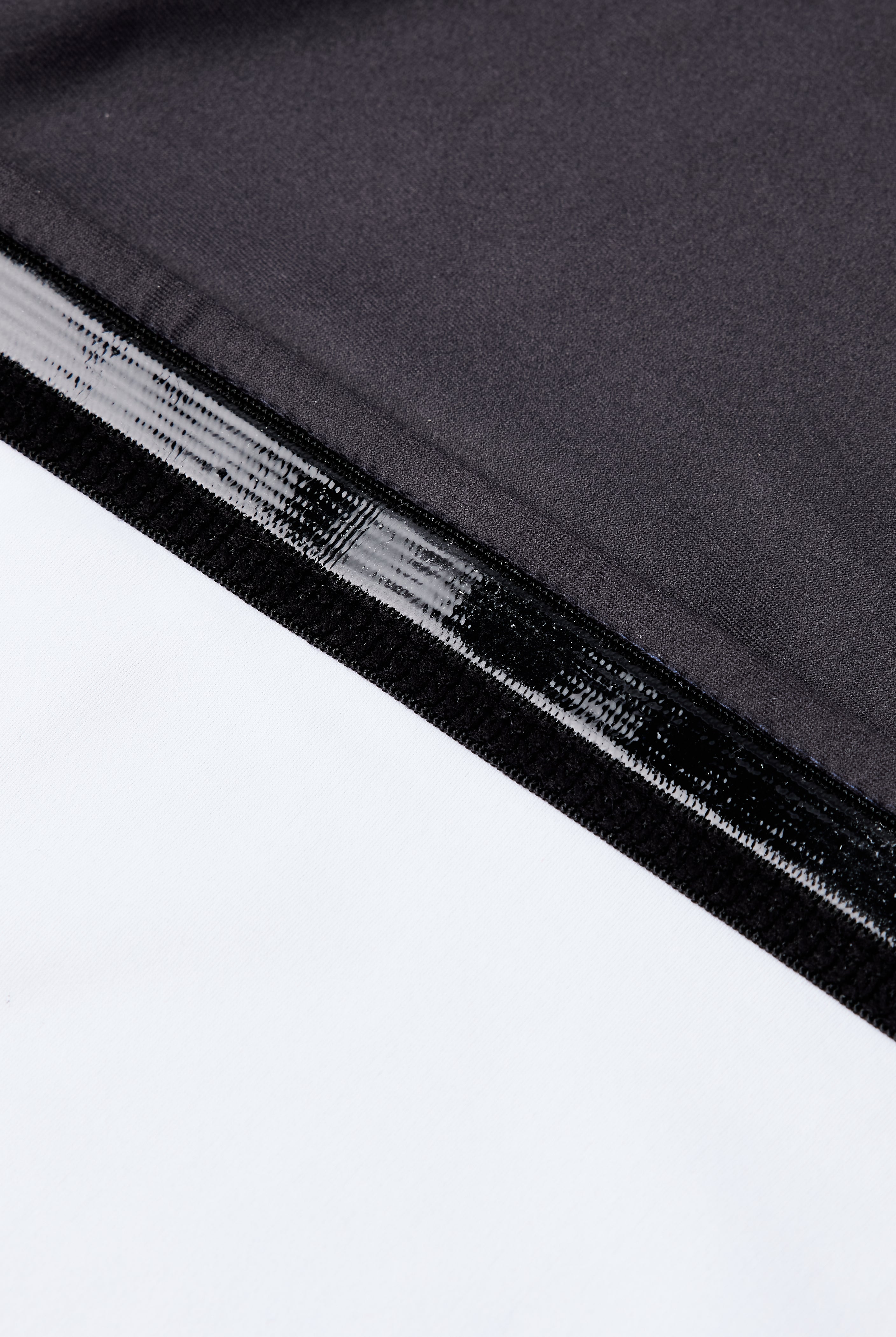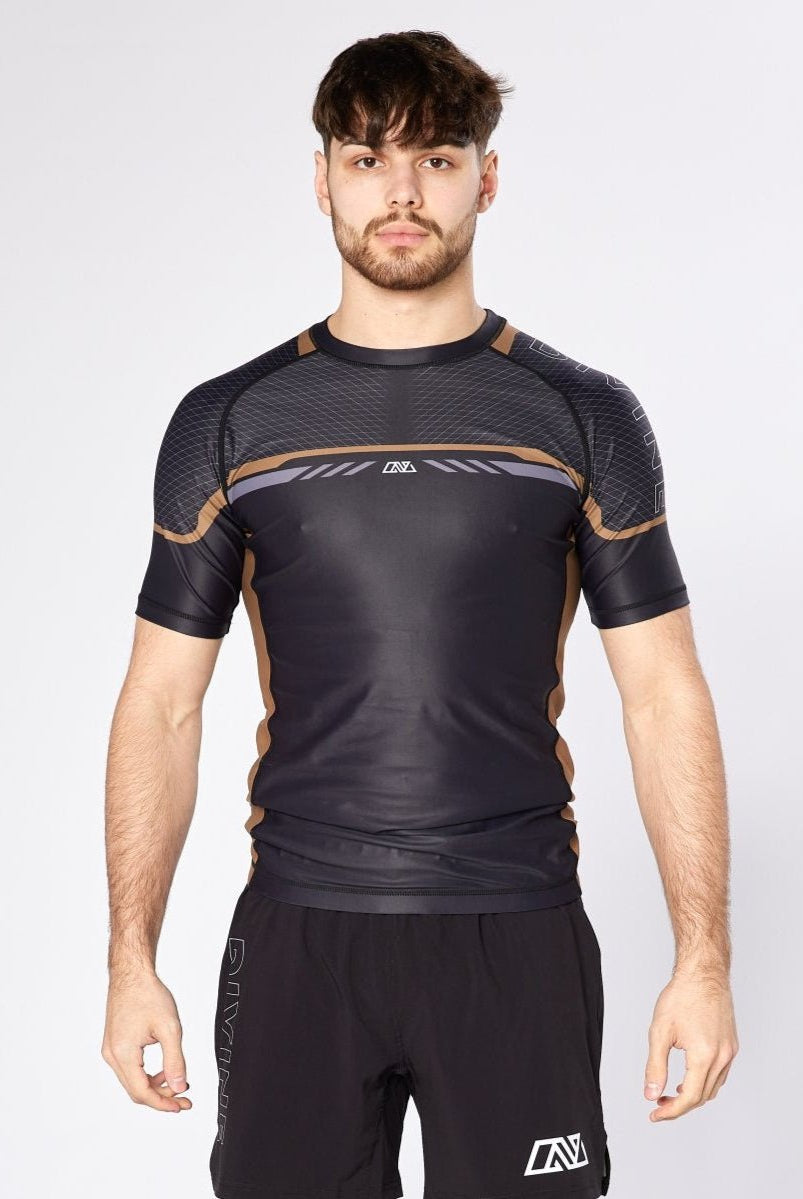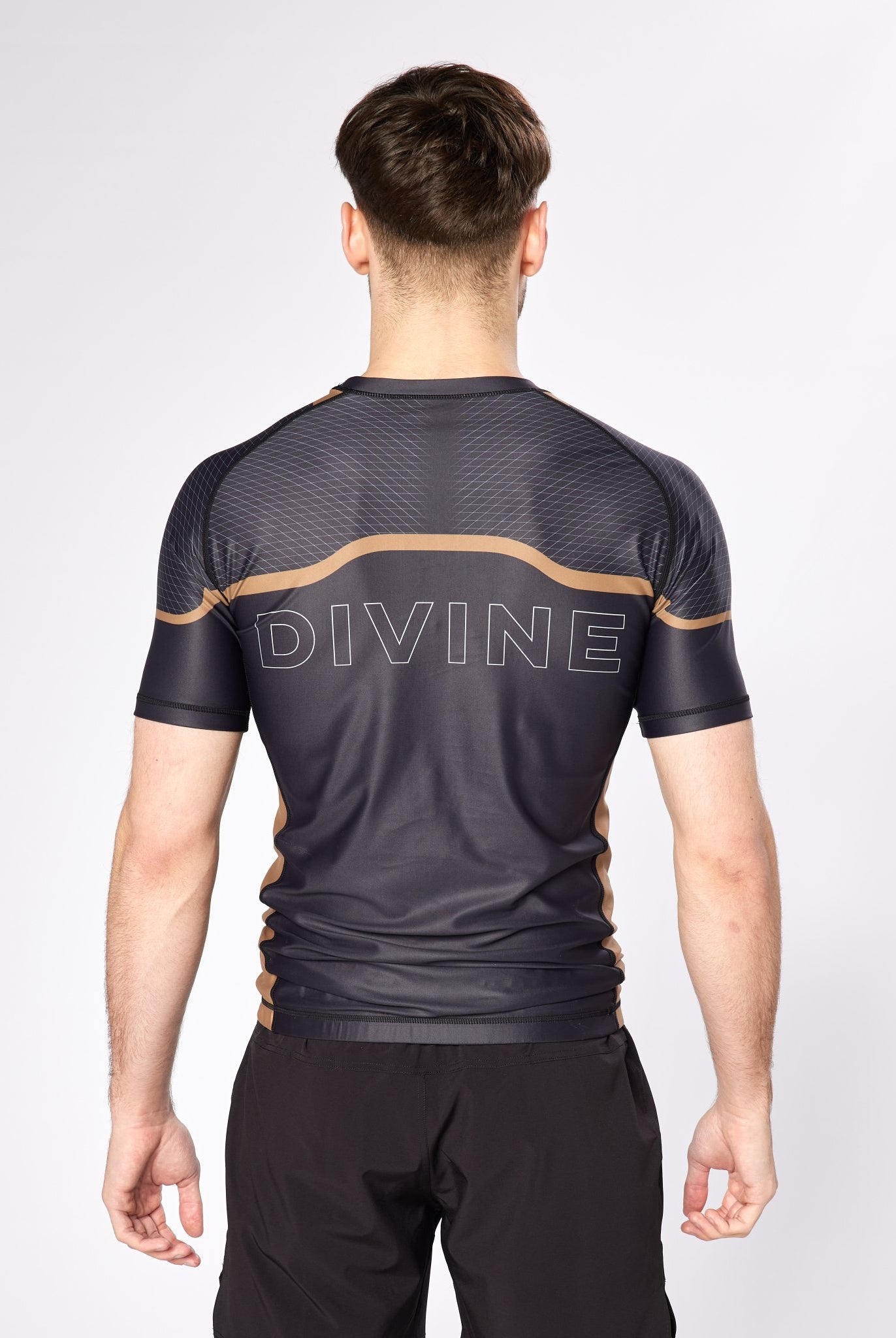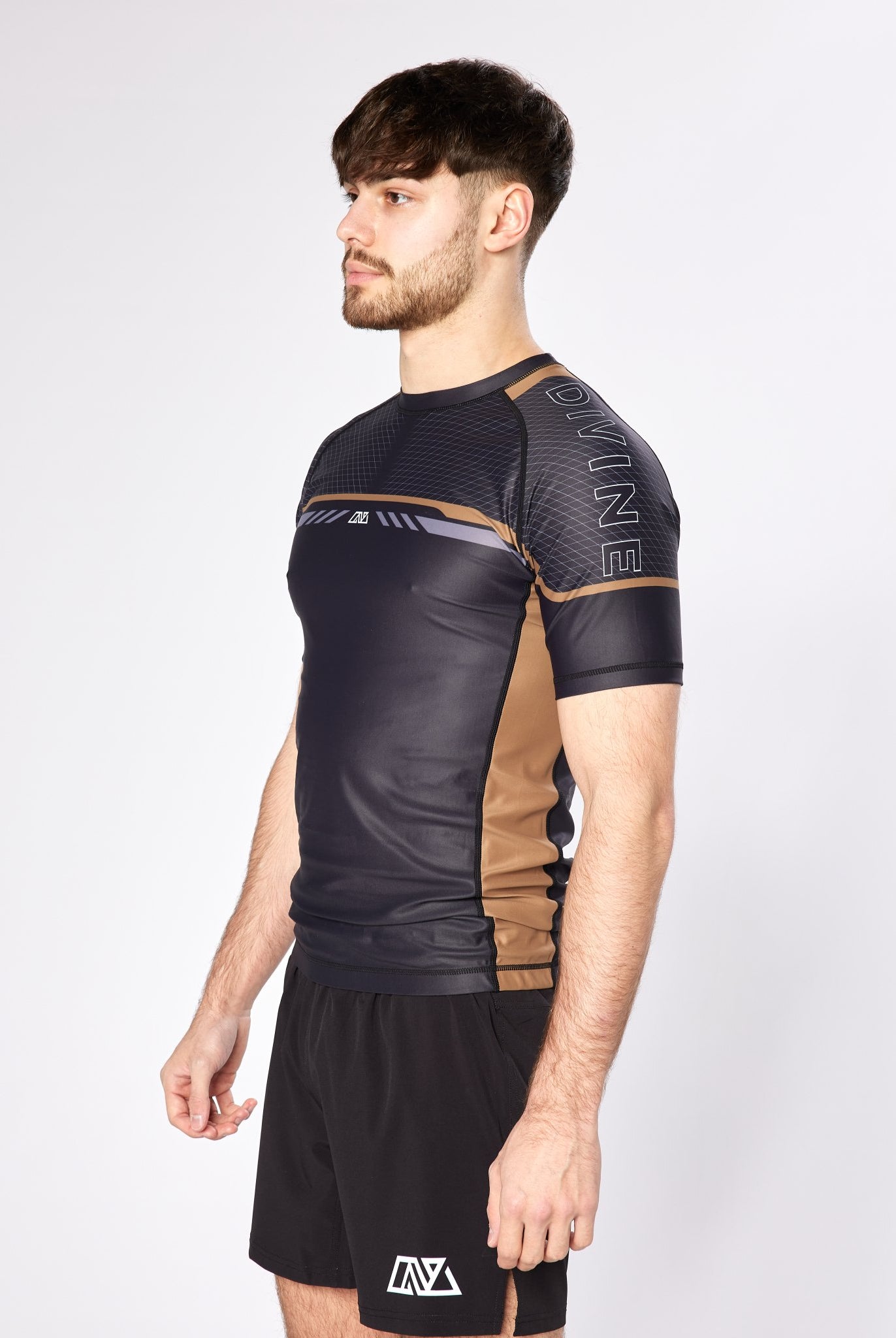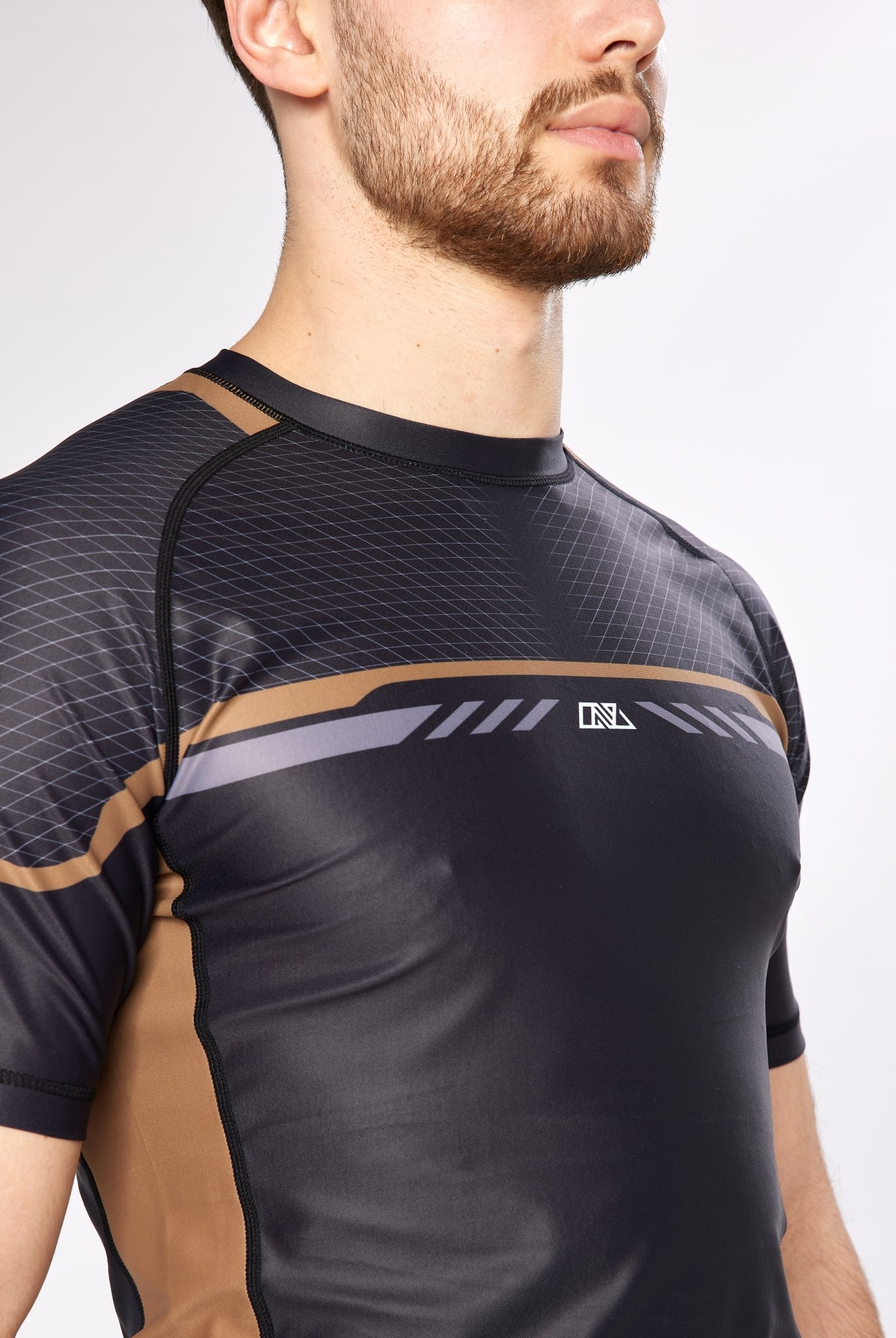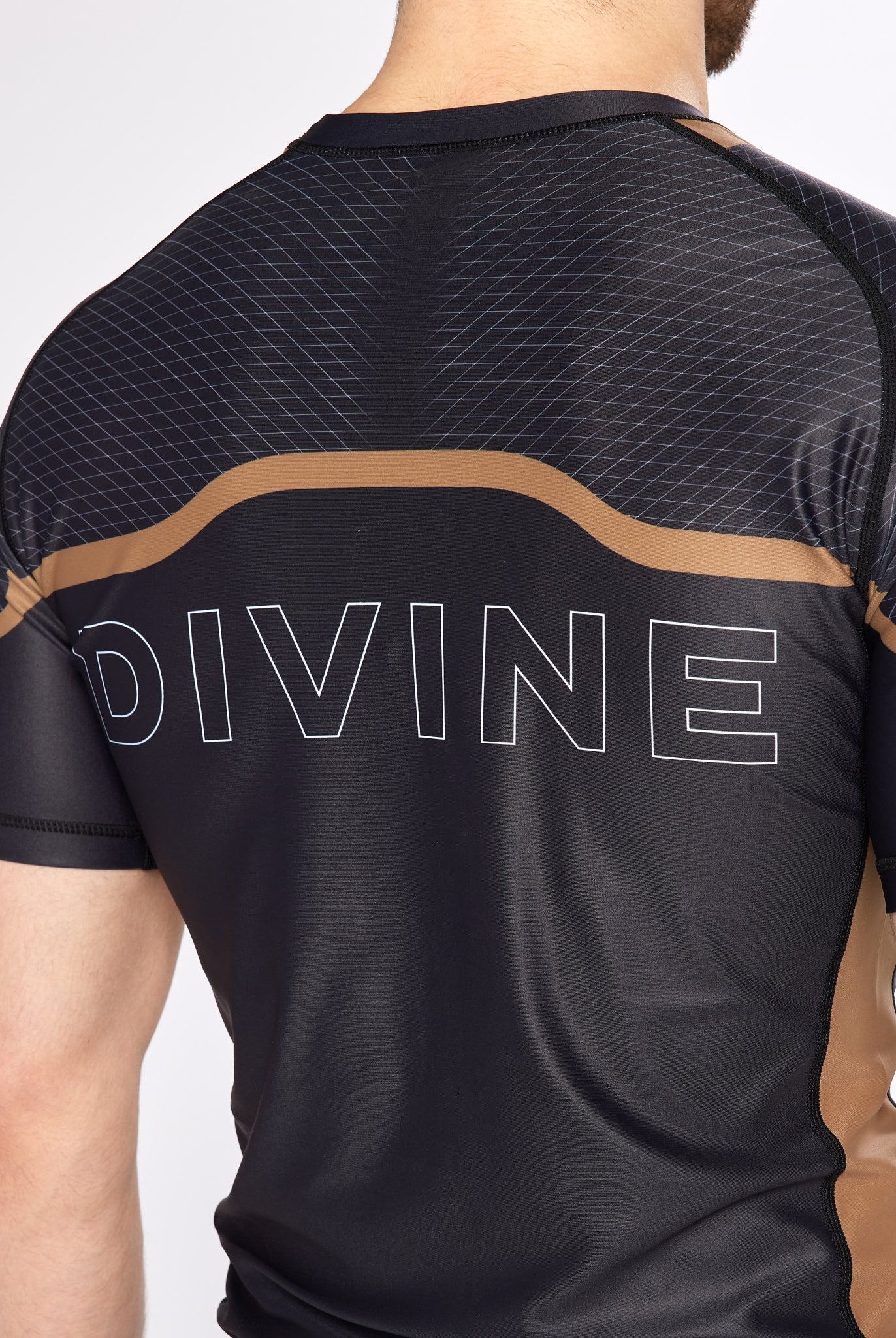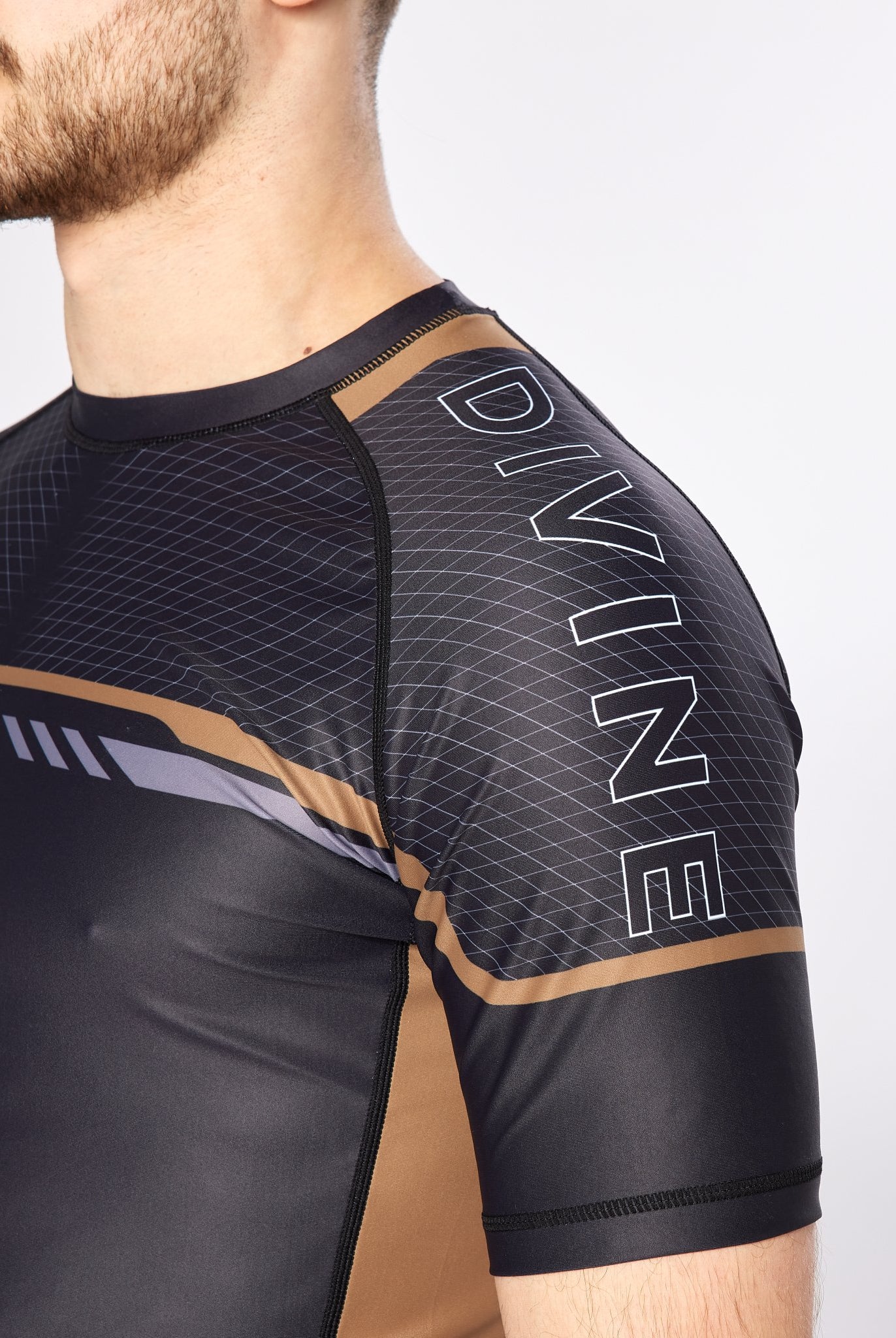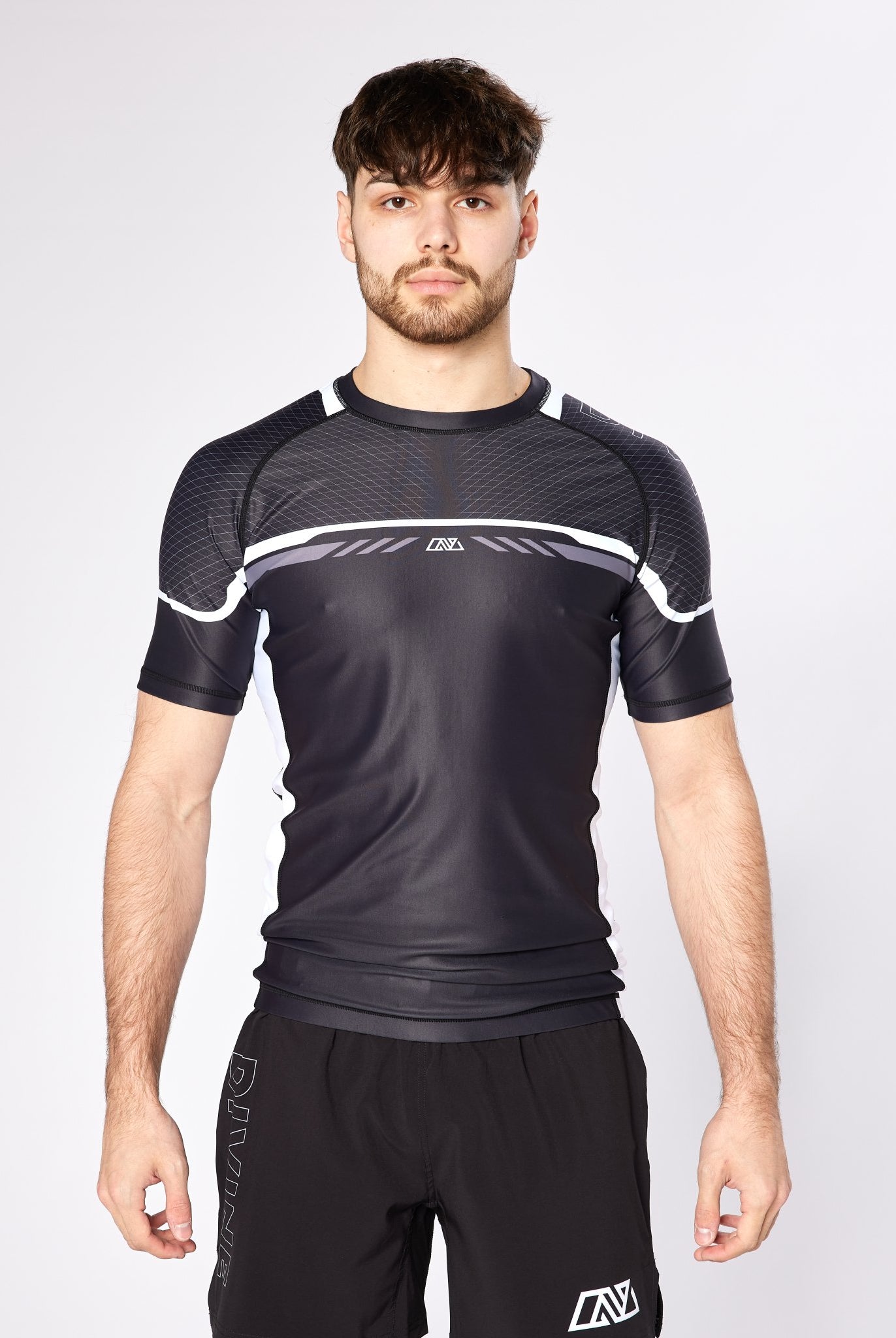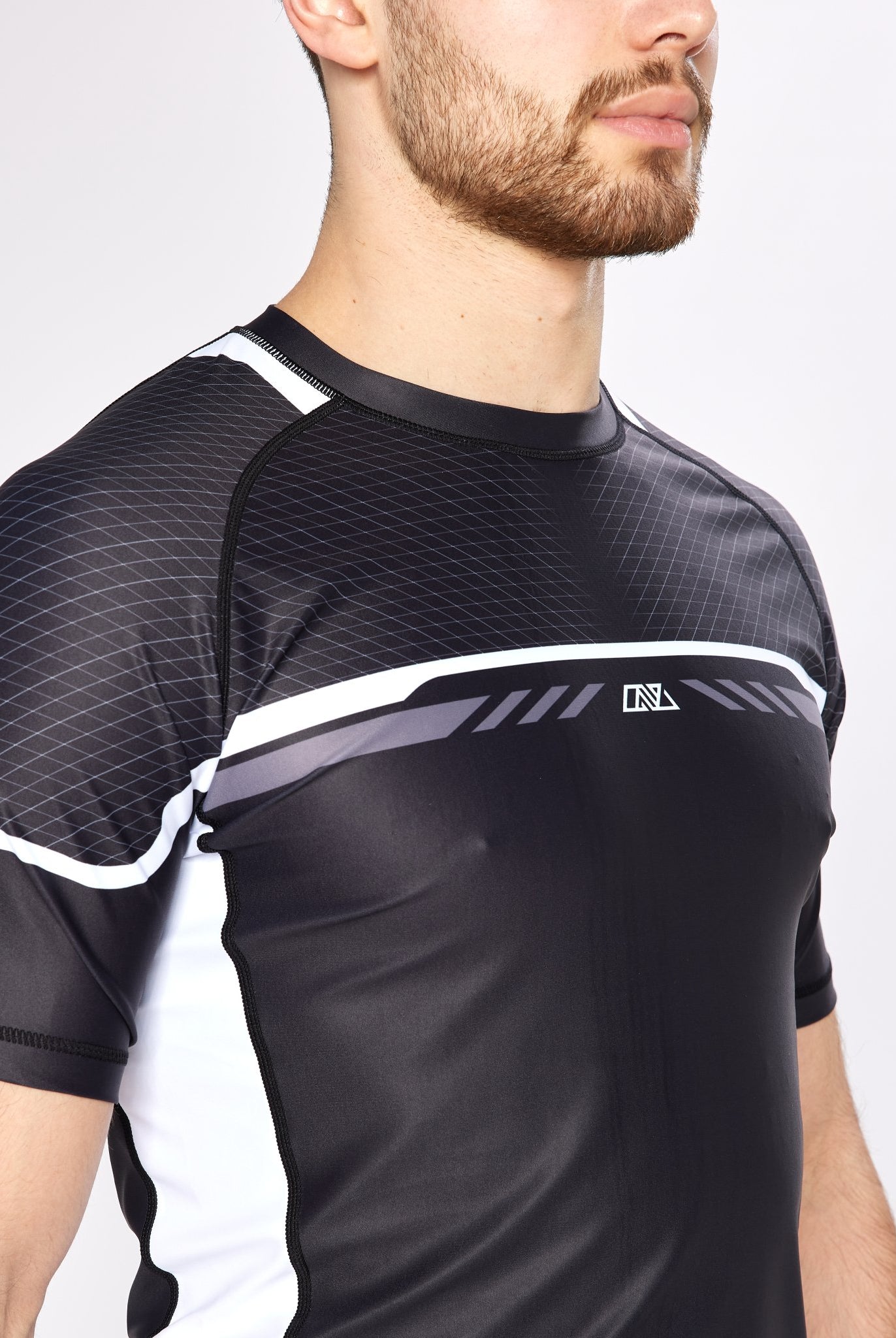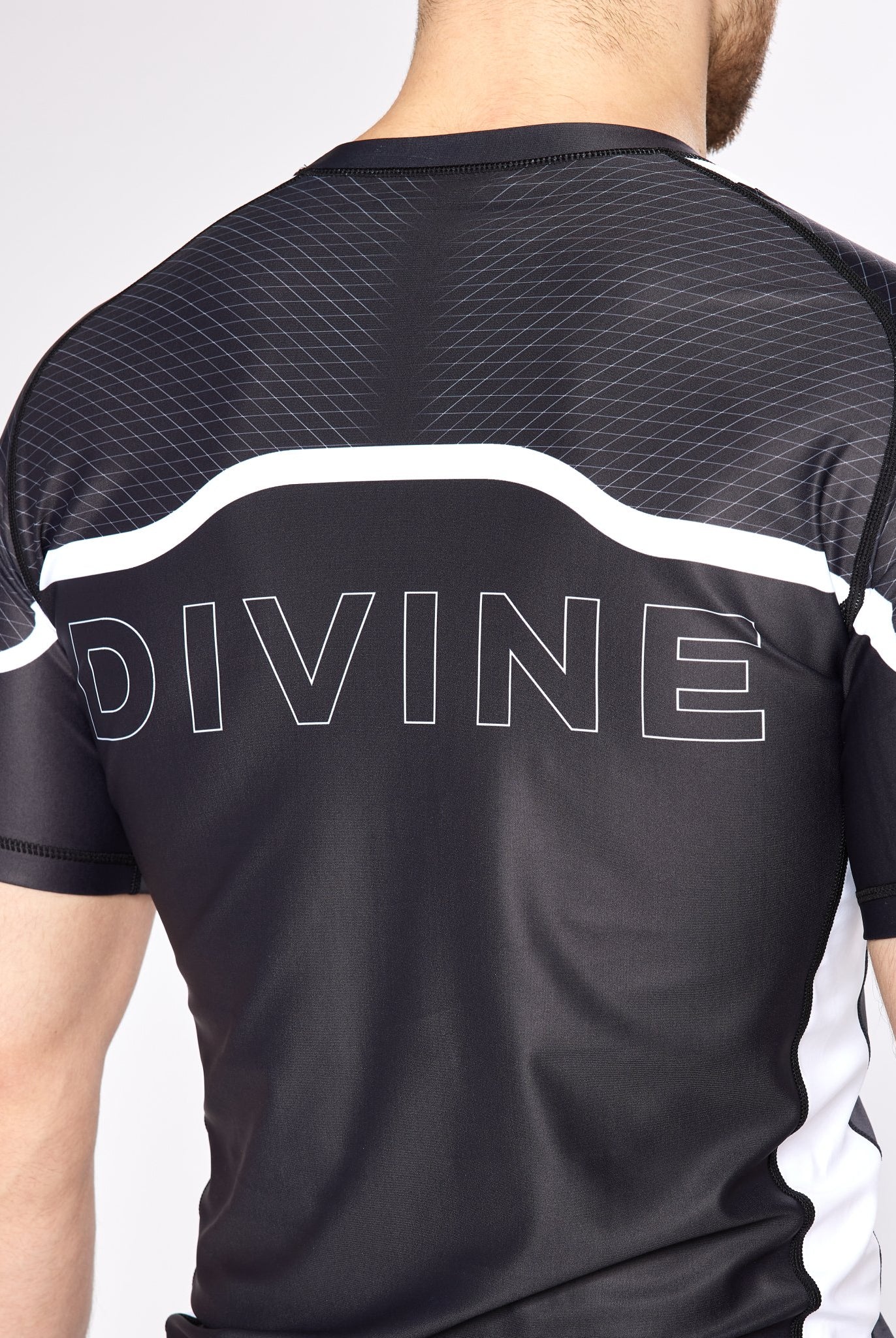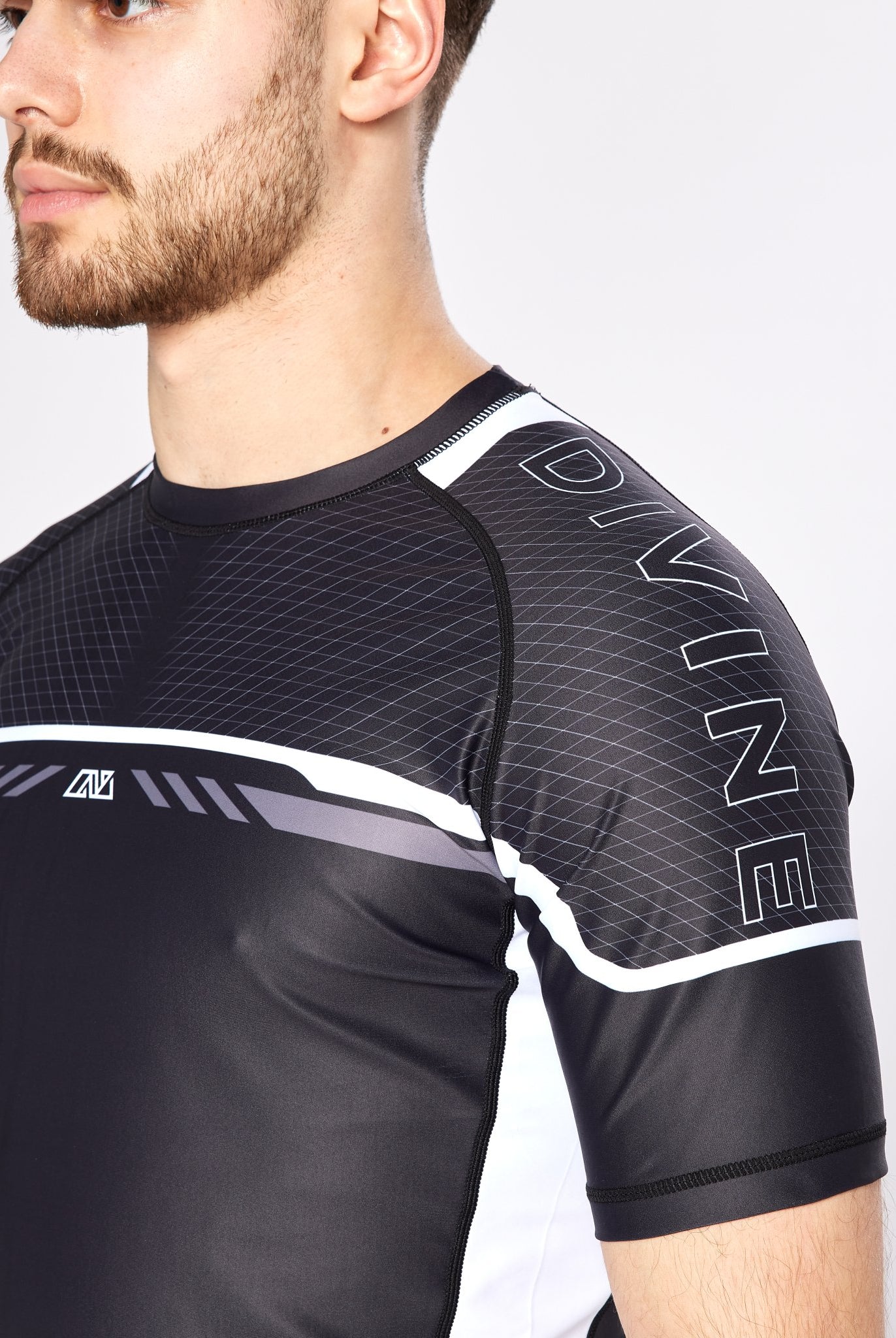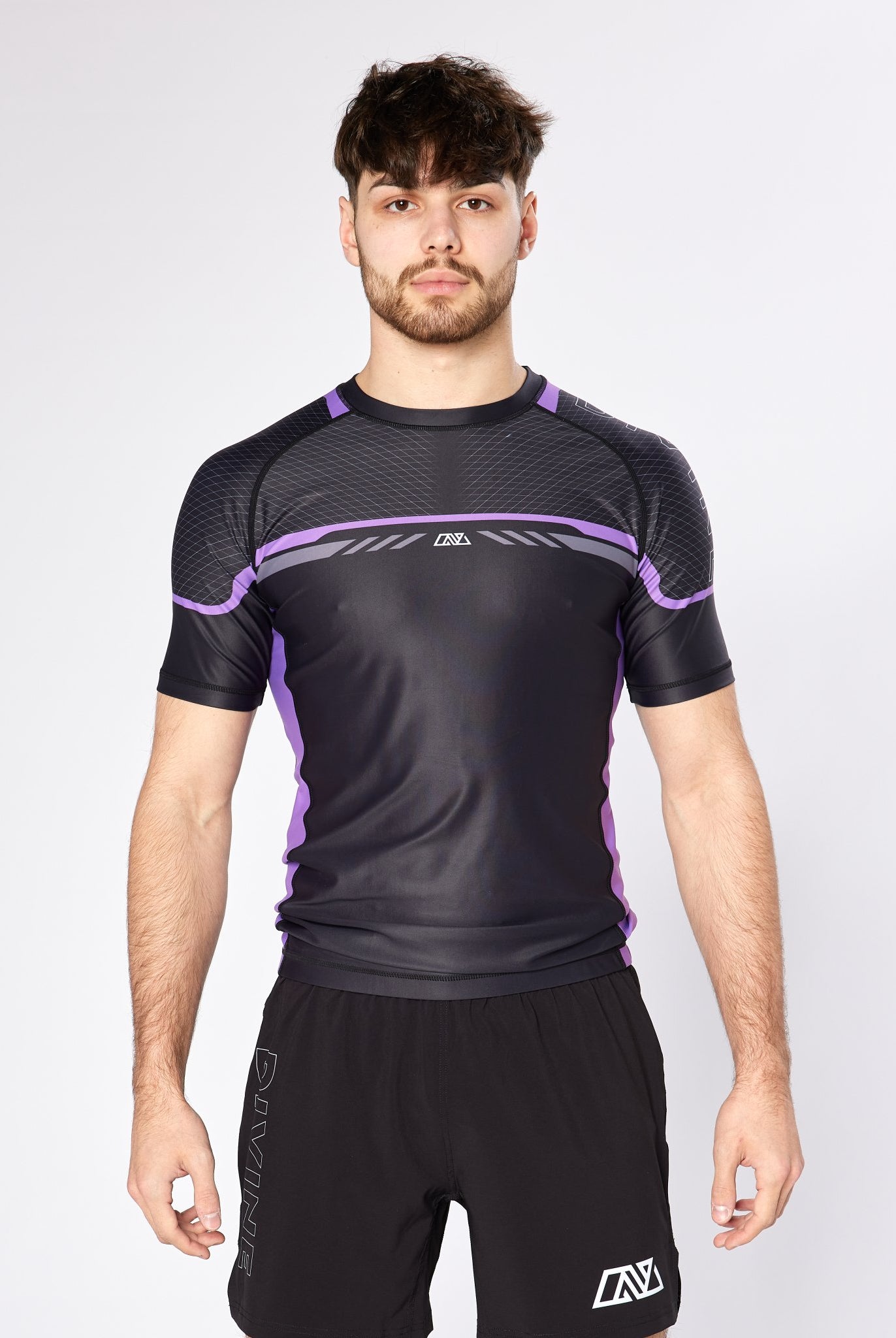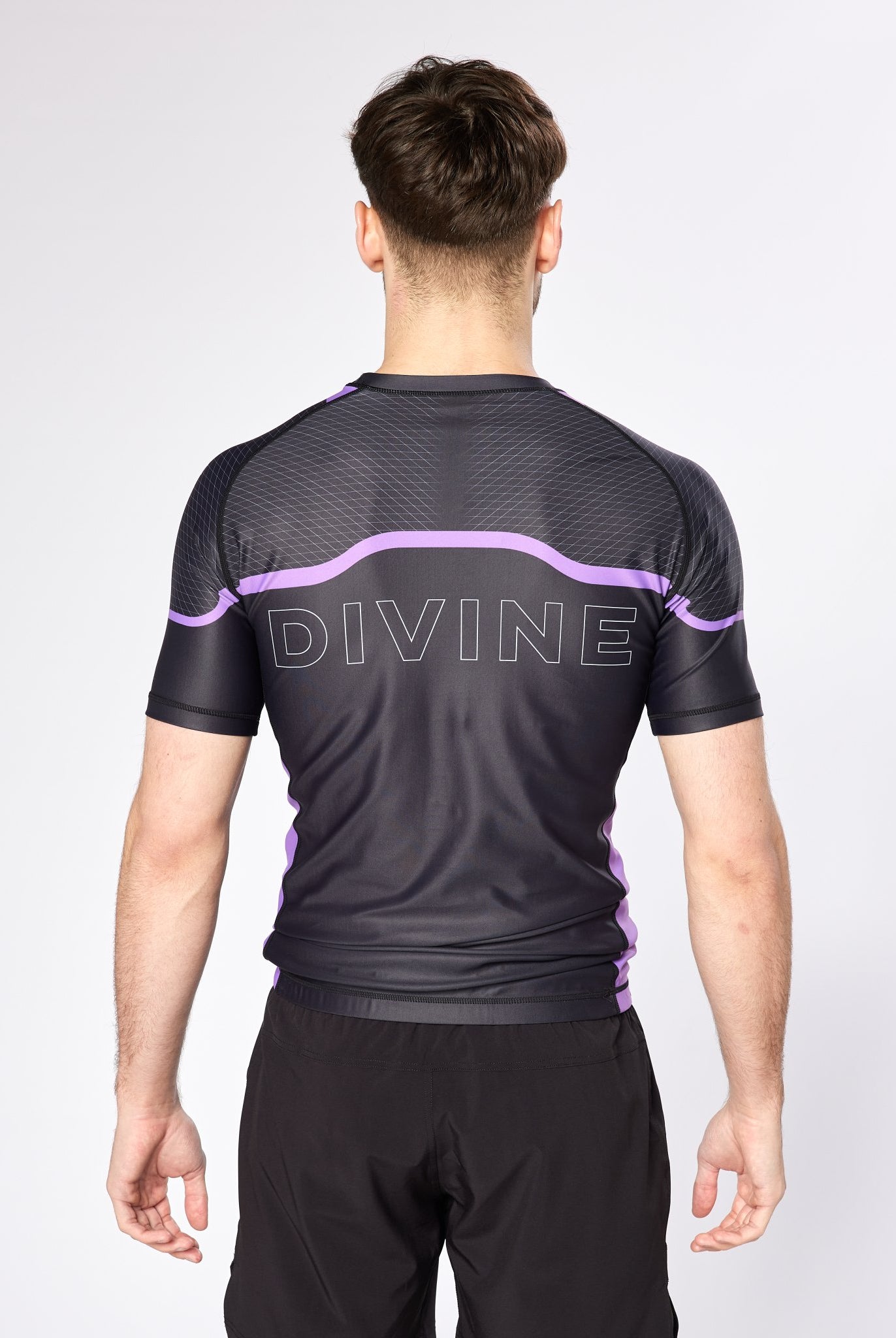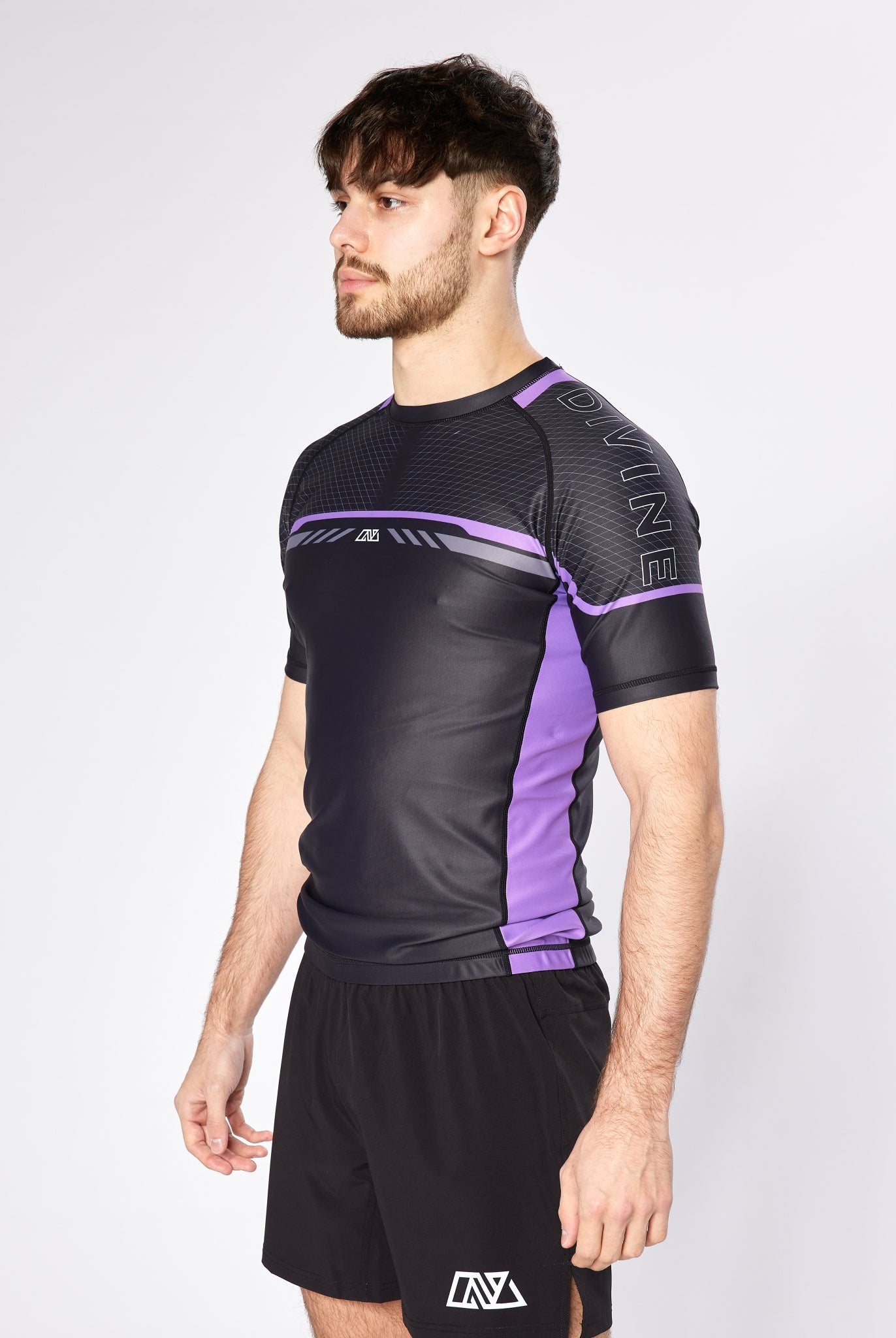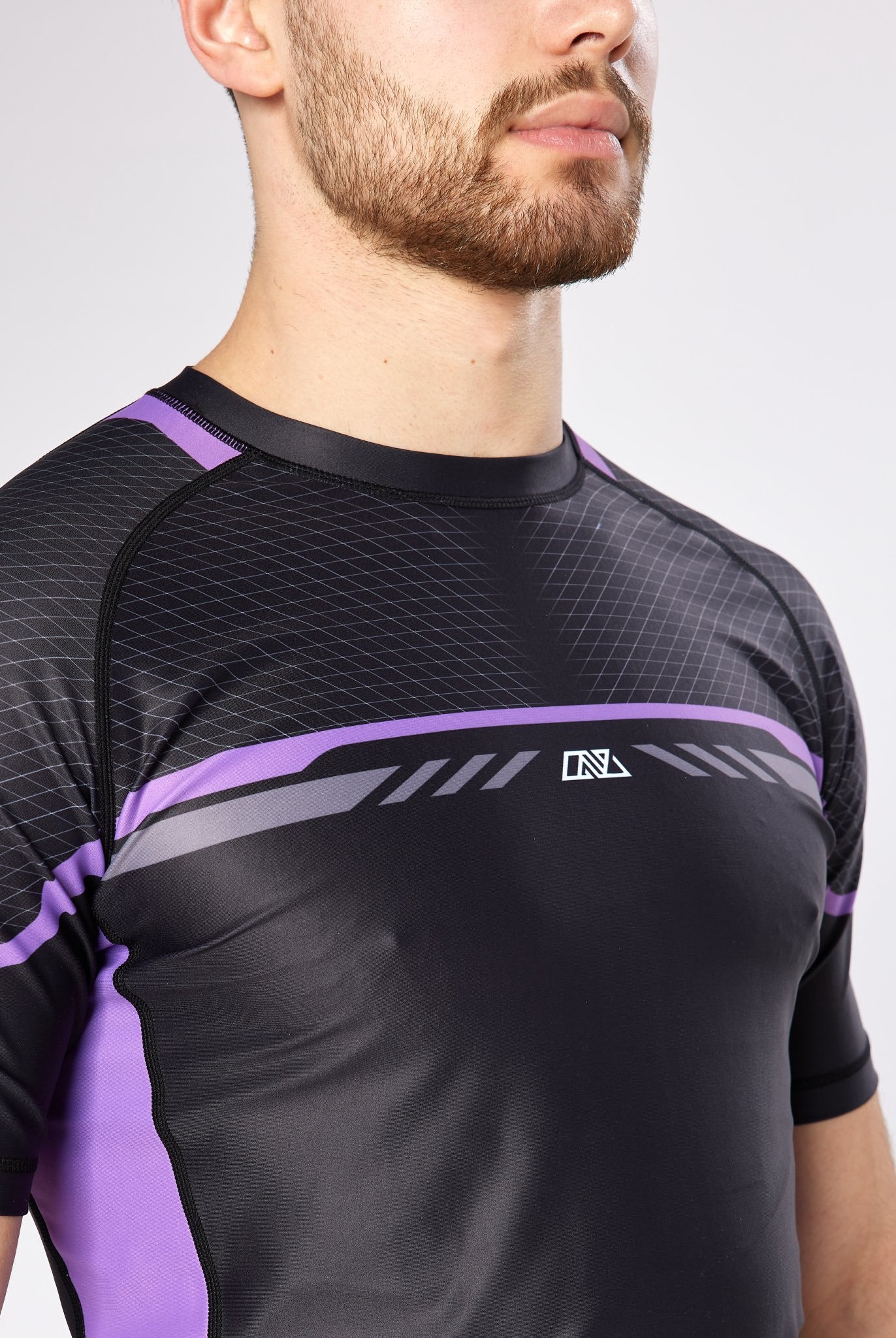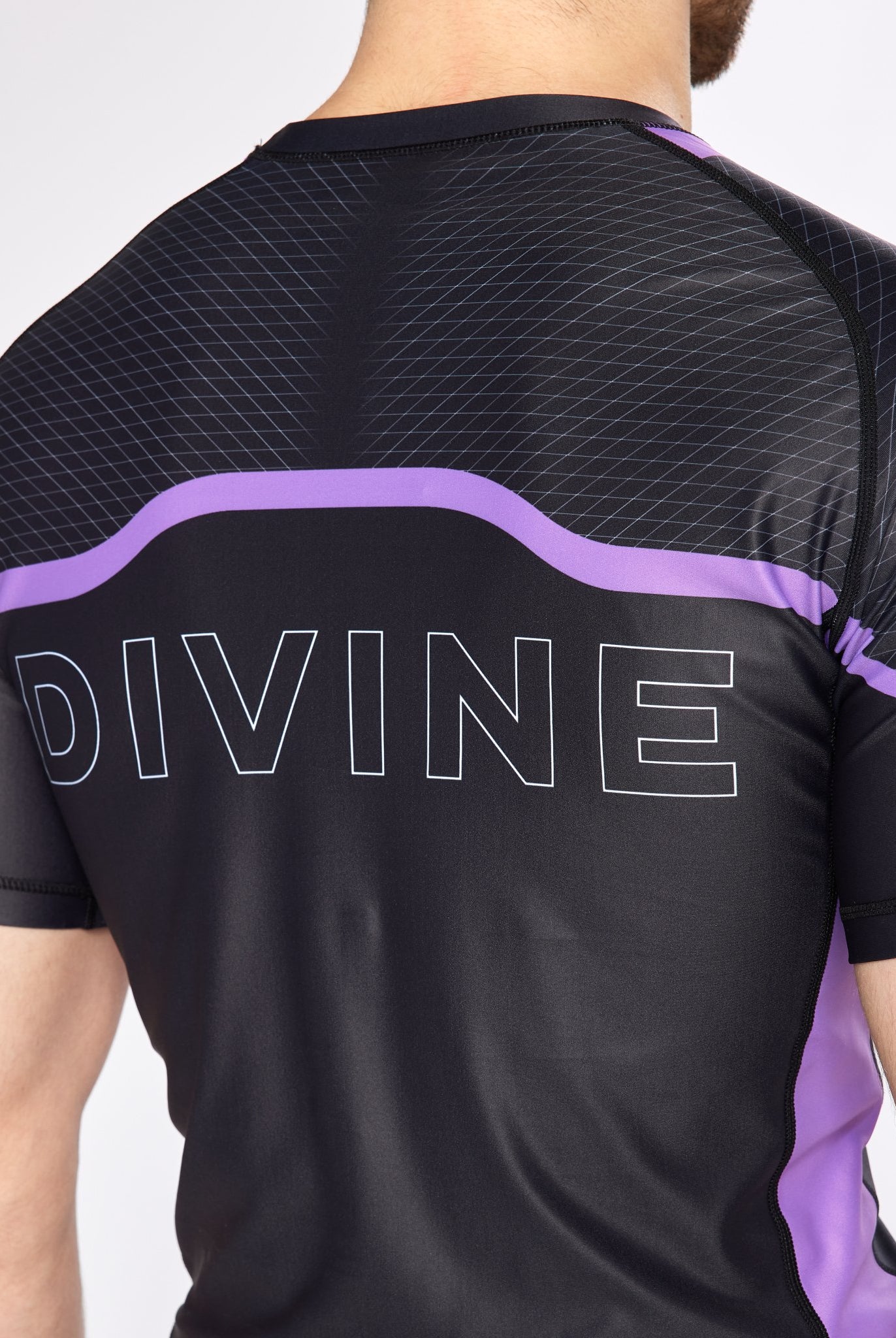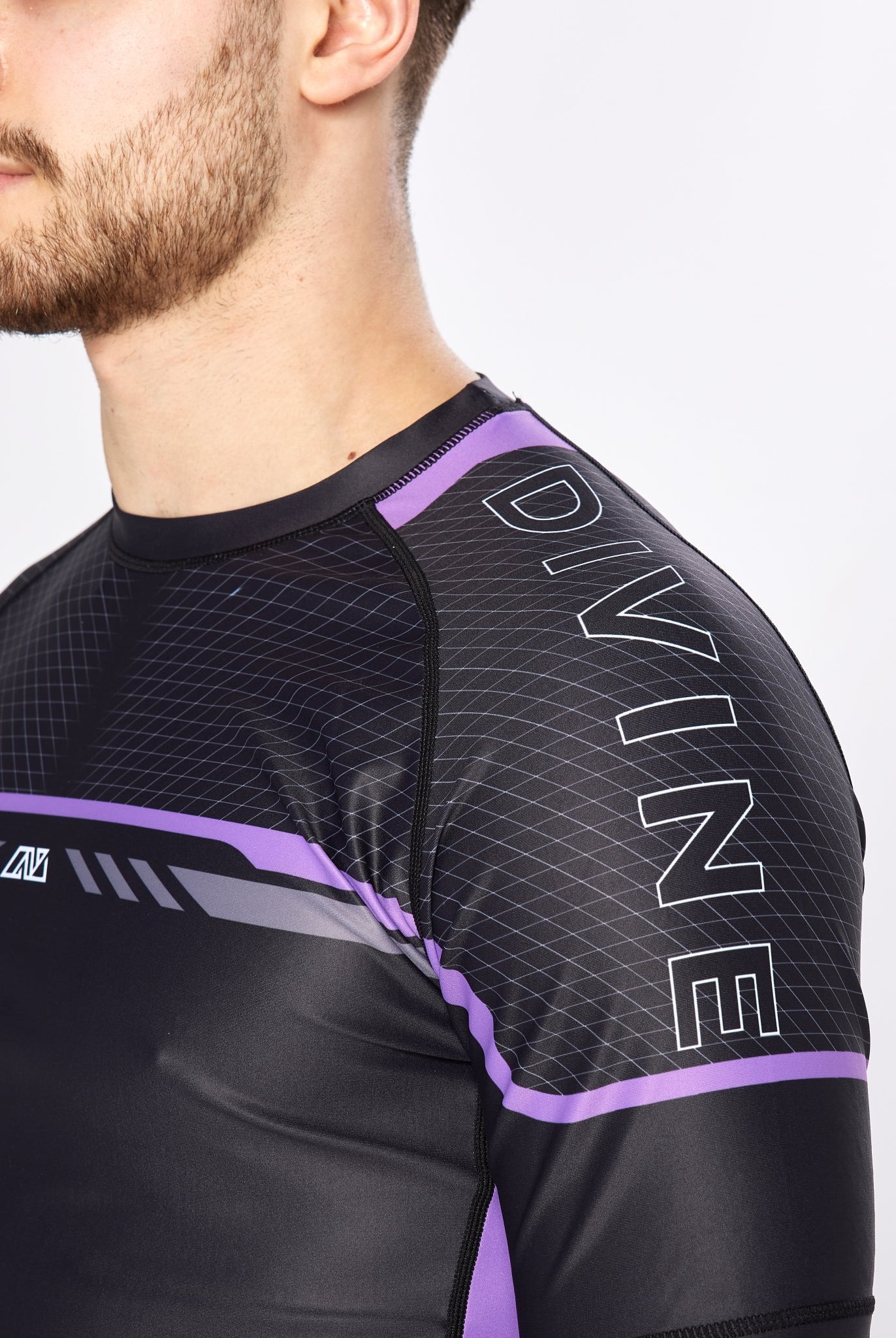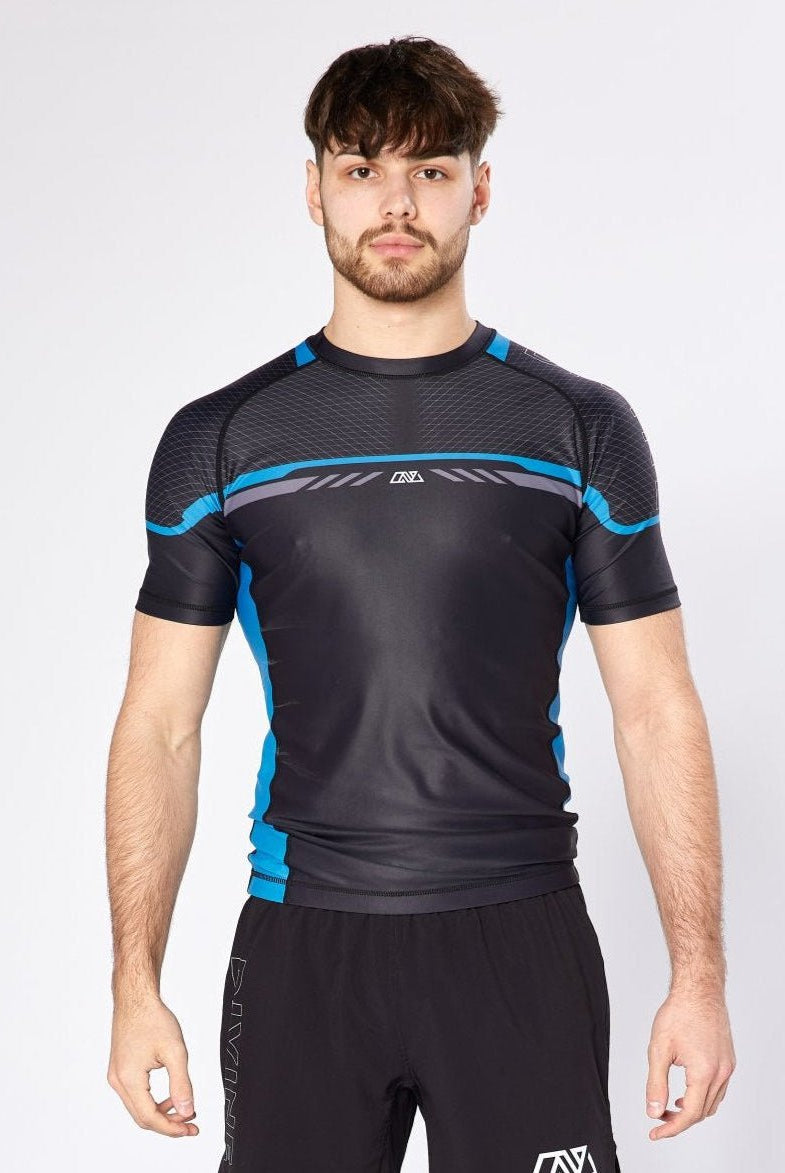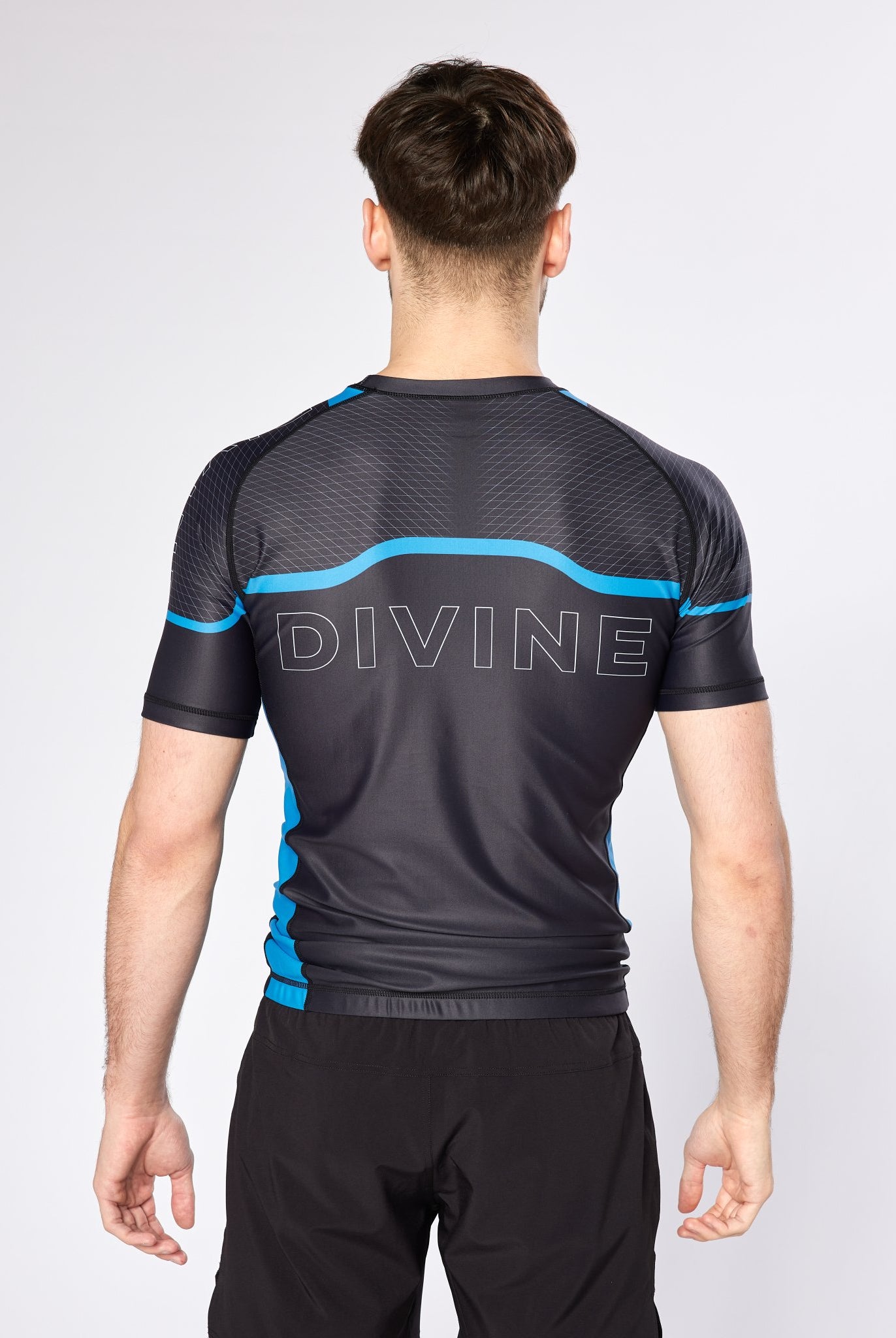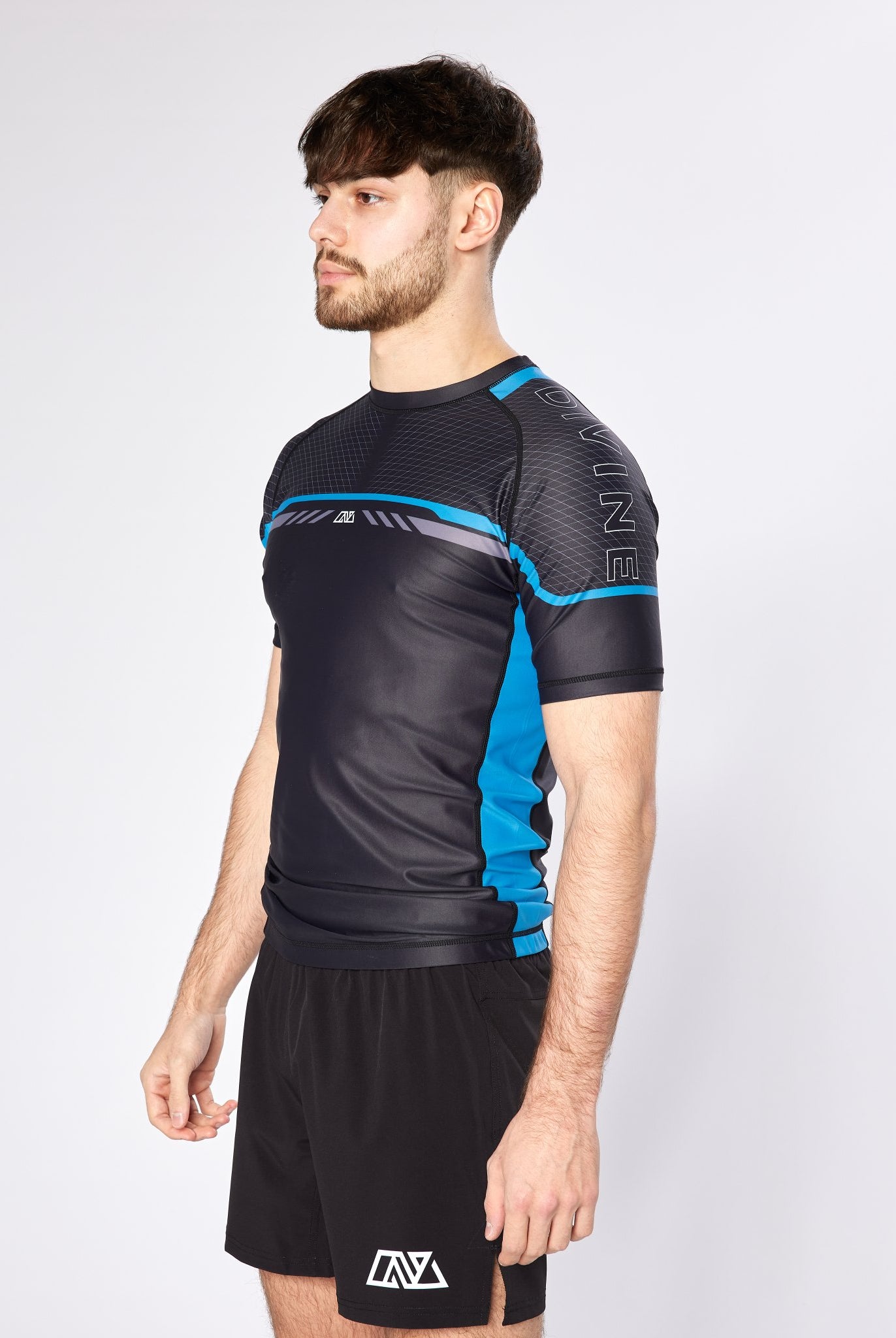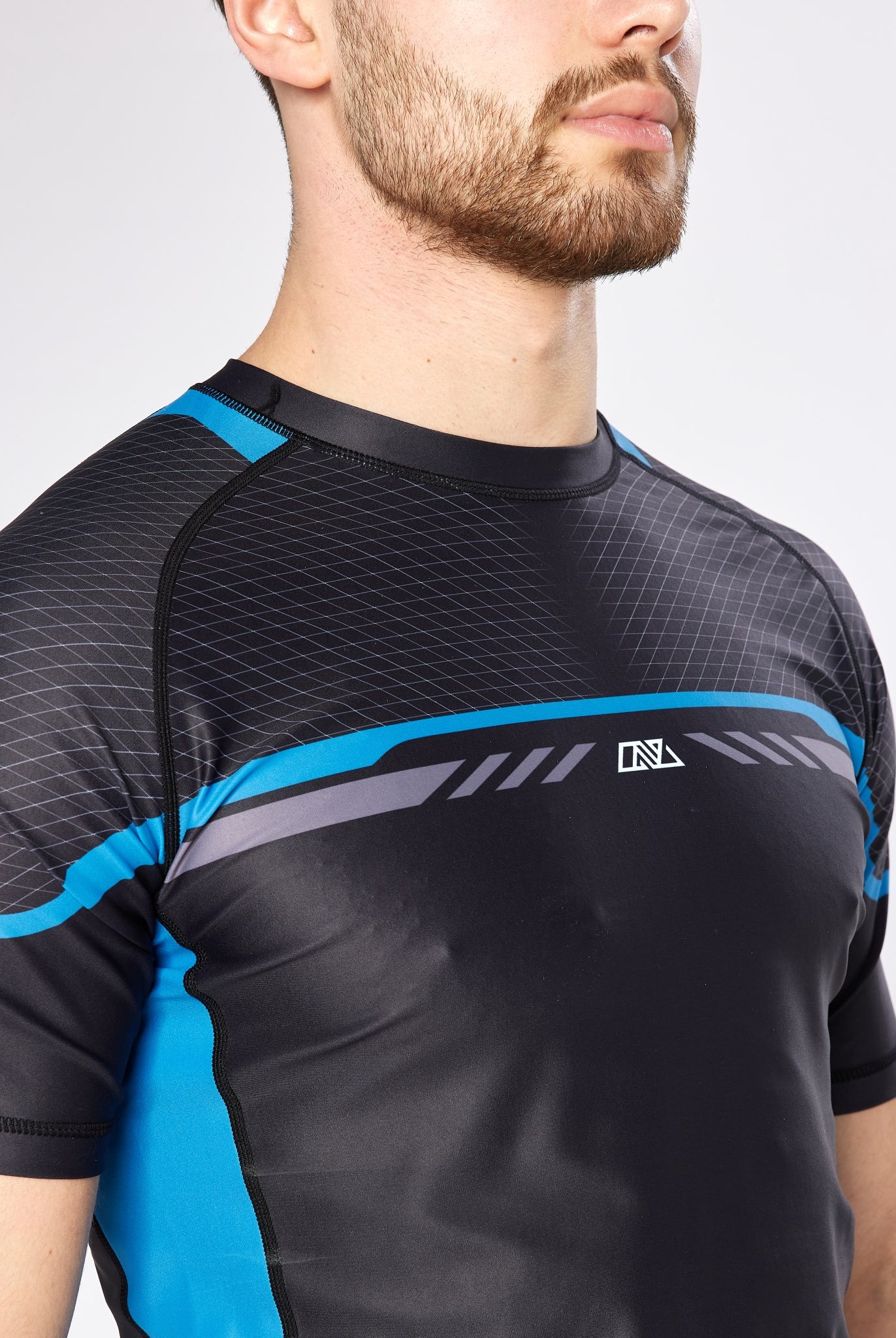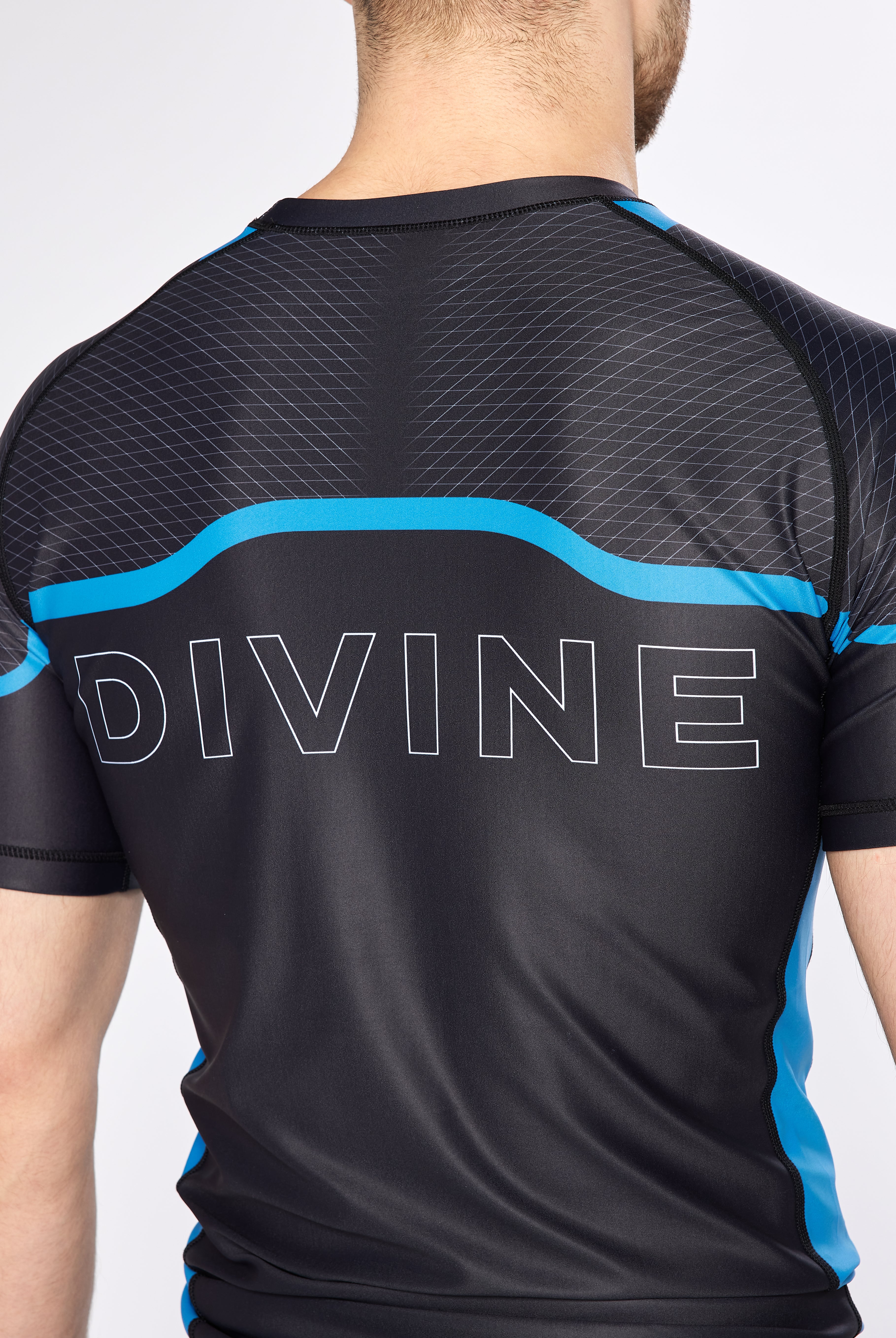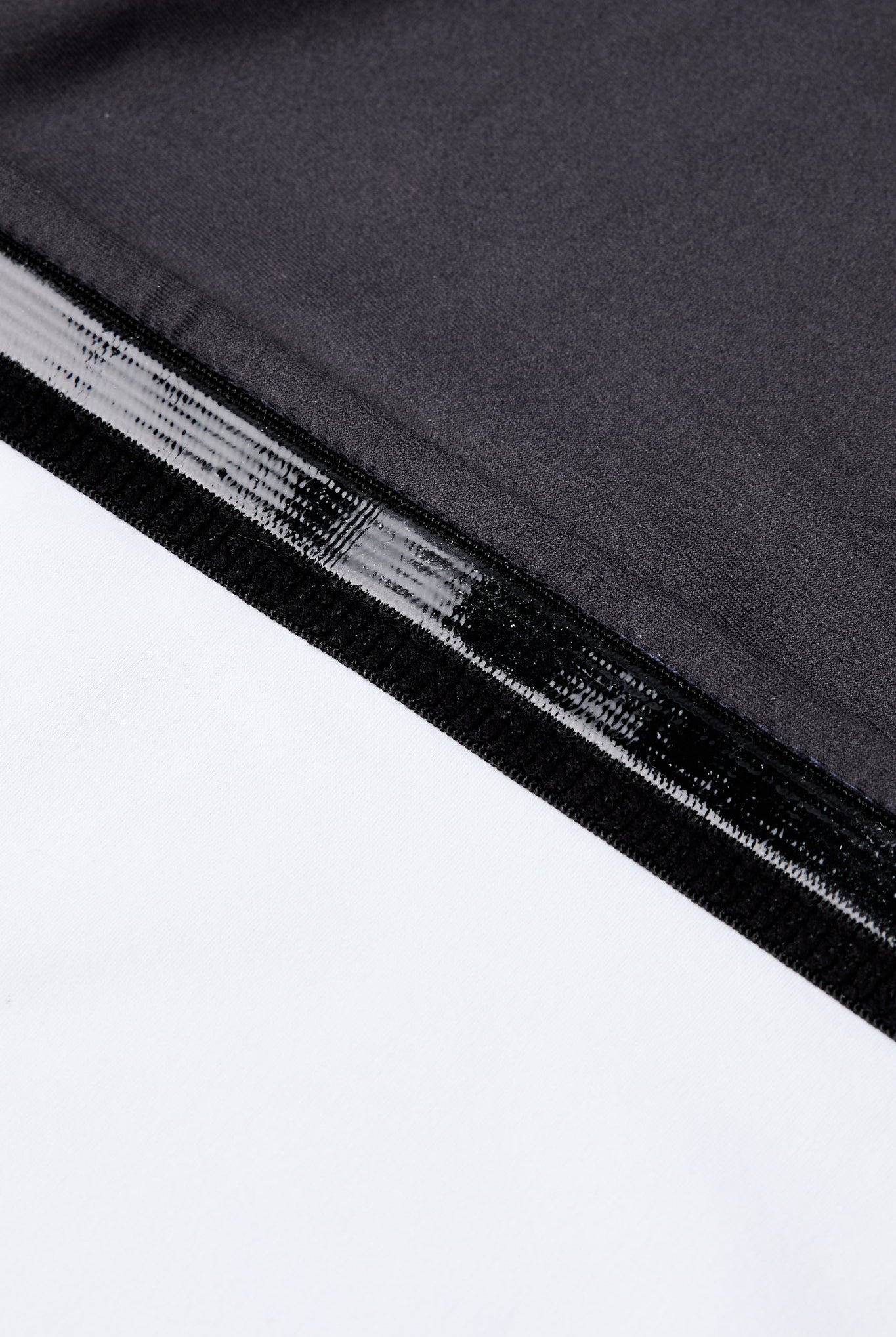Understanding the No-Gi Grappling Style in Brazilian Jiu-Jitsu

Brazilian Jiu-Jitsu (BJJ) is widely recognized for its effectiveness in grappling and self-defense, but practitioners often explore variations of the art. BJJ NOGI refers to practicing Brazilian Jiu-Jitsu without the traditional gi, using form-fitting attire like rash guards and shorts. This style emphasizes speed, movement, and different grips, allowing practitioners to adapt their techniques for scenarios that mirror real-life situations.
In NOGI, the lack of a gi changes the dynamics of control and leverage, challenging fighters to rely more on their body positioning and grappling skills. The transition to NOGI can also develop a fighter's adaptability, as they learn to adjust to different grips and strategies without the fabric to hold onto. Understanding these distinctions ignites an interest in why many athletes choose NOGI training as a key component of their martial arts journey.
Understanding BJJ NOGI
BJJ NOGI is a distinct format of Brazilian Jiu-Jitsu that emphasizes grappling without the traditional gi. This section will explore its definition and characteristics, as well as its historical development.
Definition and Key Characteristics
BJJ NOGI involves practitioners wearing athletic clothing such as rash guards and shorts instead of a gi. This style maintains similar foundational techniques as traditional BJJ but requires adjustments due to the lack of grips on clothing.
Key characteristics include:
- Focus on Speed and Agility: With no heavy fabric, movements are often quicker.
- Grip Variation: Practitioners rely on body positioning and underhooks rather than gi grips.
- Submission Orientations: The absence of a gi influences submissions and defense strategies.
Training in BJJ NOGI often includes utilizing concepts from wrestling, making it an effective crossover style.
History and Evolution of NOGI Brazilian Jiu-Jitsu
The origins of NOGI Brazilian Jiu-Jitsu can be traced back to the development of grappling arts in Brazil. In the late 20th century, the rise of mixed martial arts (MMA) prompted a shift towards NOGI training.
Initially, NOGI was used primarily for self-defense and competition scenarios. As its popularity grew, specialized tournaments emerged, such as the ADCC (Abu Dhabi Combat Club) championships.
Notable figures, including Eddie Bravo, championed NOGI techniques and innovations, enriching the style. Today, NOGI is recognized for its significance in both competitive and recreational Brazilian Jiu-Jitsu, attracting a wide array of practitioners.
Gear and Apparel
Proper gear and apparel are essential for anyone practicing Brazilian Jiu-Jitsu (BJJ) Nogi. Choosing the right clothing and accessories can enhance performance and comfort during training sessions.
Required Clothing
In BJJ Nogi, athletes typically wear moisture-wicking rash guards and shorts. Rash guards are designed to fit snugly, providing support and preventing skin abrasions. They are available in short and long sleeves, with long sleeves offering added protection.
Board shorts or grappling shorts are preferred for the bottom, featuring an elastic waistband and no pockets to avoid snagging. The lack of pockets prevents opponents from gripping them during rolls. When selecting gear, it is vital to choose materials that allow for flexibility and breathability to maintain comfort.
Optional Accessories
While not mandatory, certain accessories can enhance a BJJ Nogi experience. Spats are popular among practitioners, offering additional skin protection and warmth. They are often made from stretchy fabric, which provides a second-skin feel.
Knee pads and ankle supports can be useful for those who want extra protection from impacts during training. Mouthguards are also recommended to protect teeth during sparring sessions. Finally, grappling gloves can offer slight cushioning for the hands during drills, though many practitioners prefer training without them for better grip.
Techniques and Strategies
In NOGI Brazilian Jiu-Jitsu, practitioners utilize specific techniques and strategies that distinguish it from traditional GI BJJ. The absence of a uniform influences the grappling approach, requiring adaptations in positioning and grips.
Fundamental NOGI Techniques
Key techniques in NOGI emphasize gripless control and dynamic movement. Practitioners often rely on body positioning rather than fabric grips. Crucial techniques include:
- Leg Locks: These submissions focus on attacking the legs, such as heel hooks and toe holds. They exploit vulnerabilities in the lower body.
- Back Takes: The lack of sleeves makes it essential to secure the back quickly, using hooks and wrist control instead.
- Takedowns: With no gi, takedown strategies shift towards wrestling techniques like single and double leg takedowns.
Understanding these techniques is vital for a successful NOGI game and enhances adaptability during transitions.
Strategic Differences from GI BJJ
Strategic approaches in NOGI differ significantly from GI BJJ. Without grips on a uniform, practitioners must prioritize speed and agility. Important differences include:
- Guard Passing: NOGI requires quicker passes since opponents lack fabric to hold onto. Techniques like the knee slice become critical.
- Submission Focus: The emphasis on leg attacks increases. Practitioners often prioritize securing positions that lead to submissions.
- Distance Management: Keeping appropriate distance is crucial due to the risk of explosive movements in NOGI. Practitioners must anticipate and react swiftly.
Adapting strategies to these differences is essential for effective performance in NOGI.
Training and Competition
Training and competition in NOGI Brazilian Jiu-Jitsu focuses on adapting techniques for a grappling format without the traditional gi. This unique setting requires specific preparation and understanding of competitive dynamics.
Preparing for NOGI Training
Athletes must consider their clothing choices. Rash guards and shorts designed for grappling provide comfort and allow for unhindered movement. They also reduce the risk of injuries caused by friction.
Conditioning plays a crucial role in NOGI training. Emphasis on cardiovascular fitness and muscular endurance helps practitioners maintain performance during matches. Transition drills and positional sparring can enhance movement efficiency in NOGI scenarios.
Nutrition is essential. A balanced diet fuels energy levels. Hydration impacts performance, especially in demanding training sessions. Proper rest and recovery enable athletes to train consistently and improve.
Competitive NOGI Scenarios
NOGI competitions differ significantly from traditional gi events. The absence of grips on clothing changes strategy and engagement. Fighters often rely more on body position and movement than on sleeve and collar control.
Competitors need to adapt to slippery conditions. The use of sweat can affect grip, requiring practitioners to develop alternative techniques for submissions and escapes. Speed and agility become more pivotal in securing positions.
Understanding match rules is vital. Points can be scored in various ways, including guard passes and takedowns. Being aware of referee calls helps athletes strategize effectively during competition.
